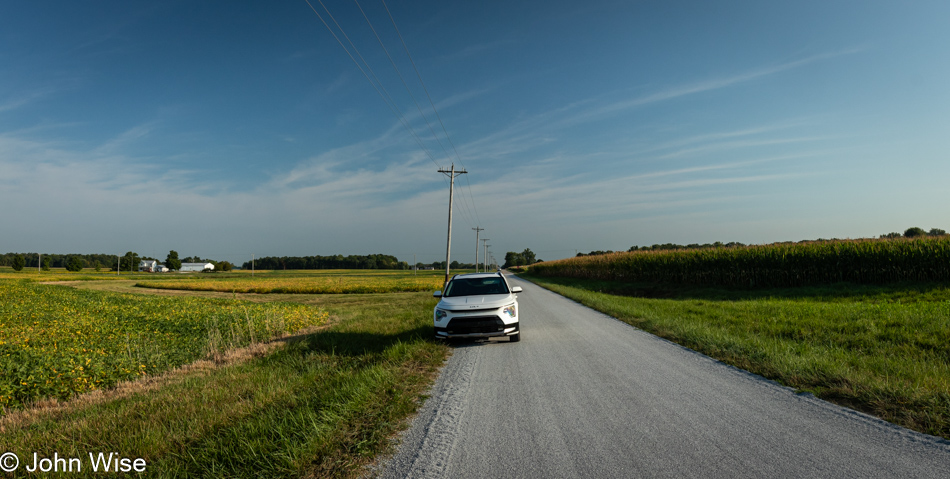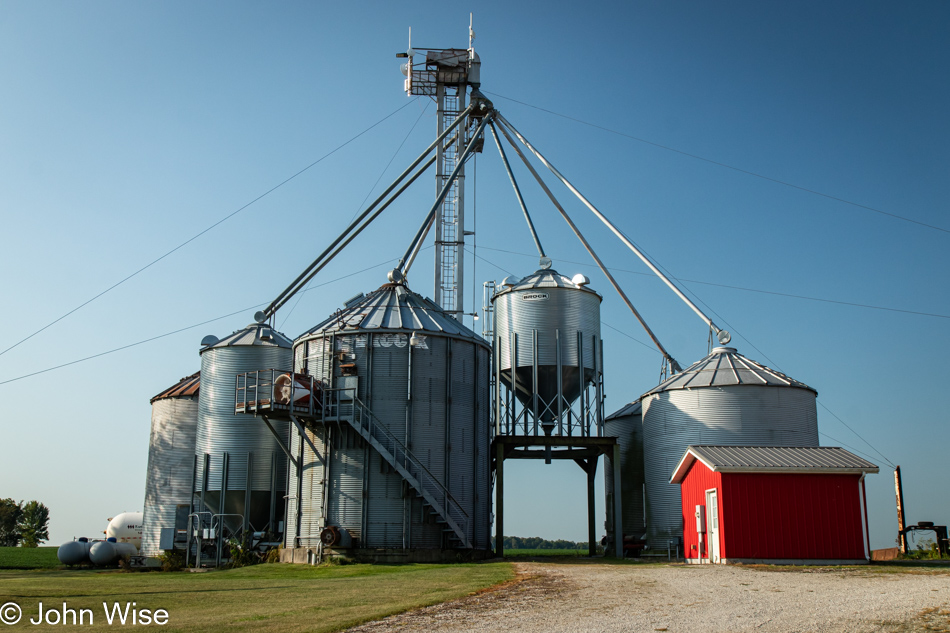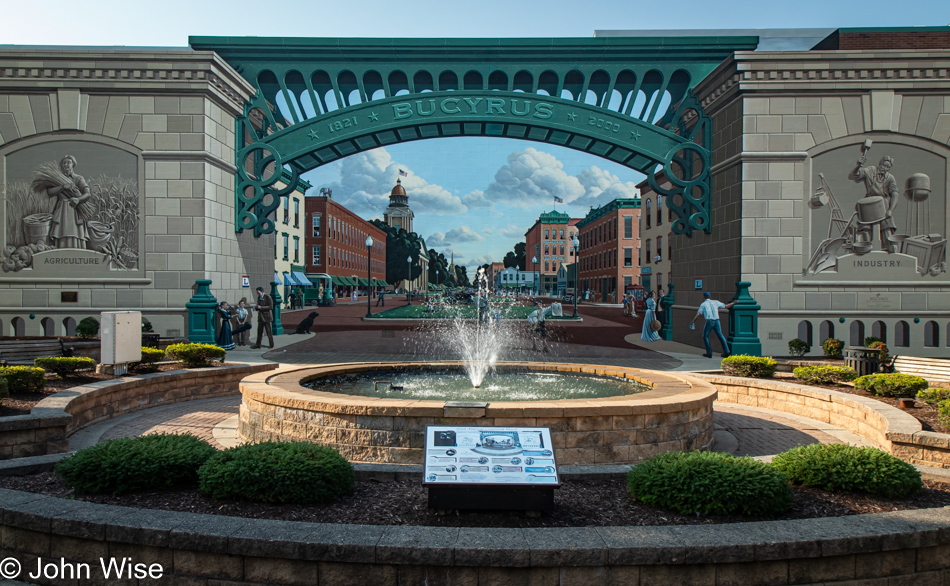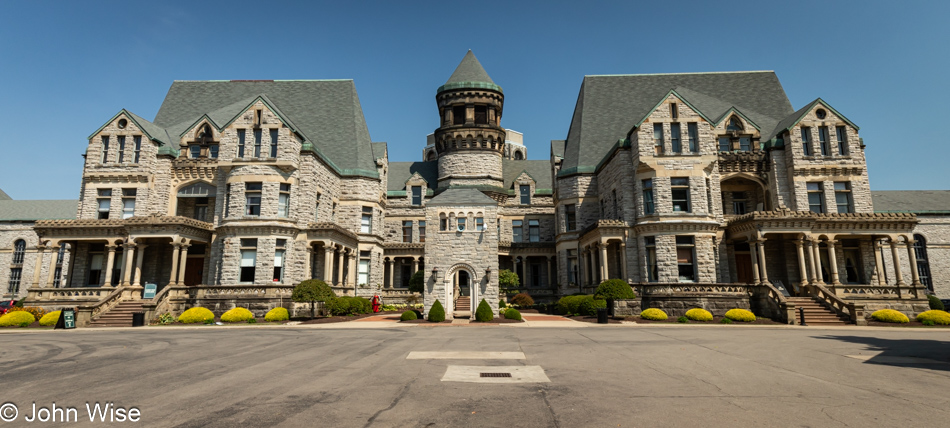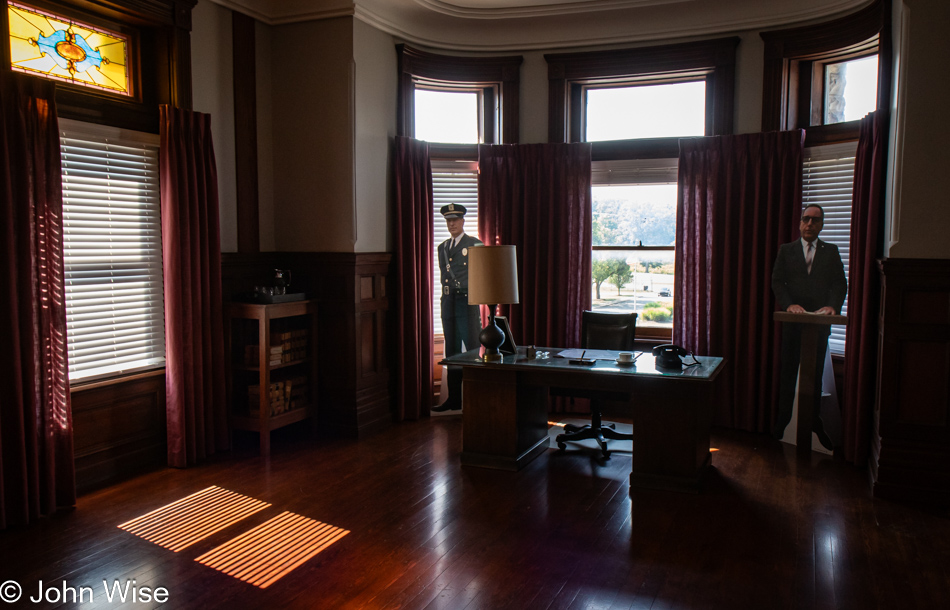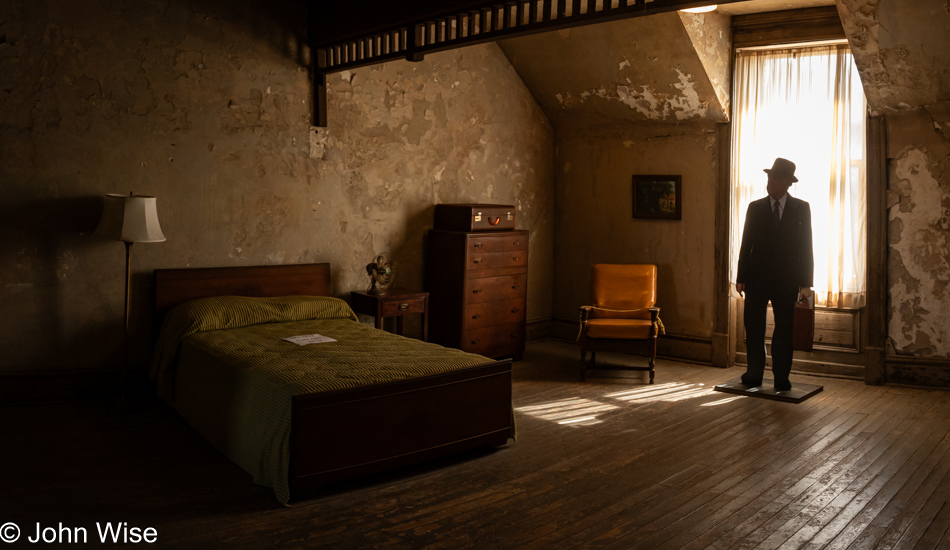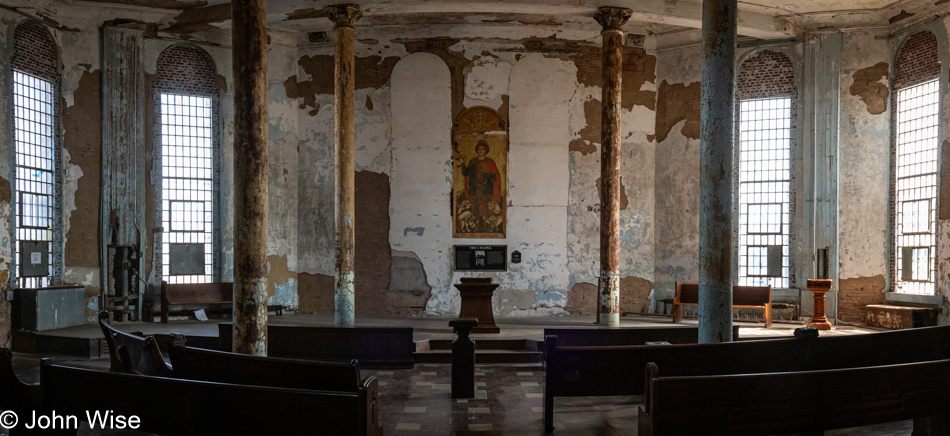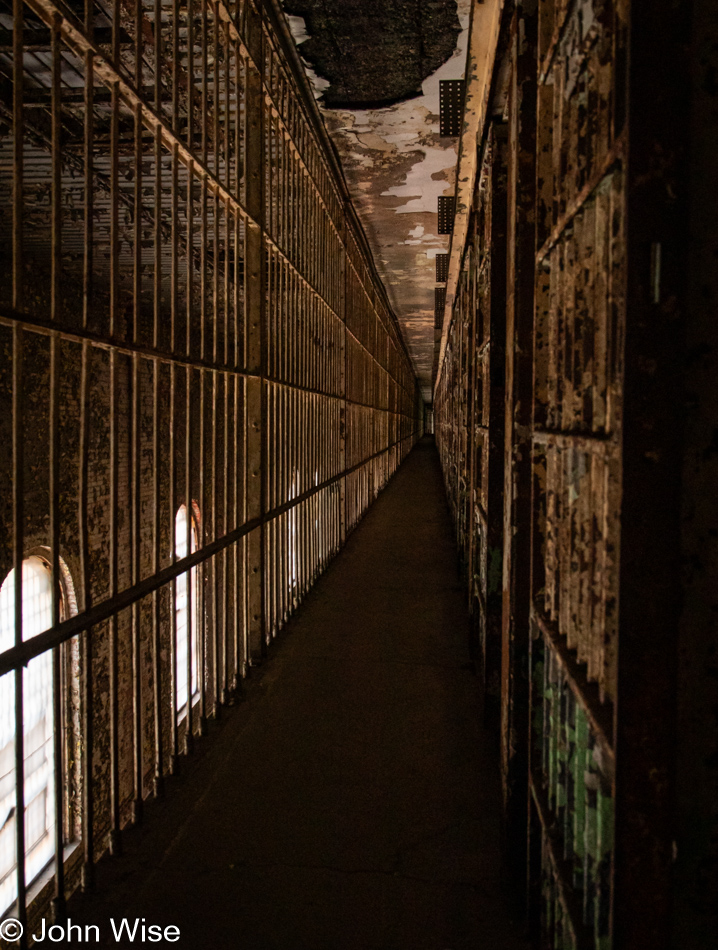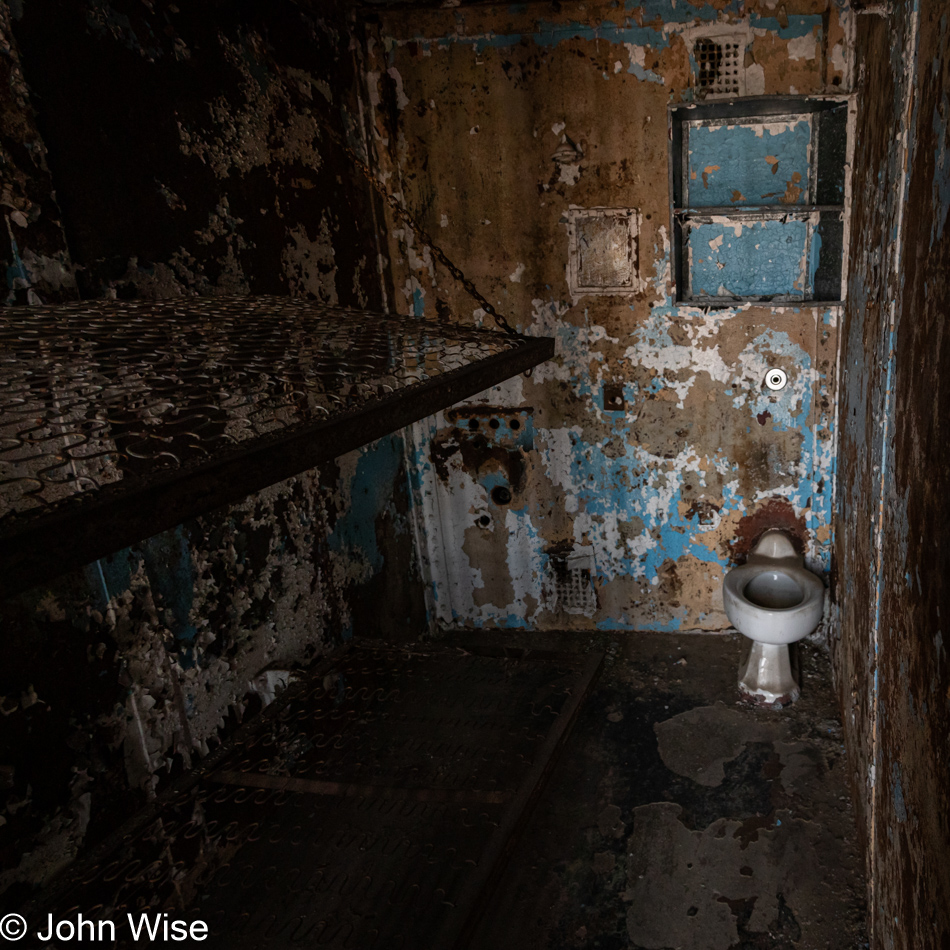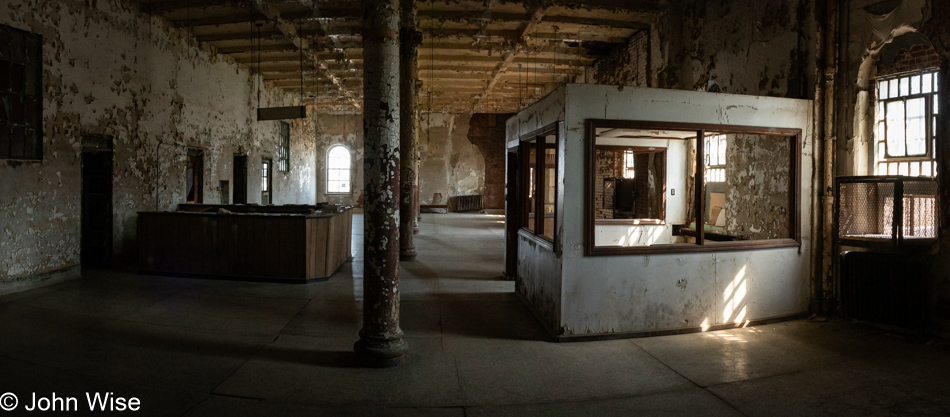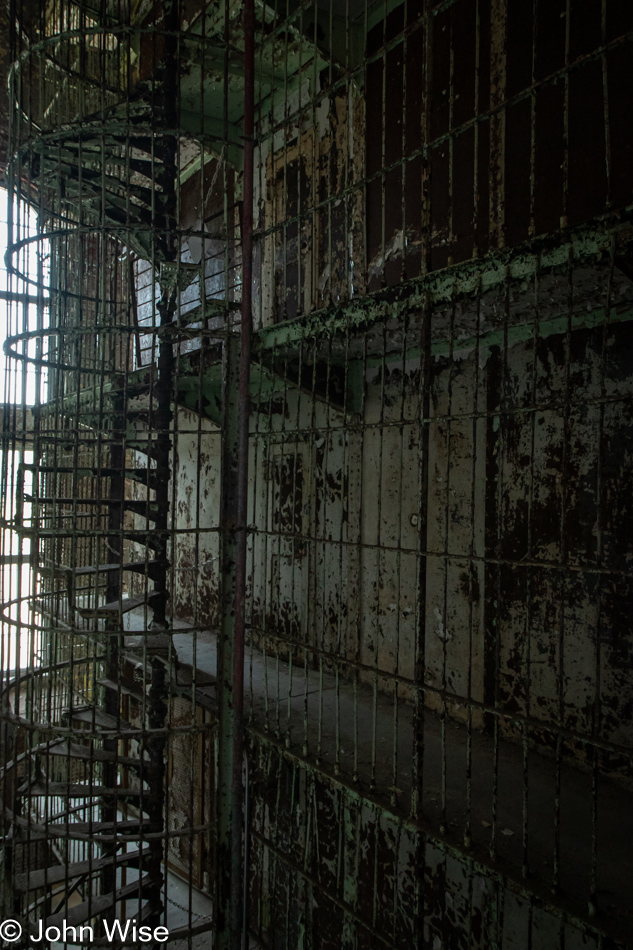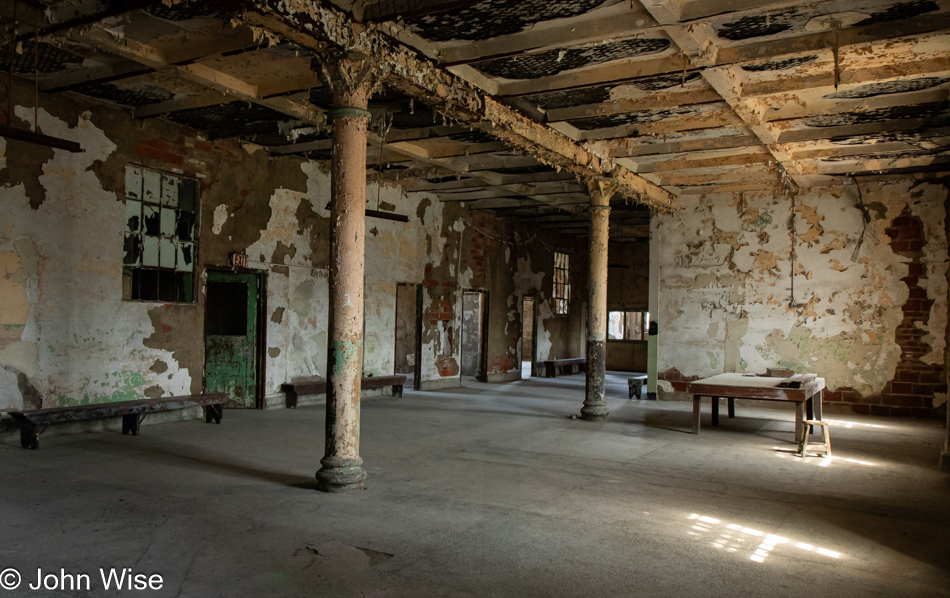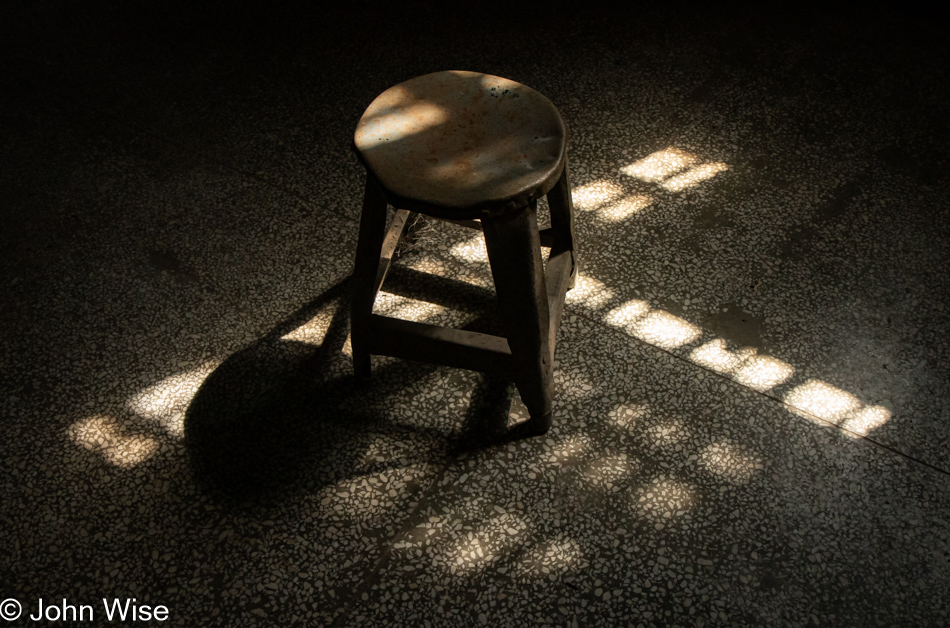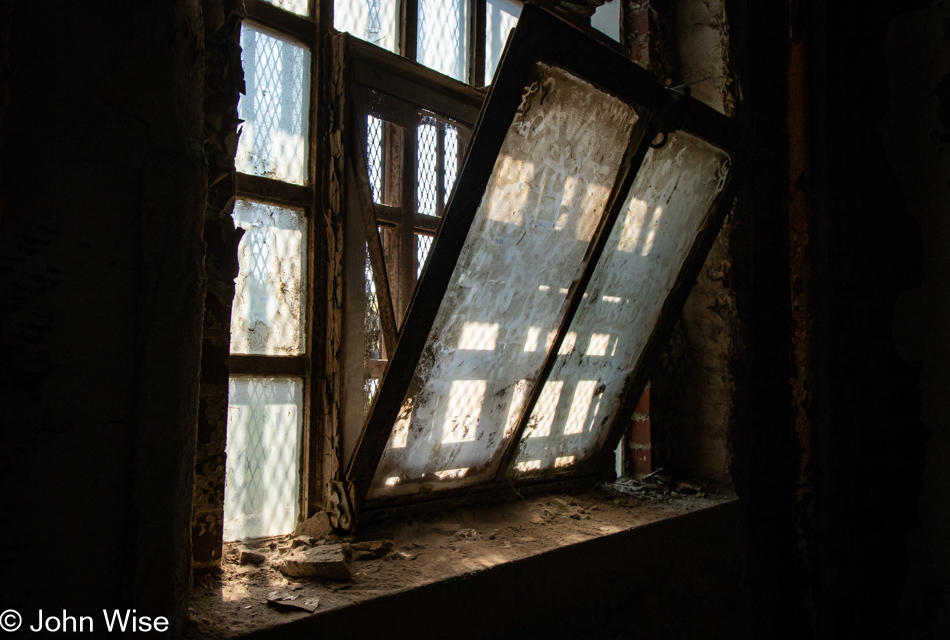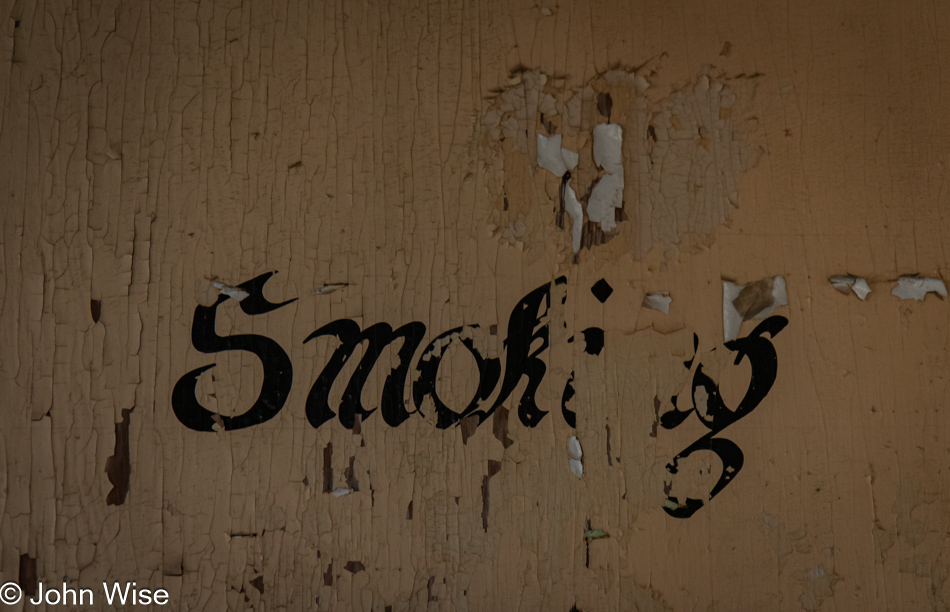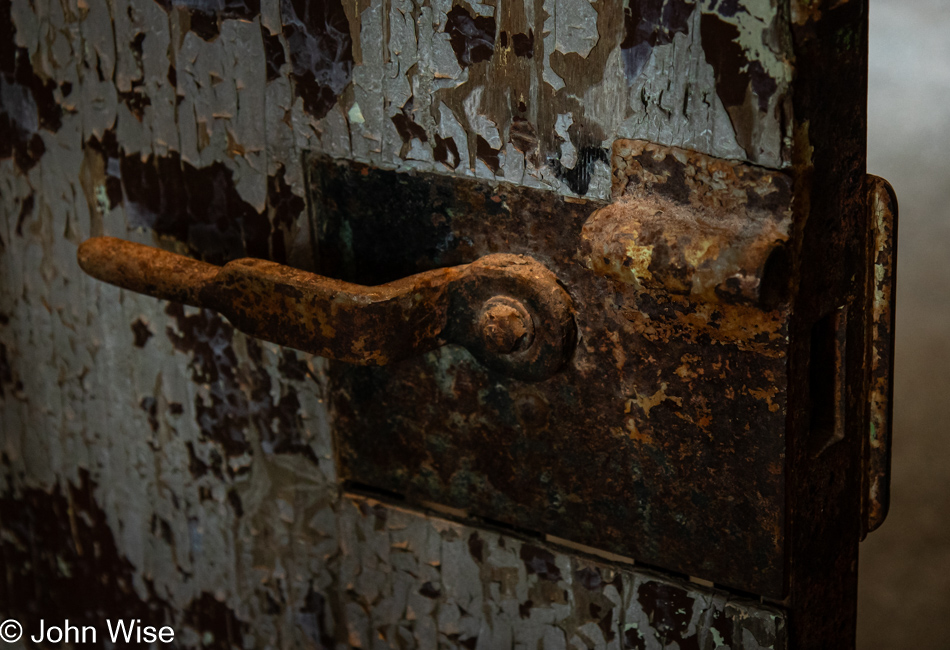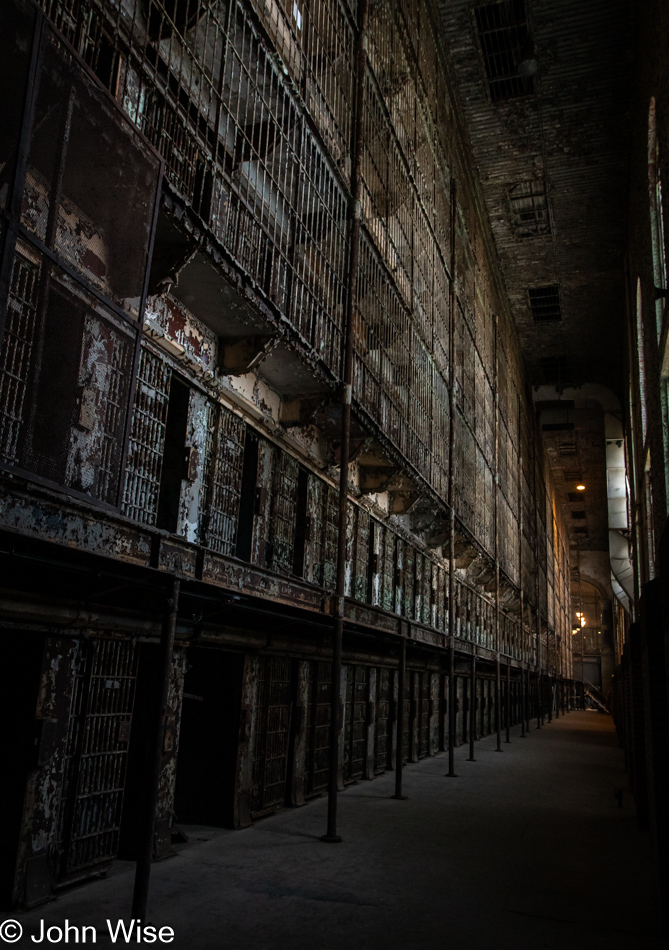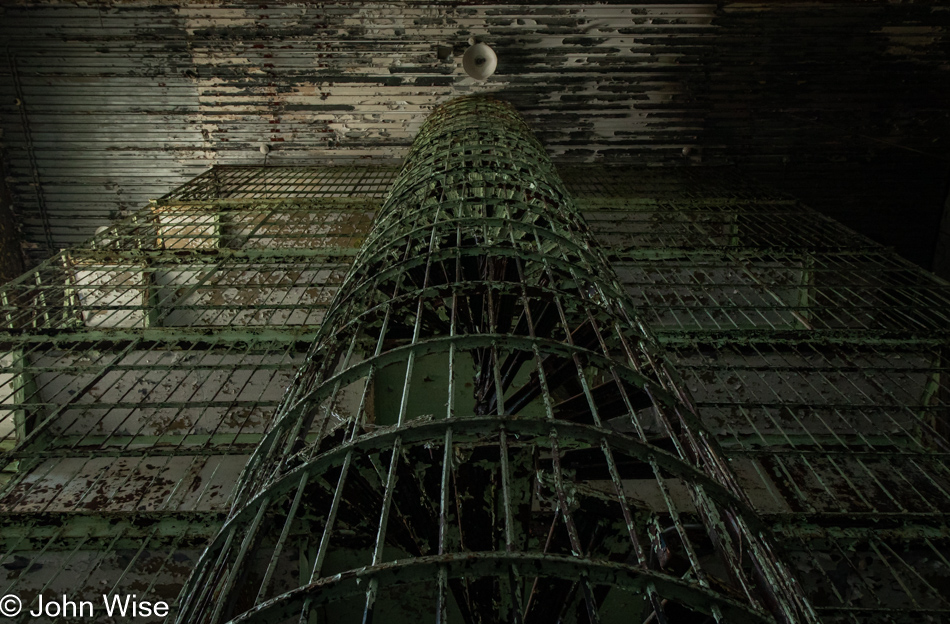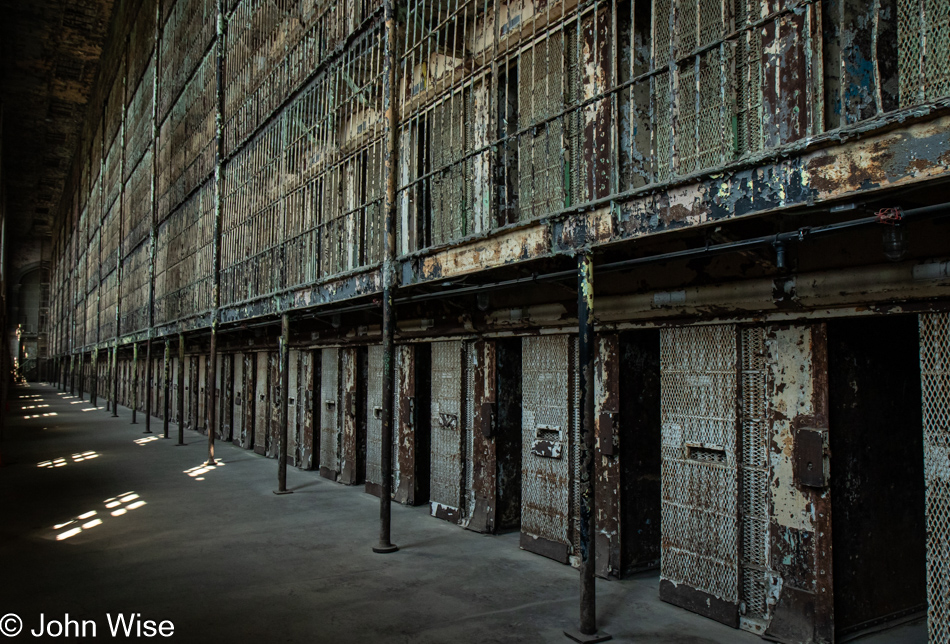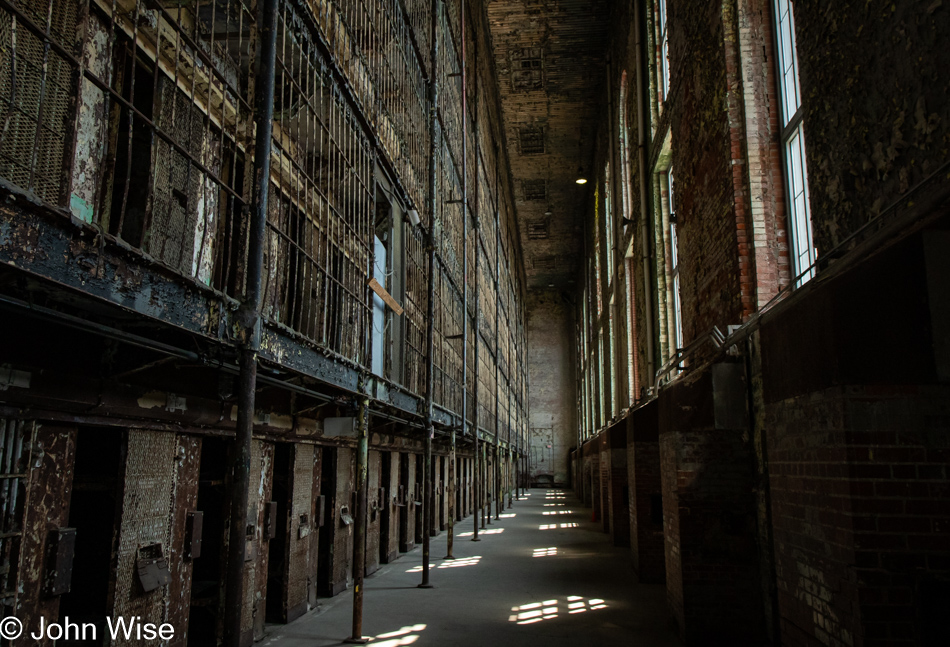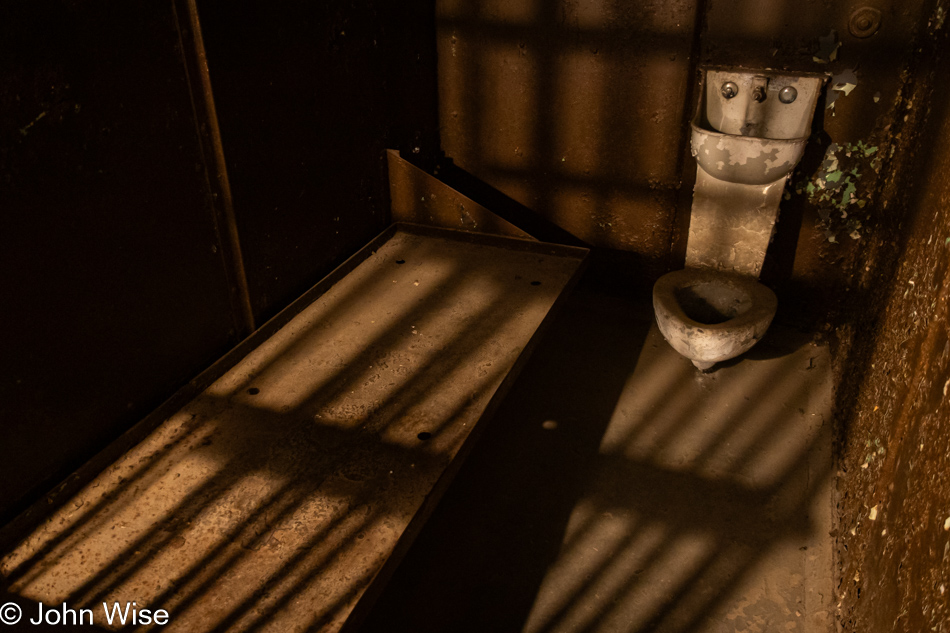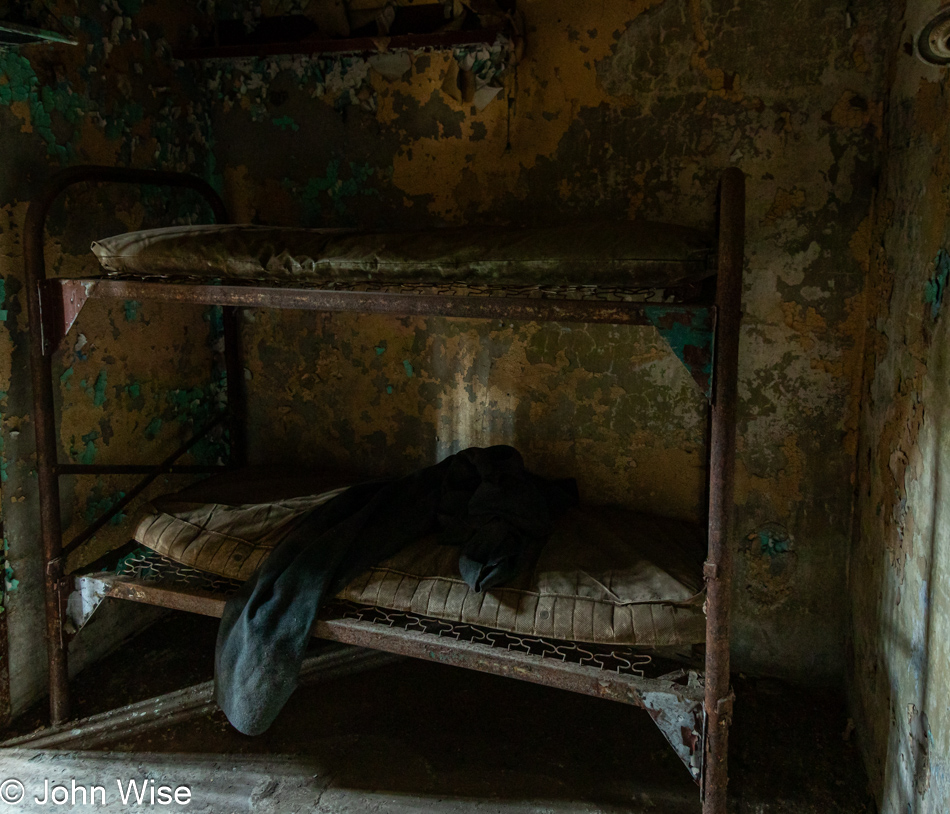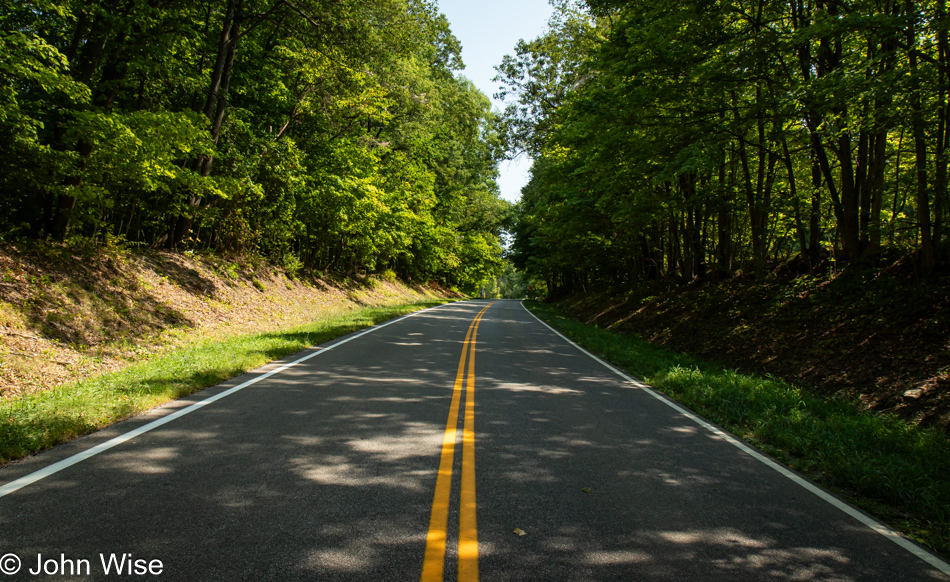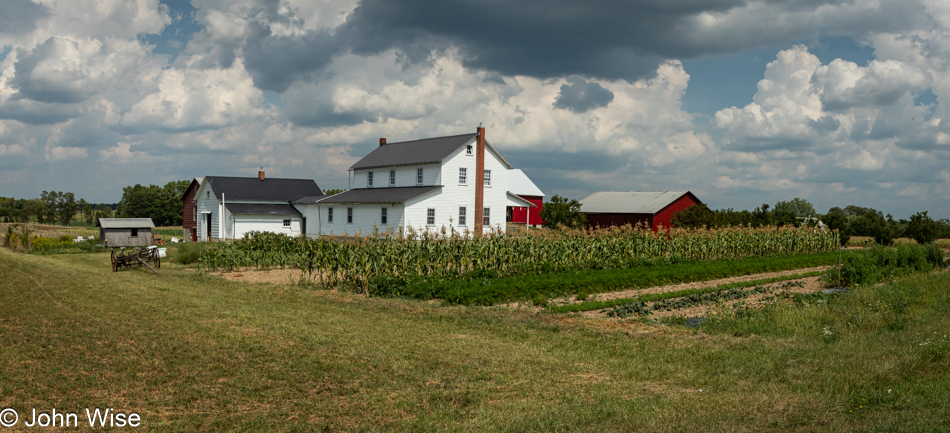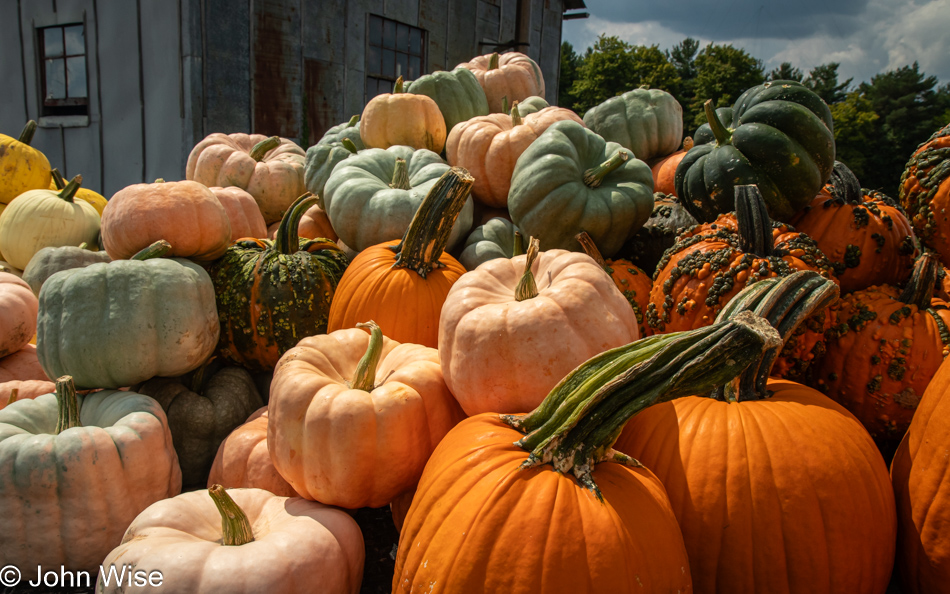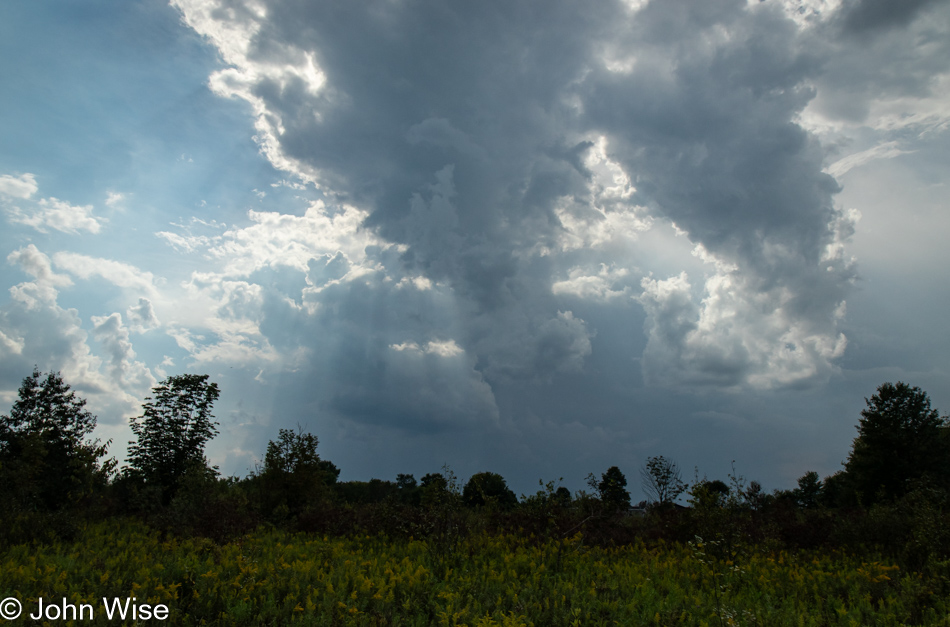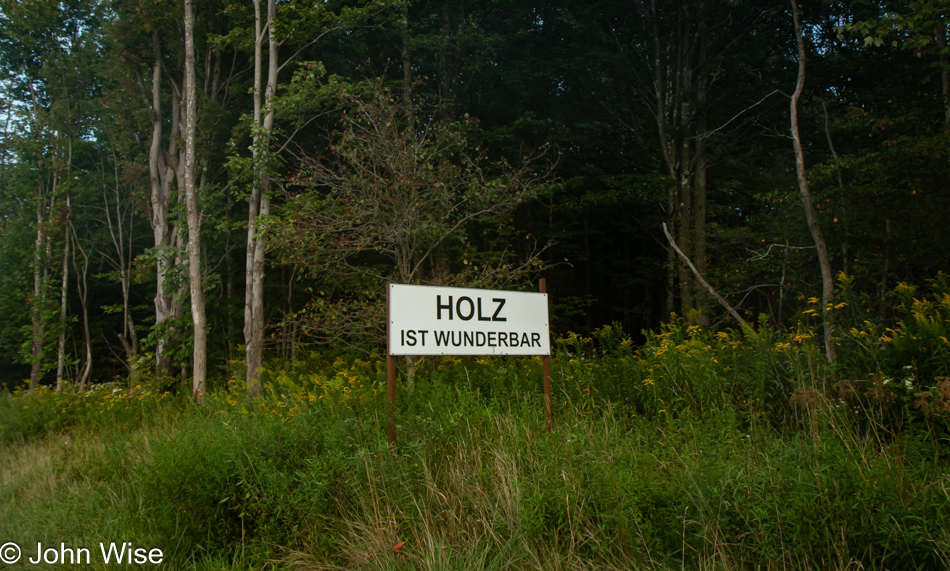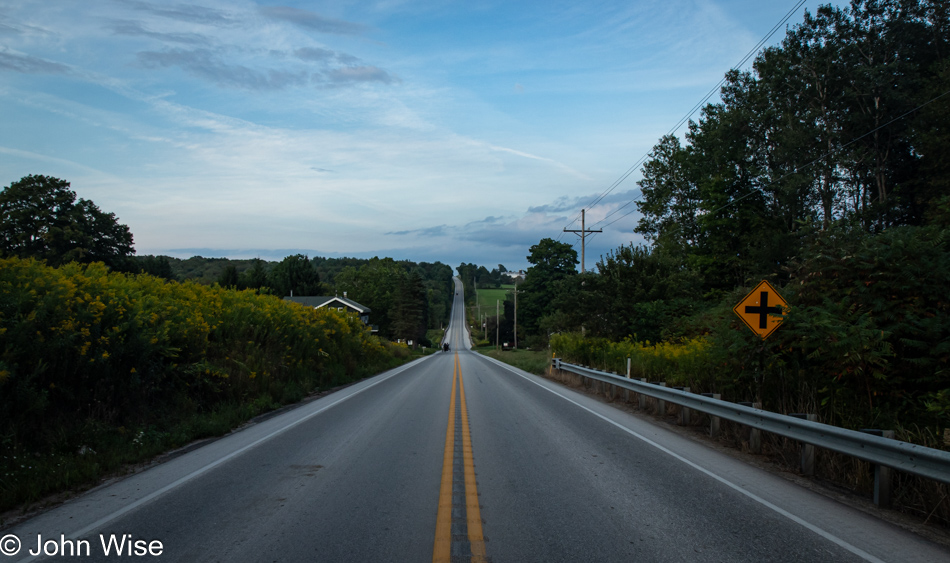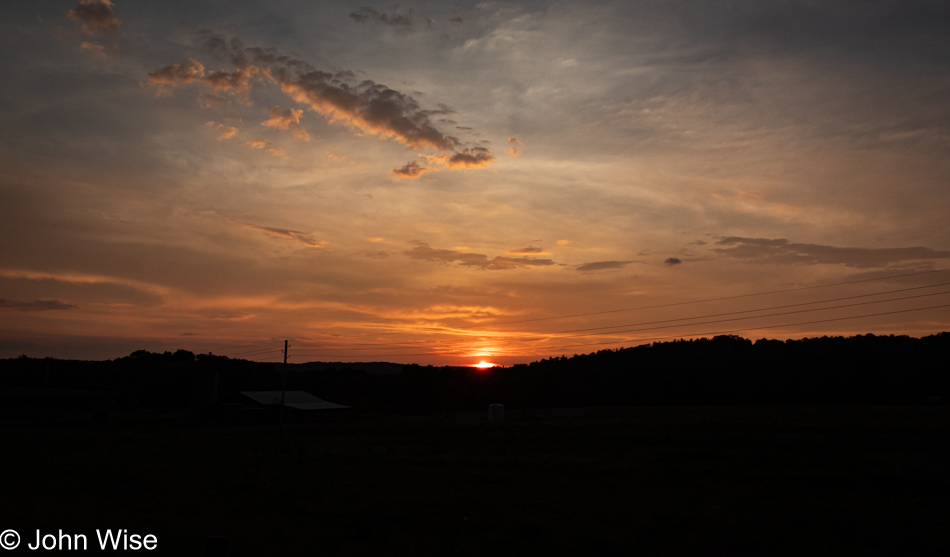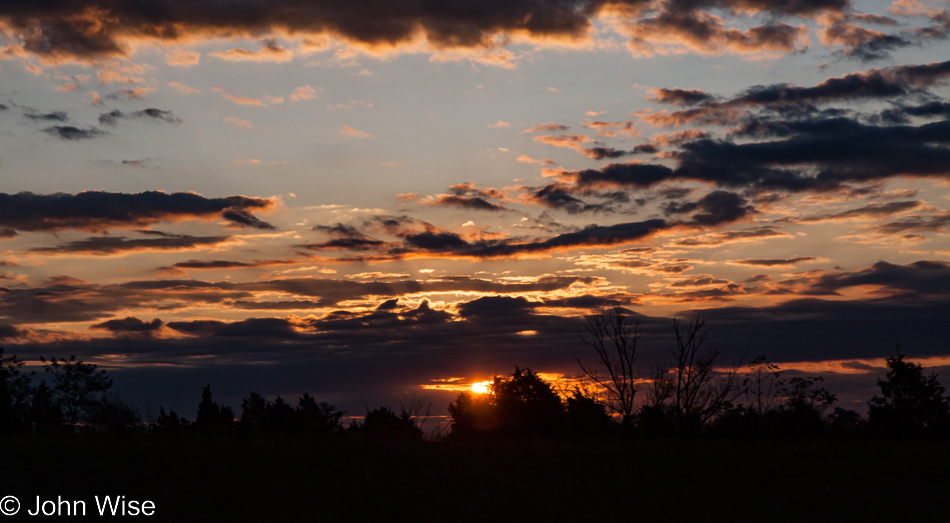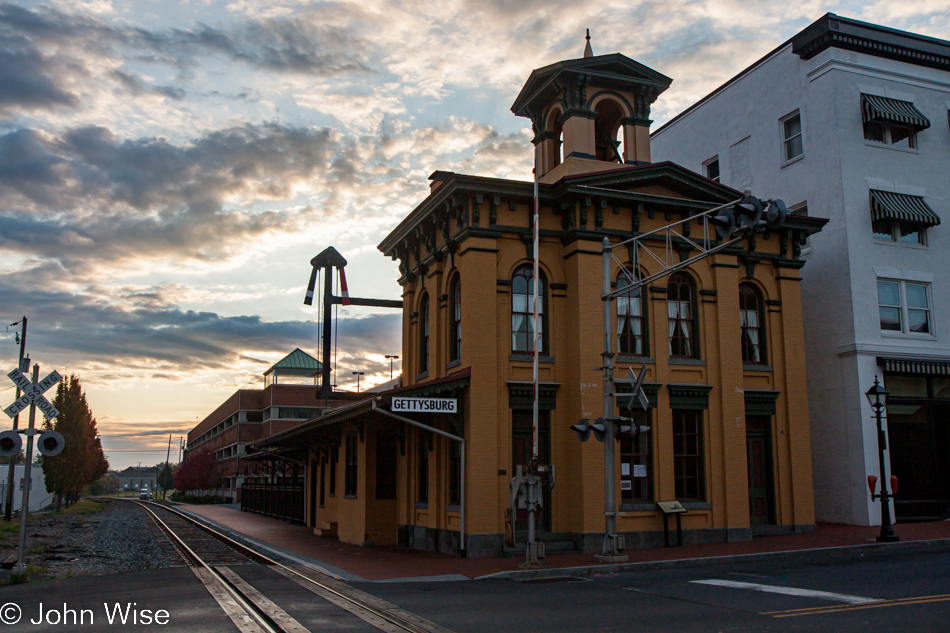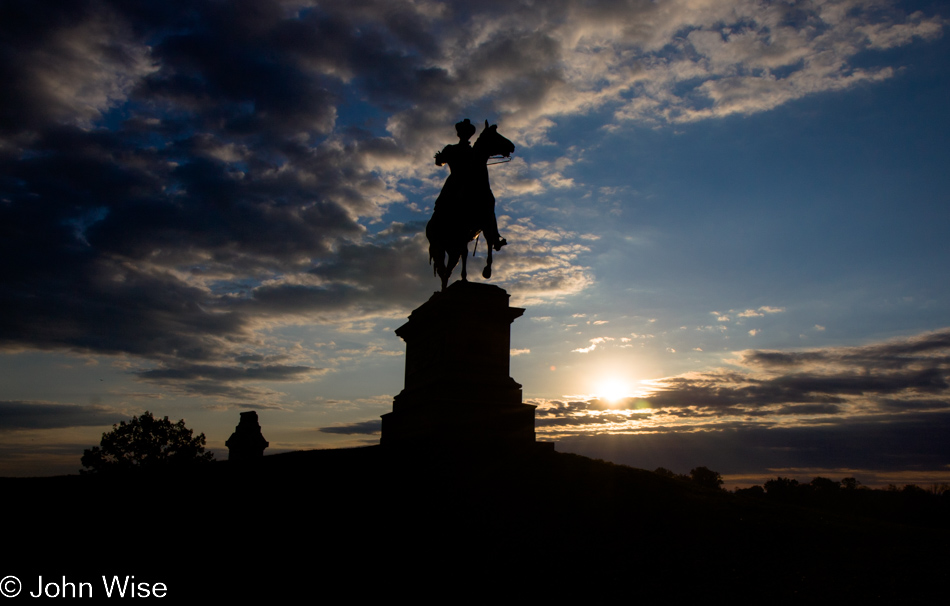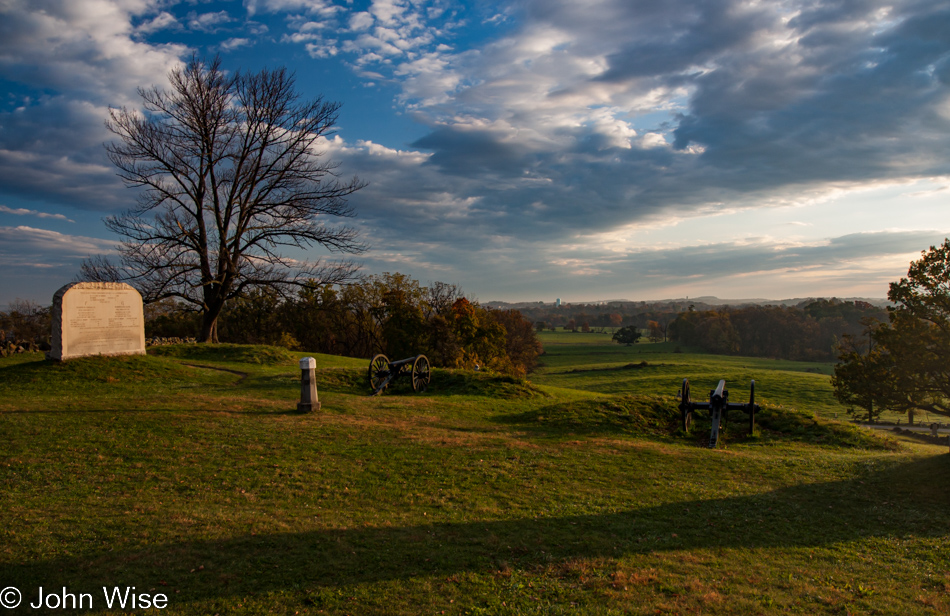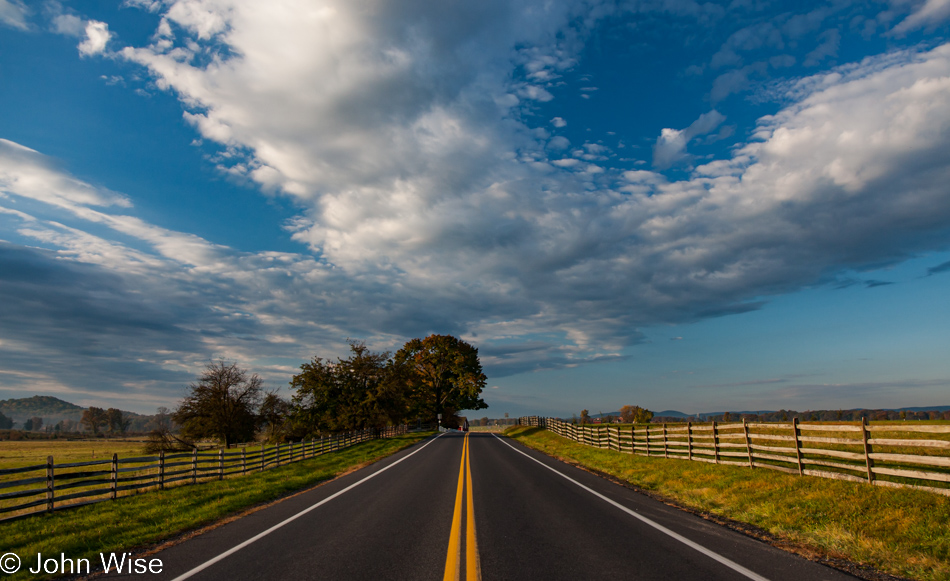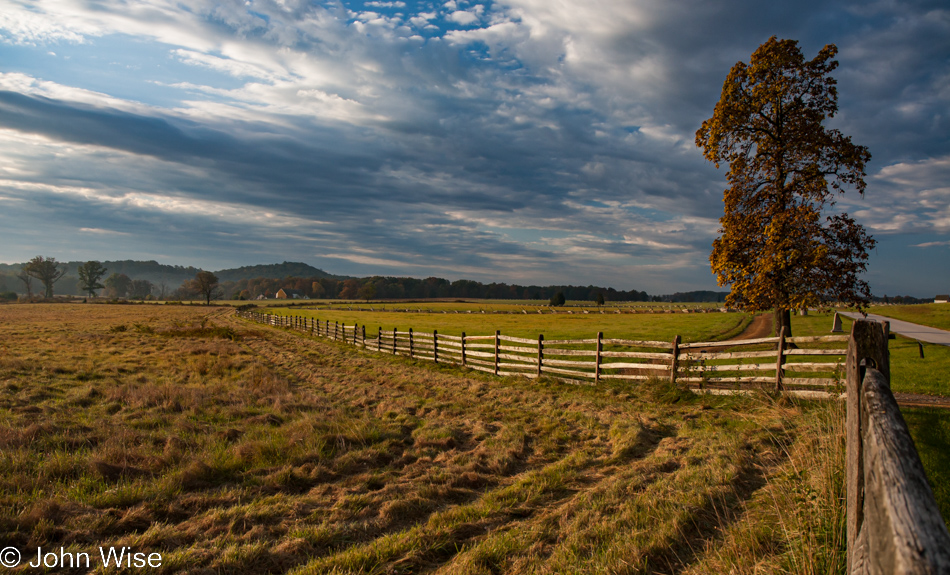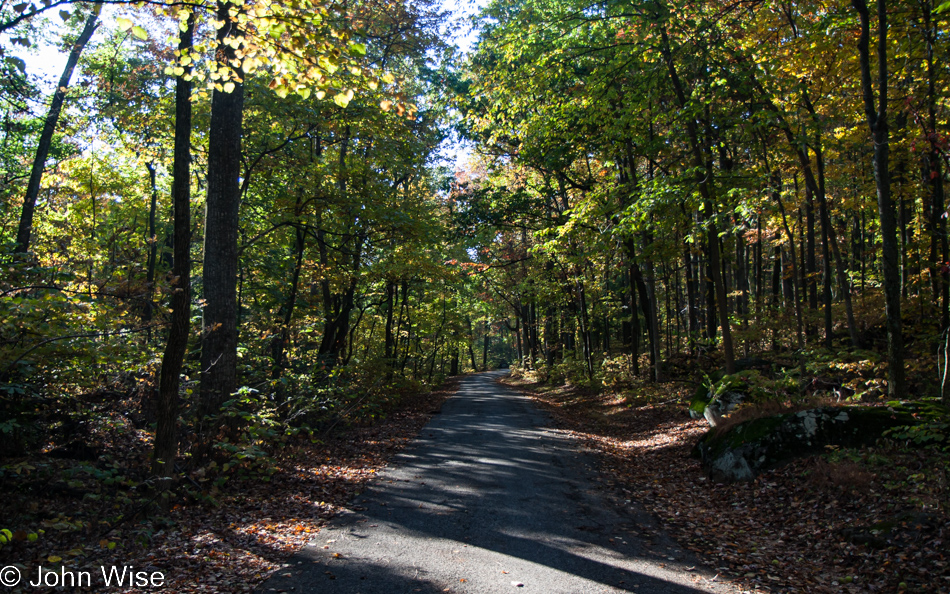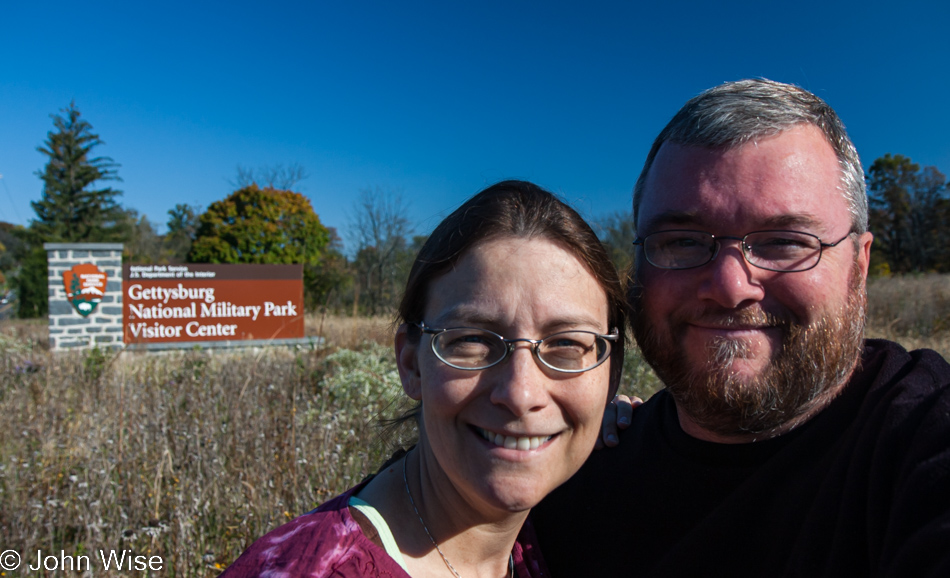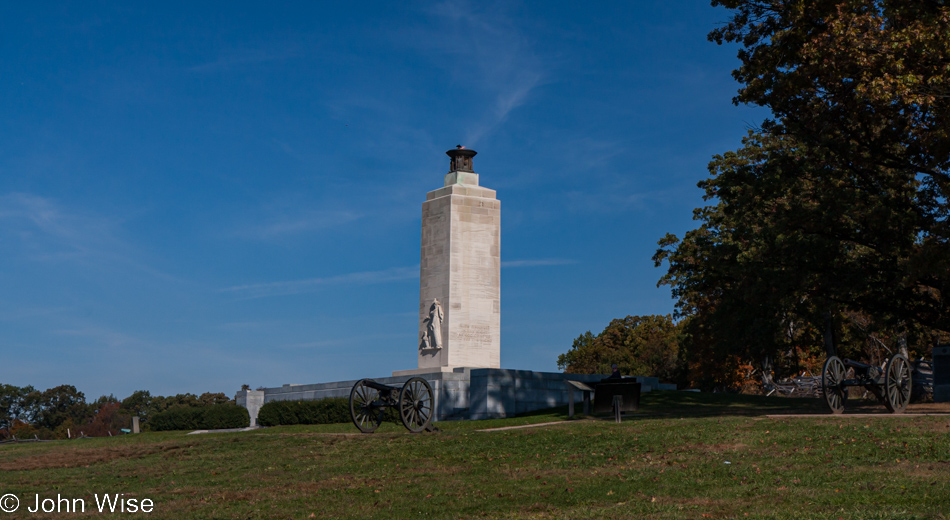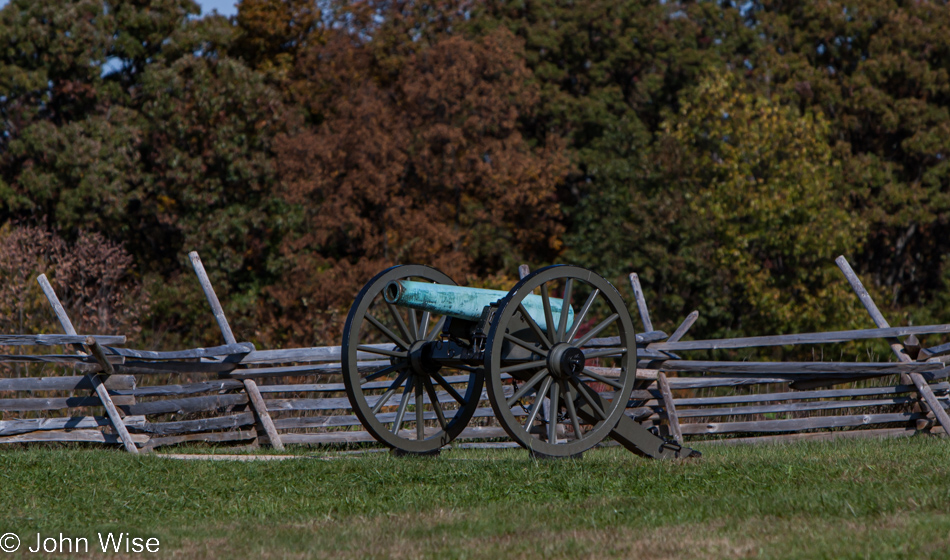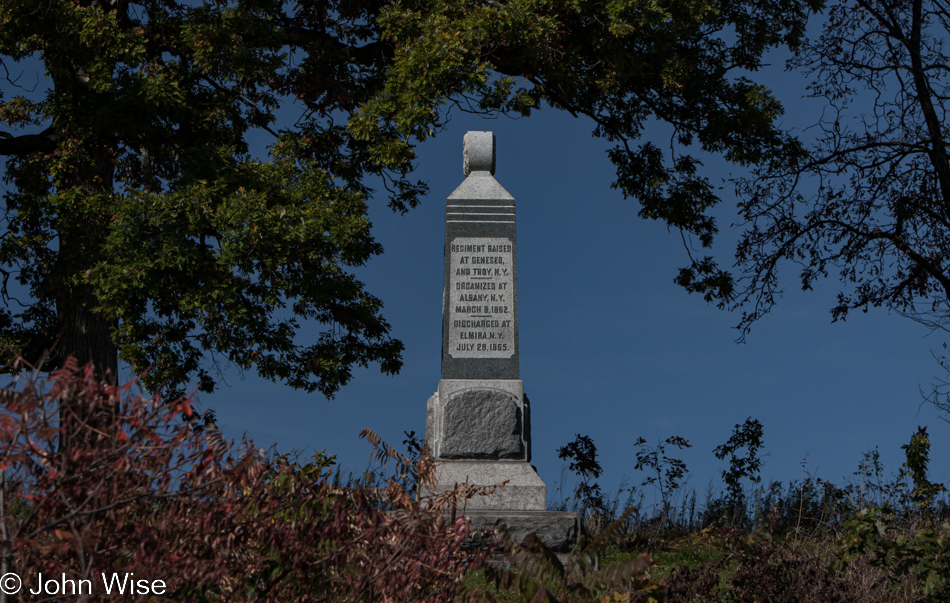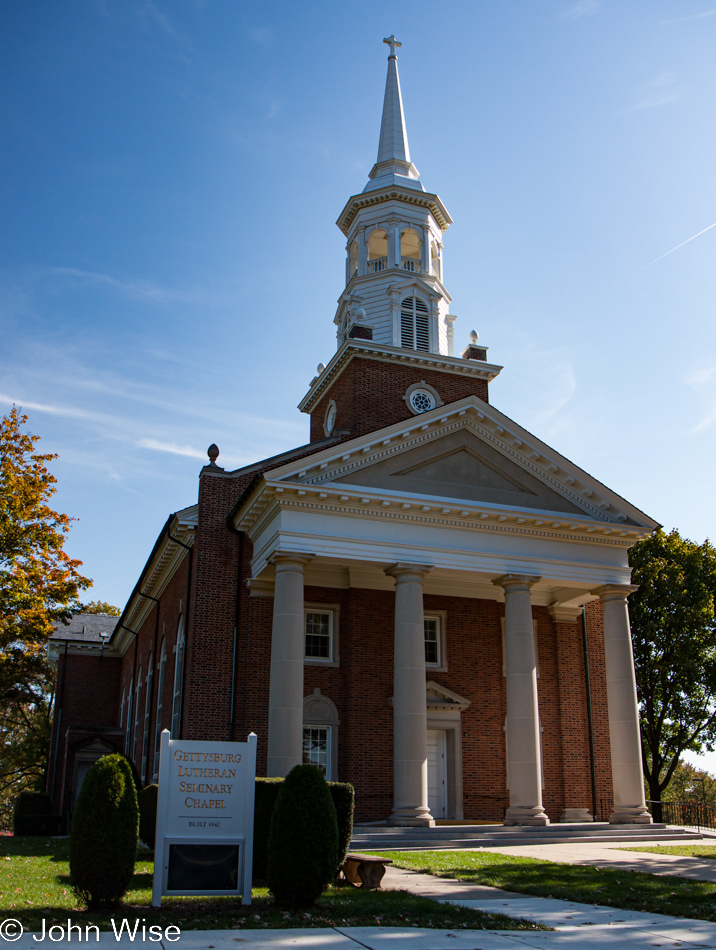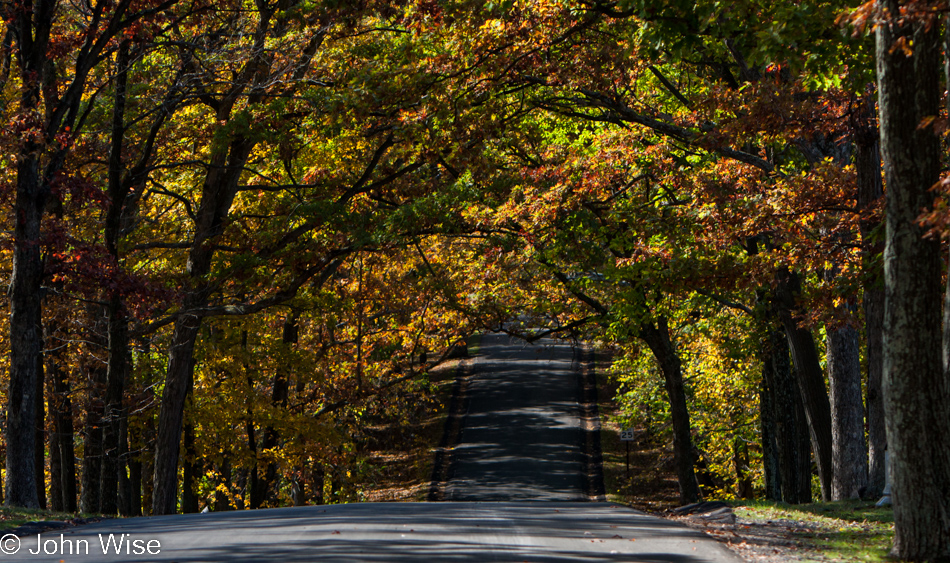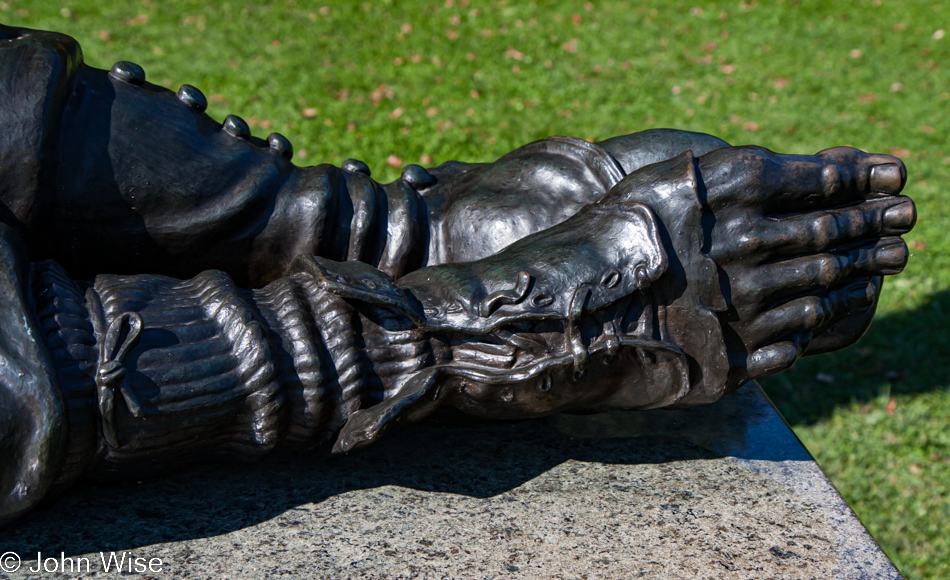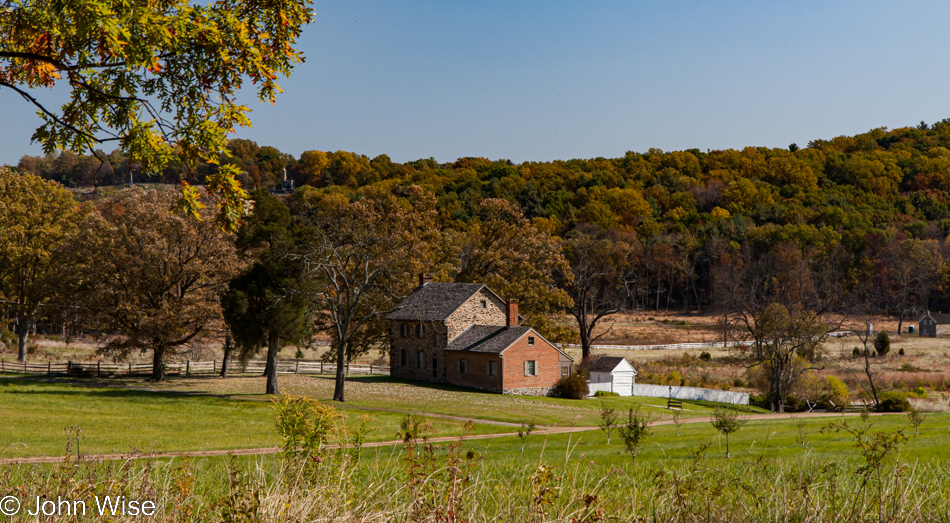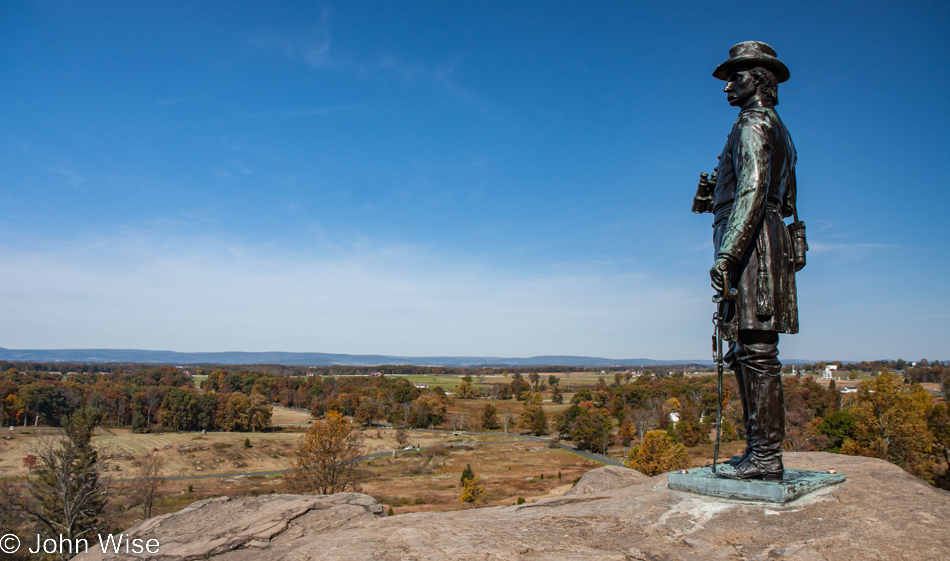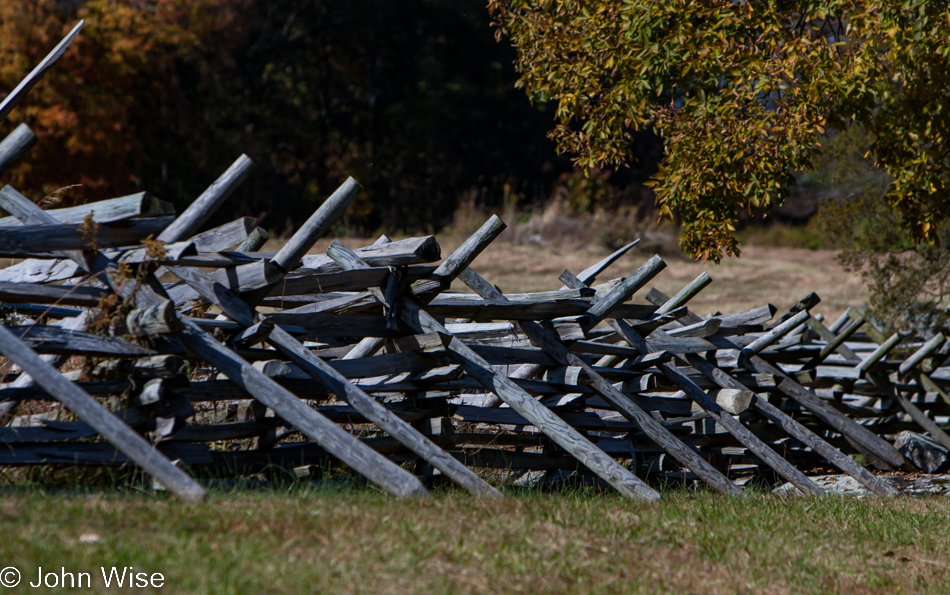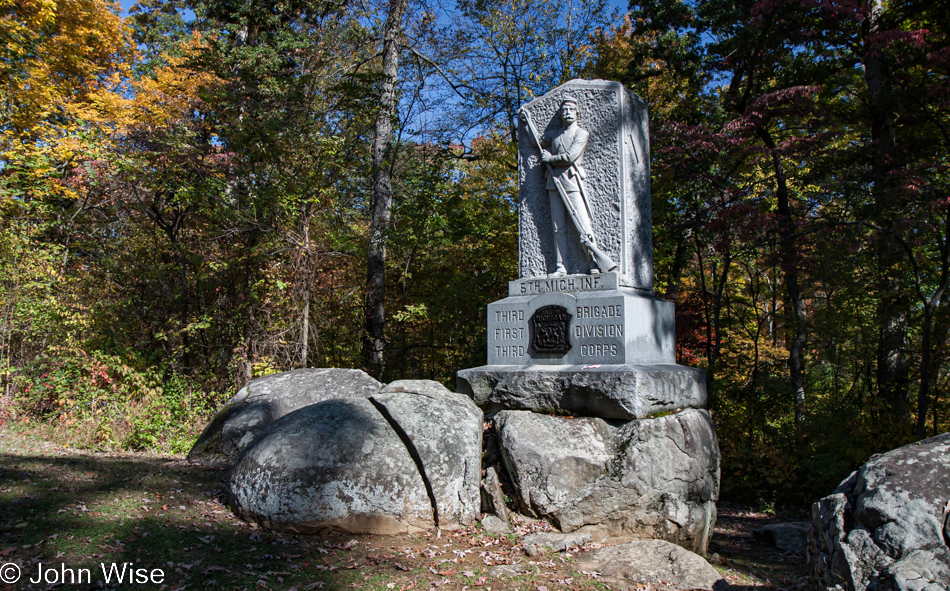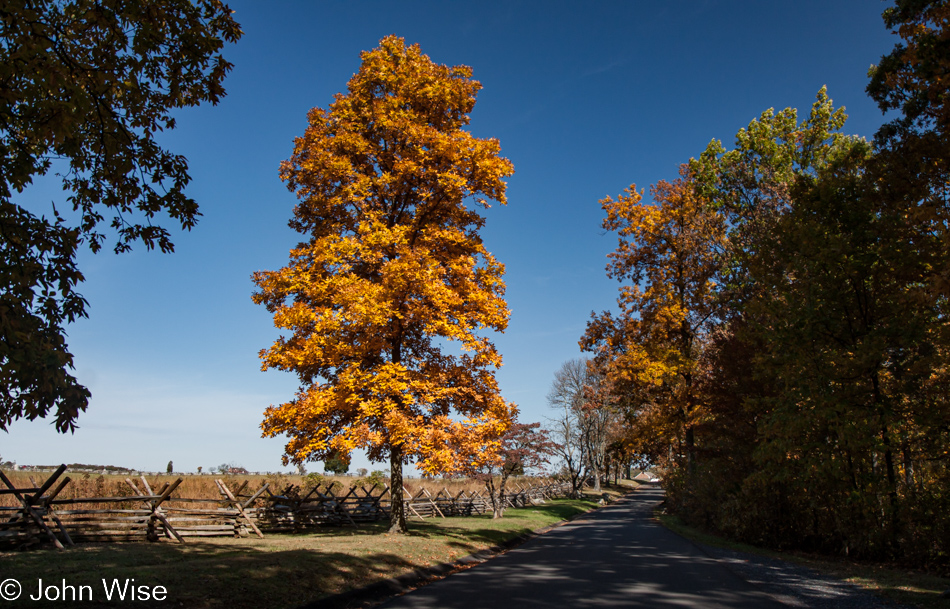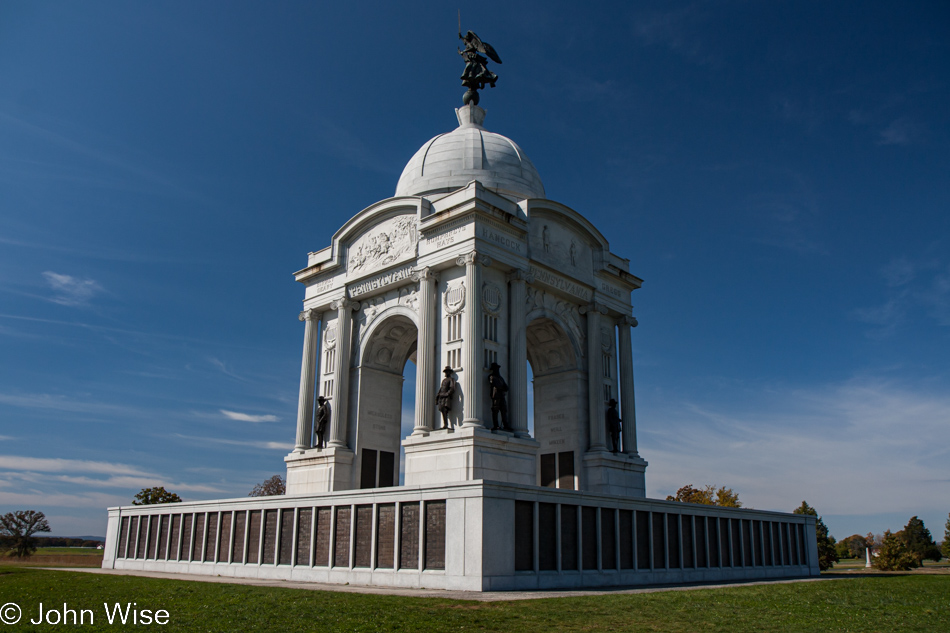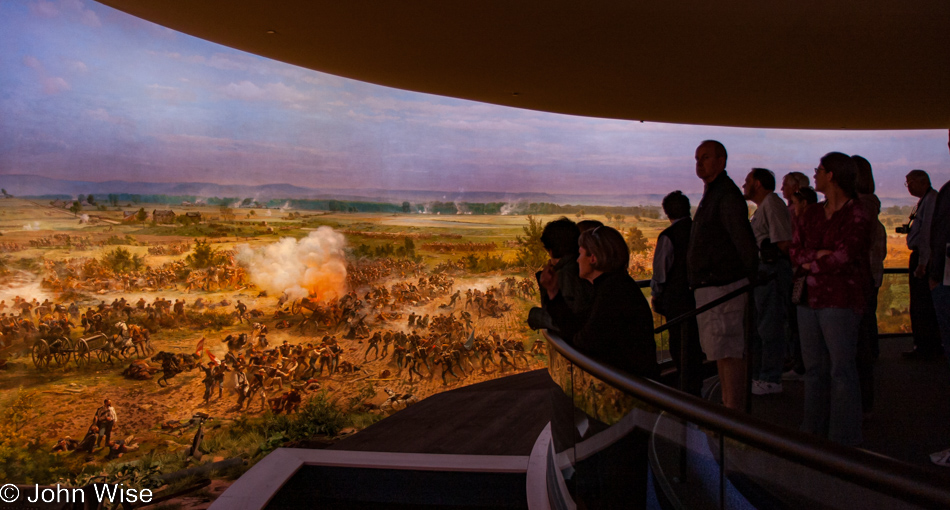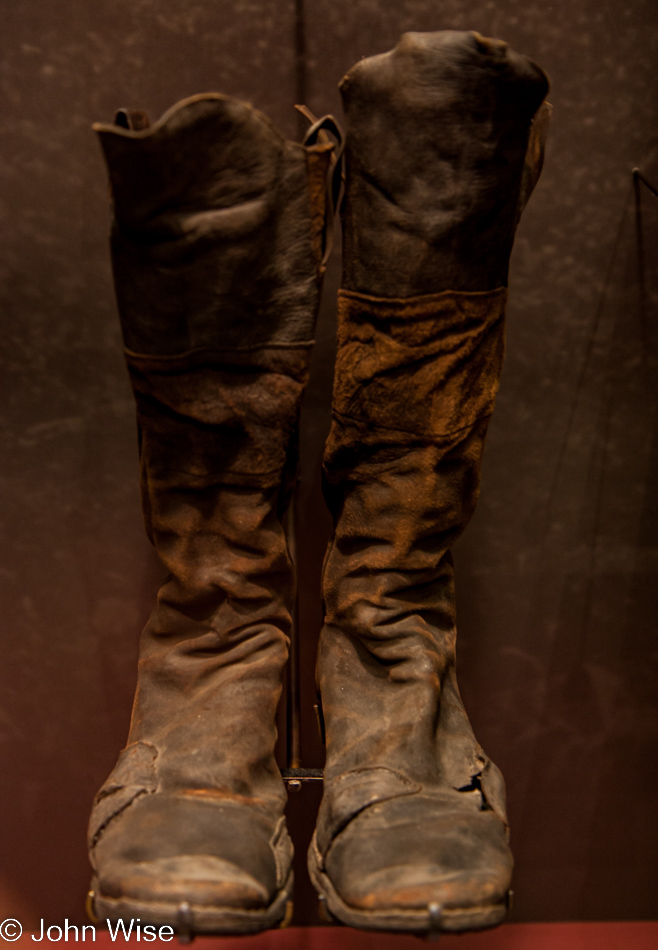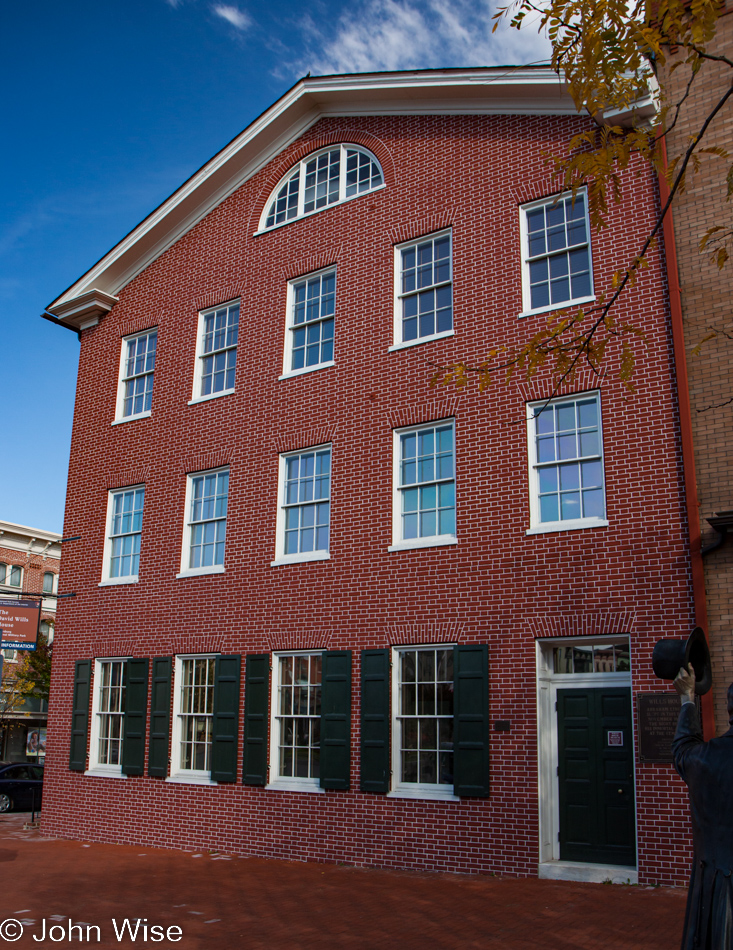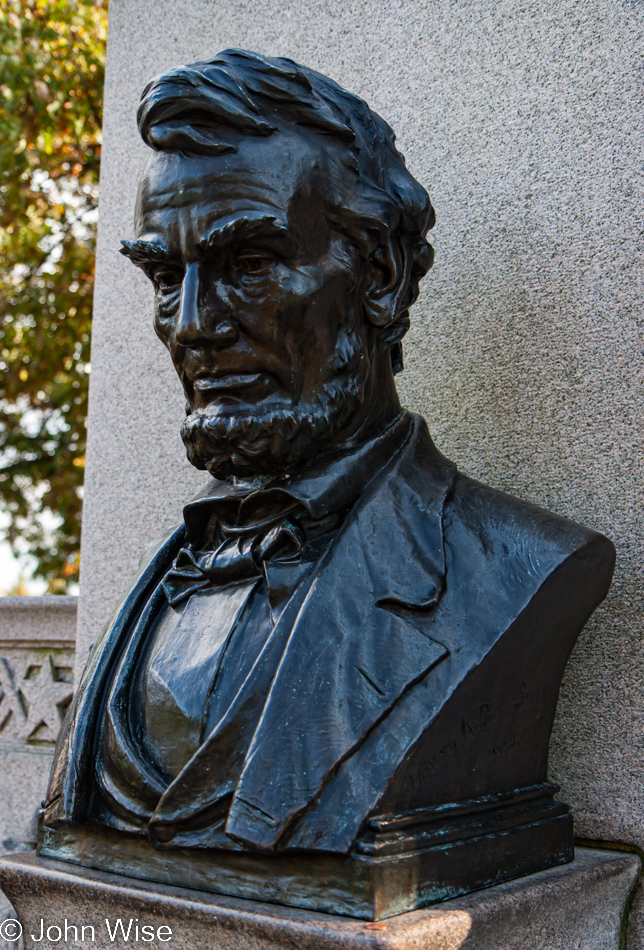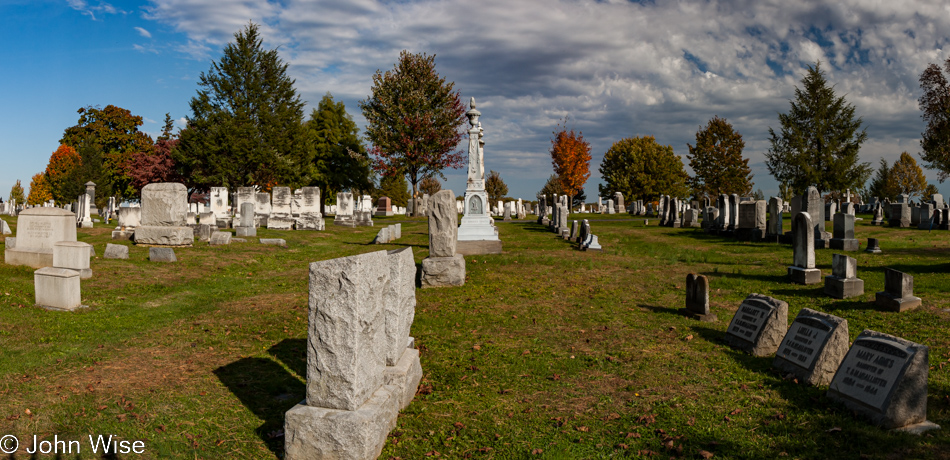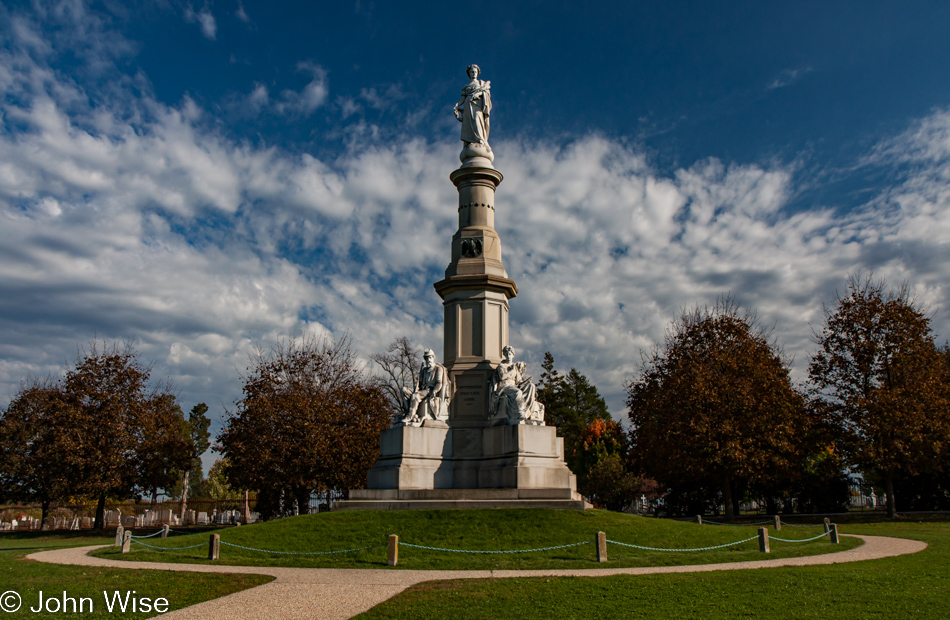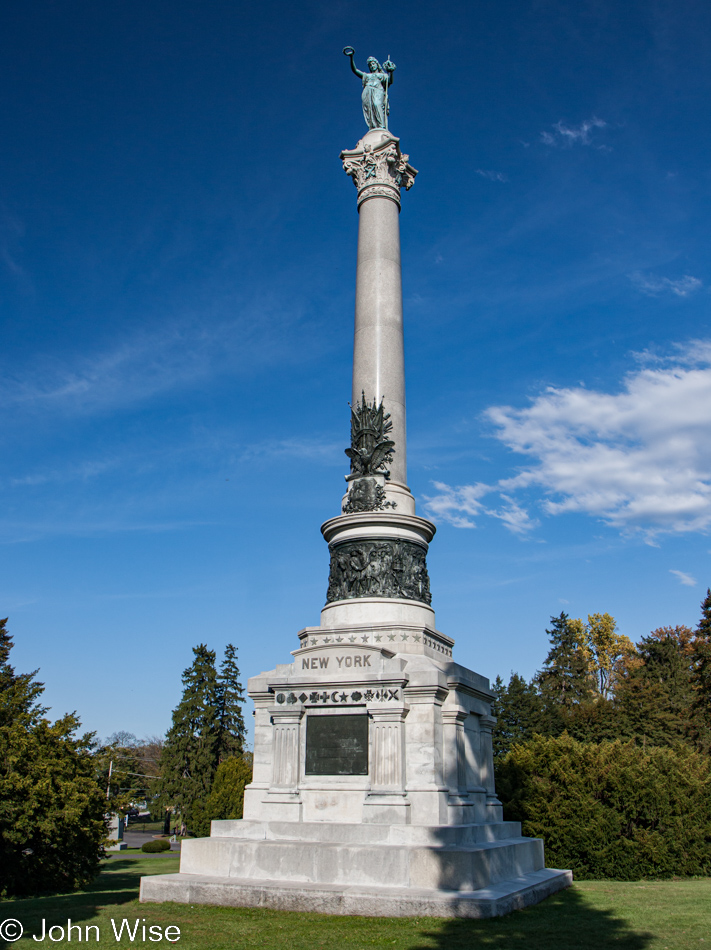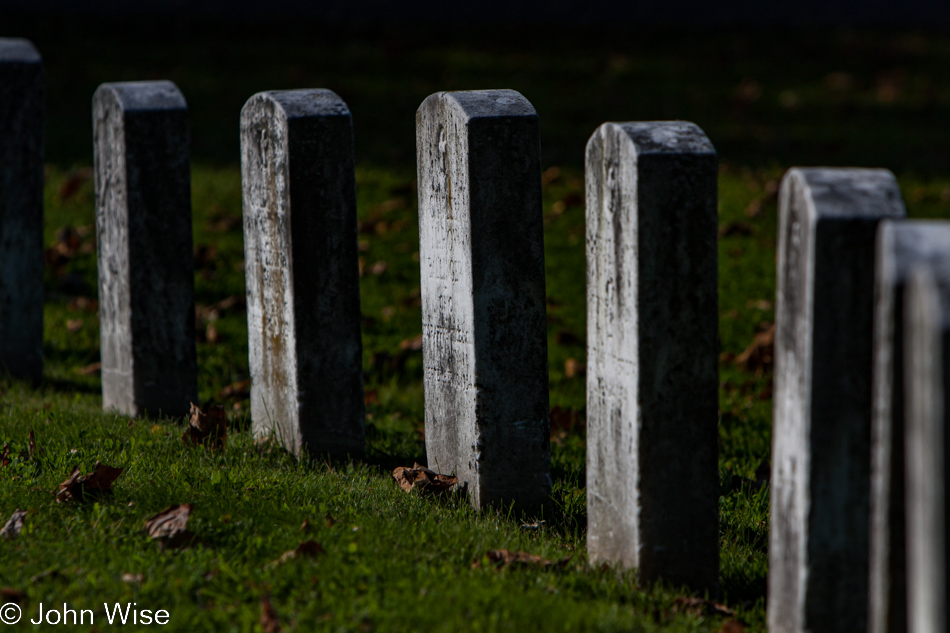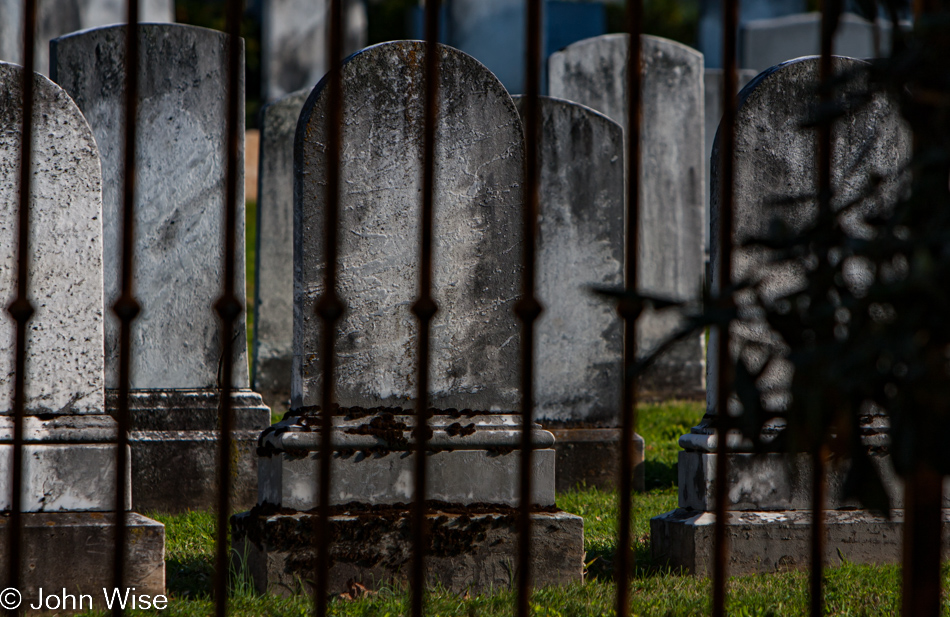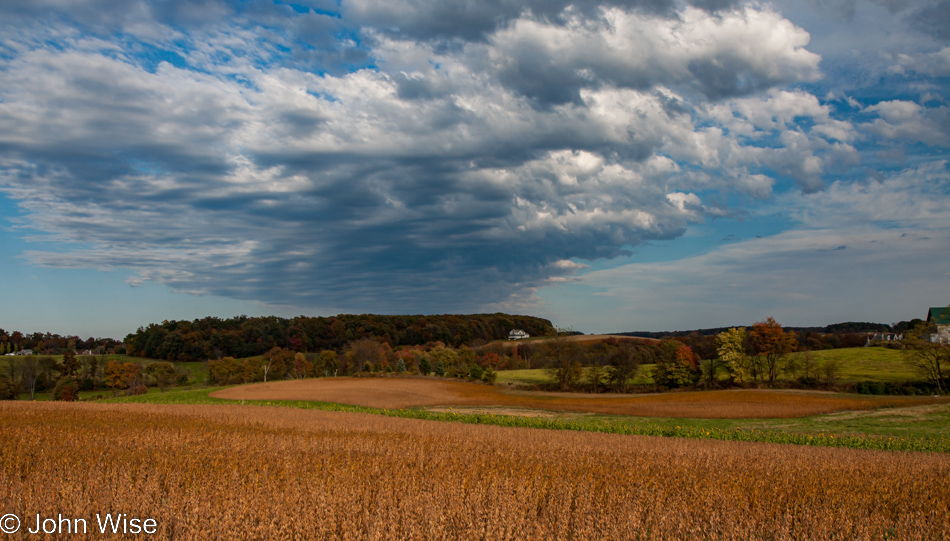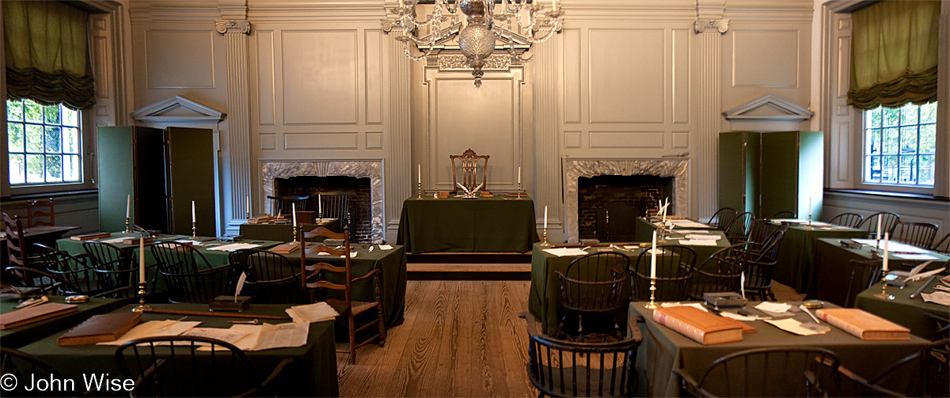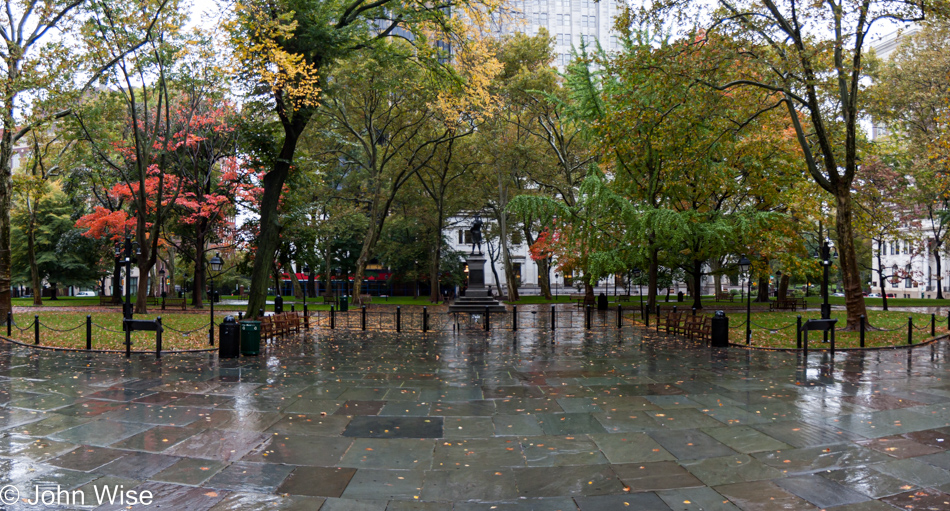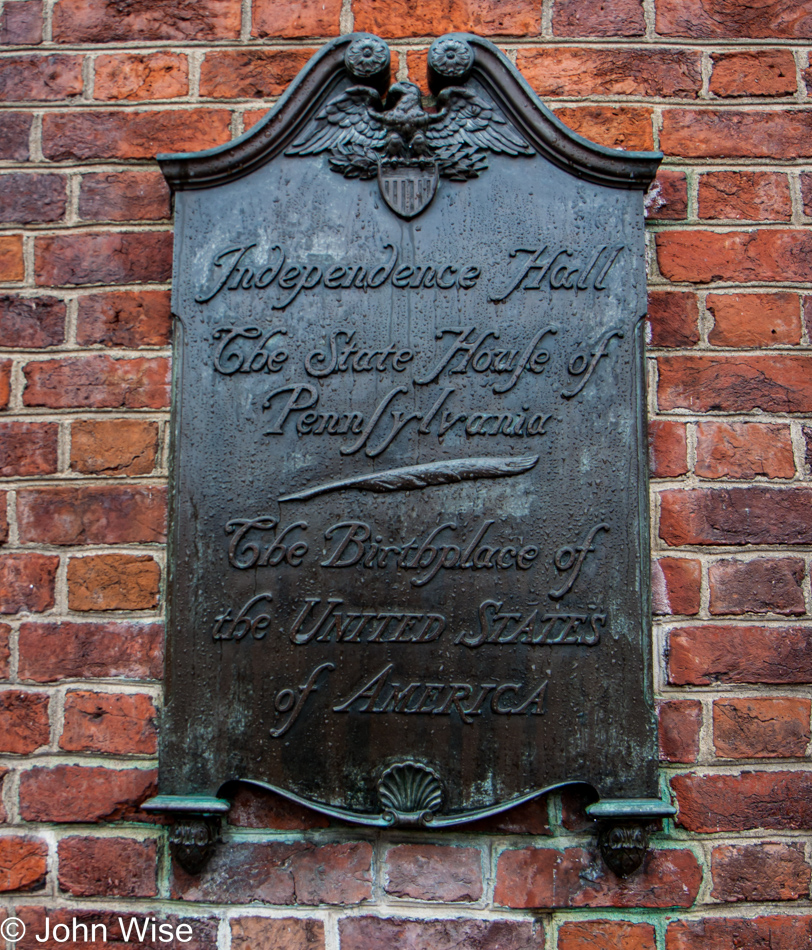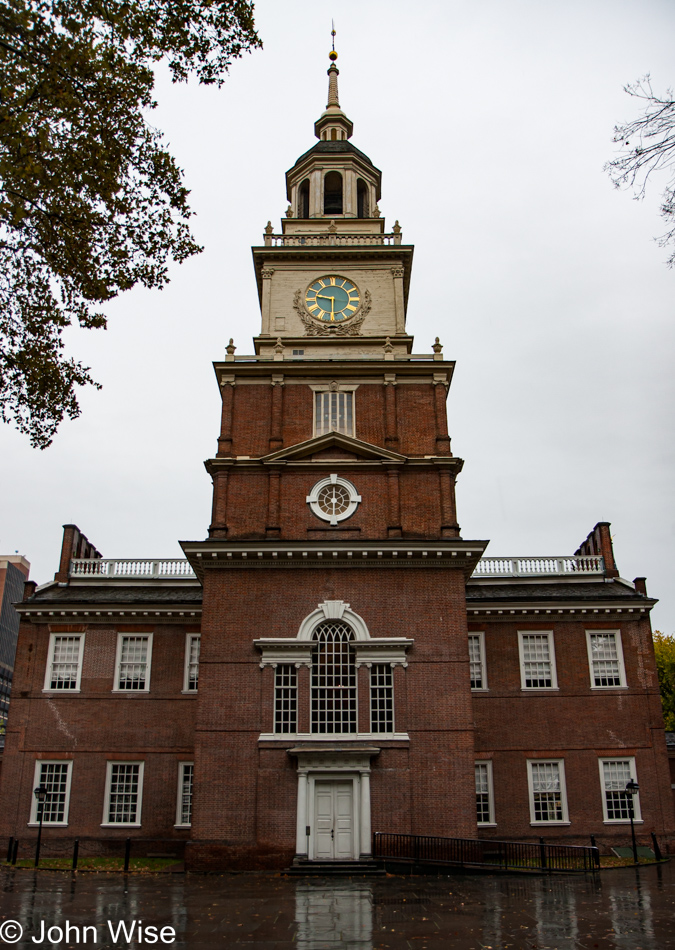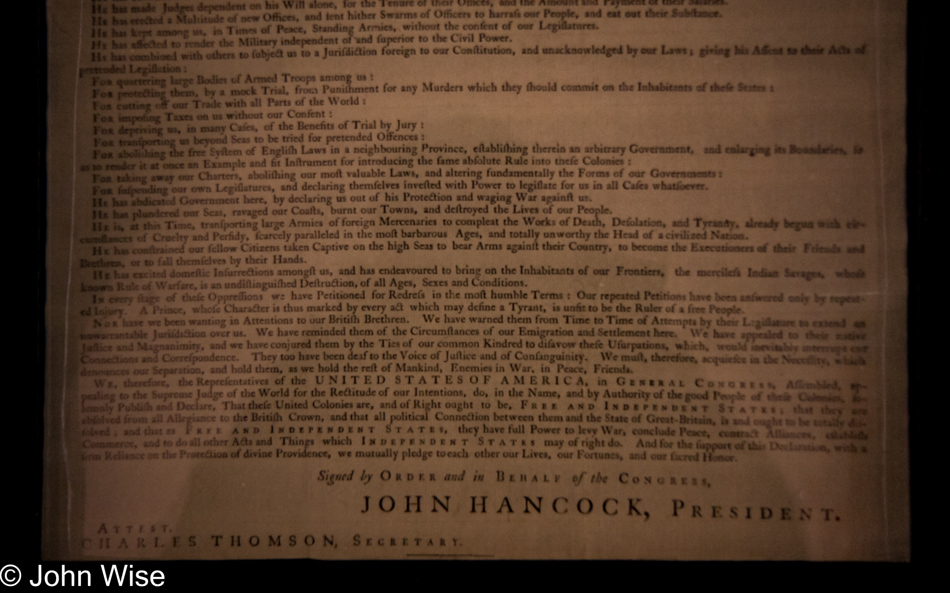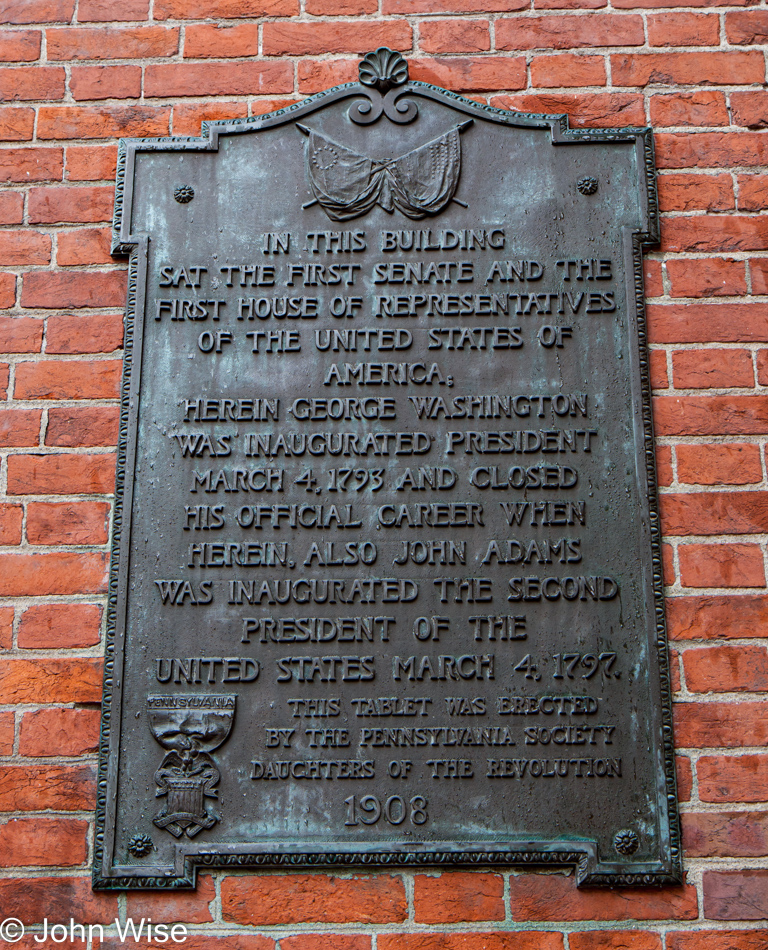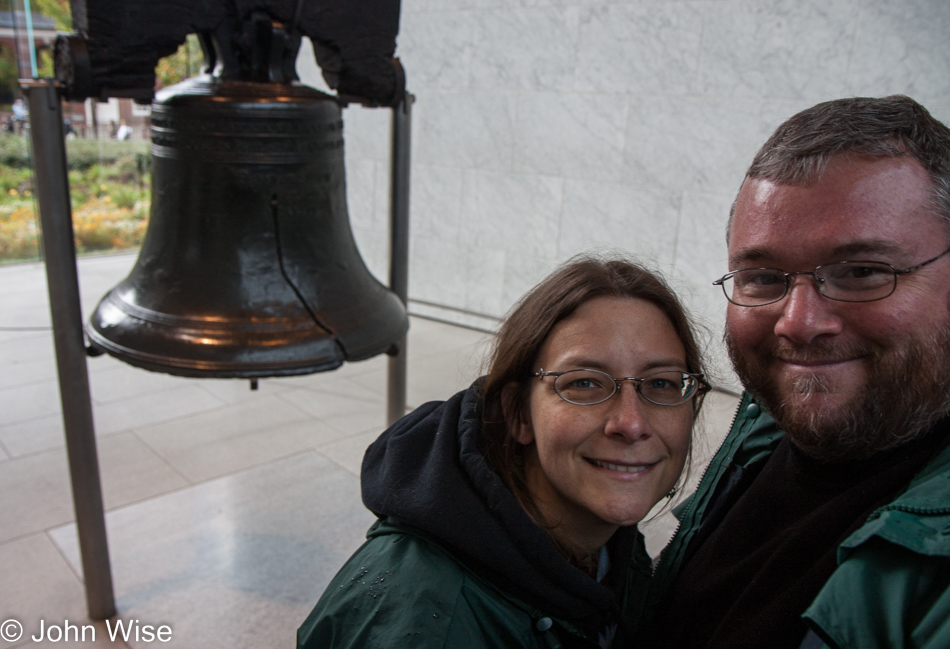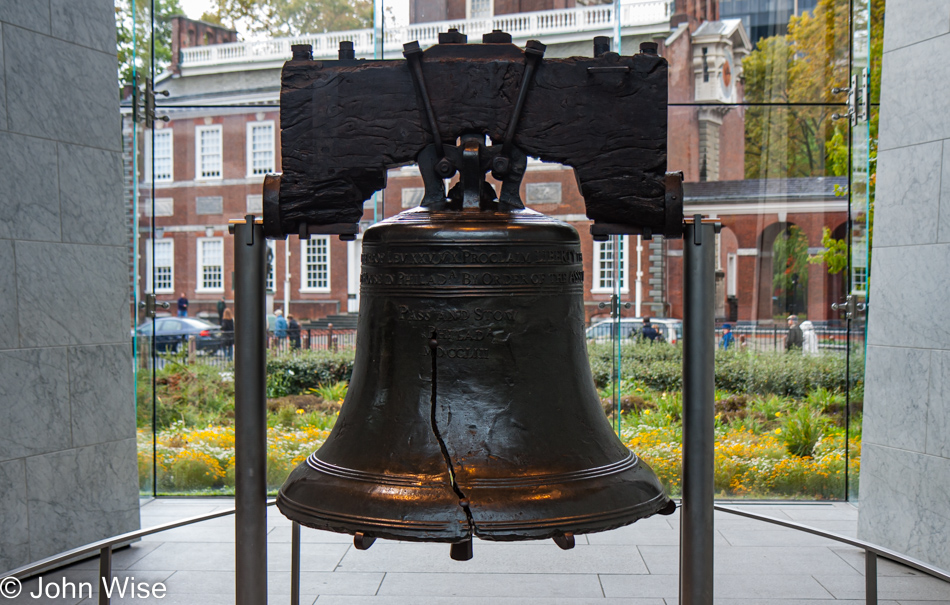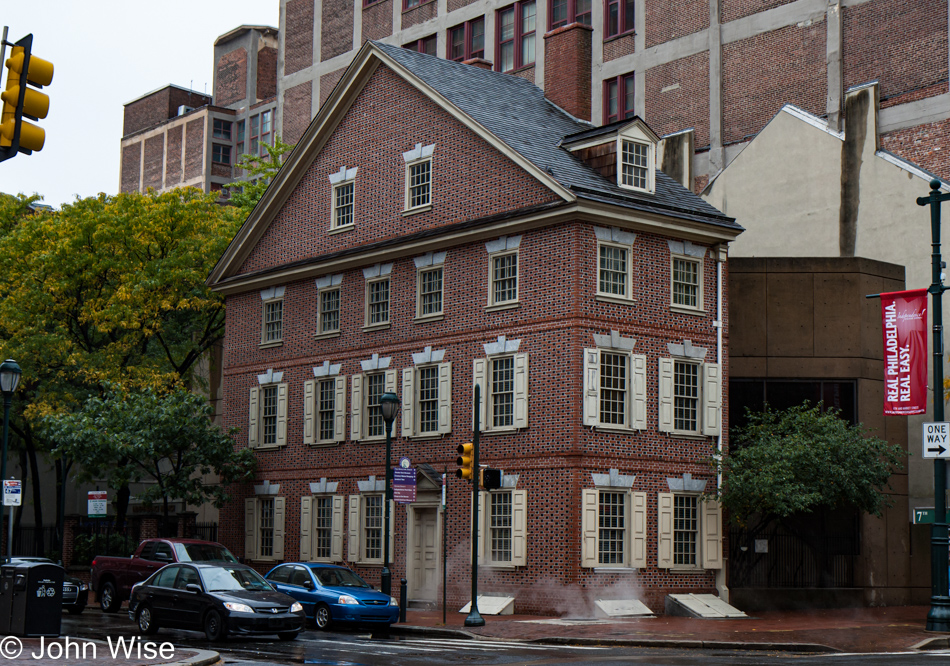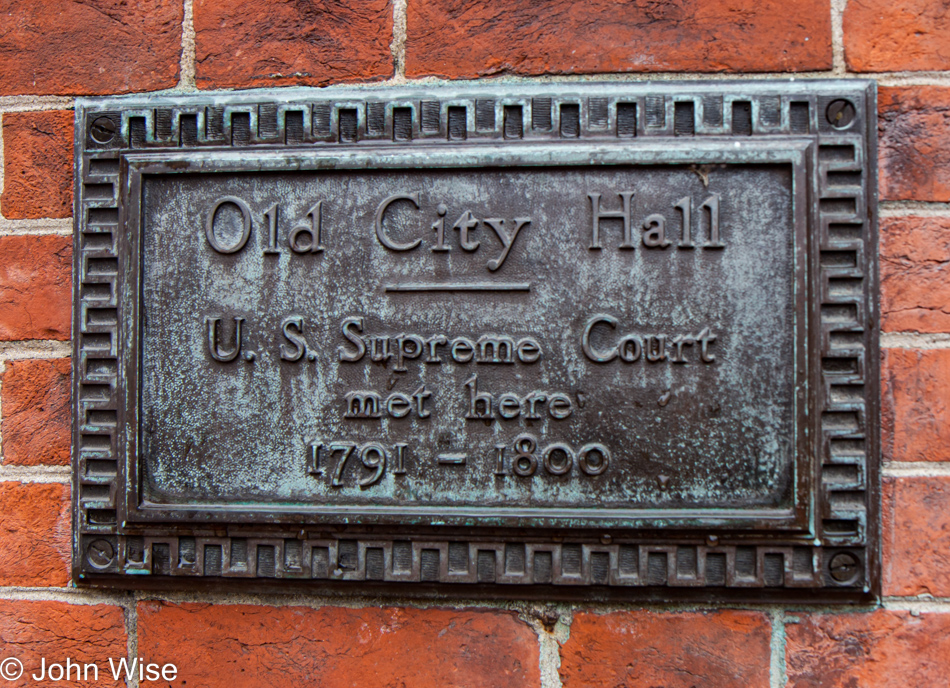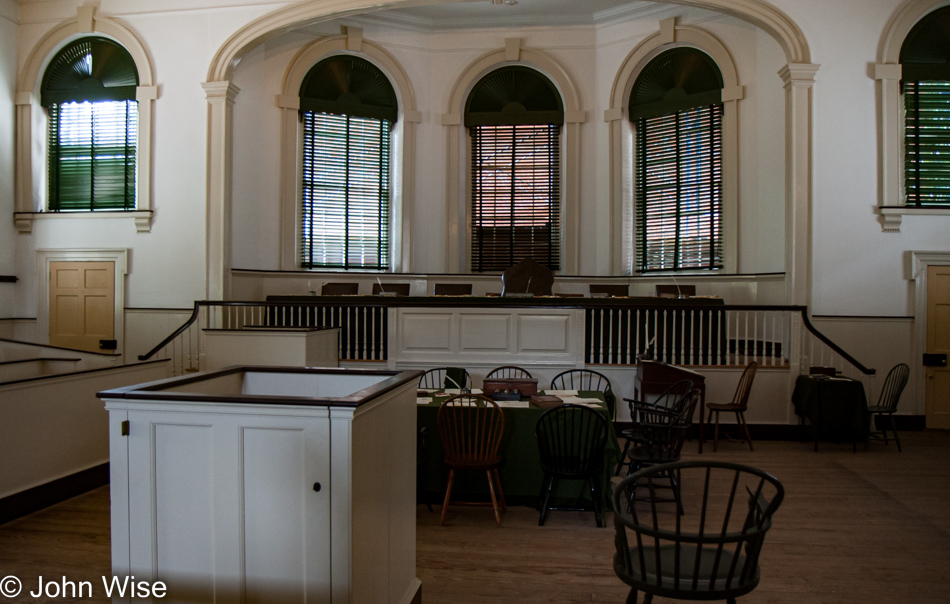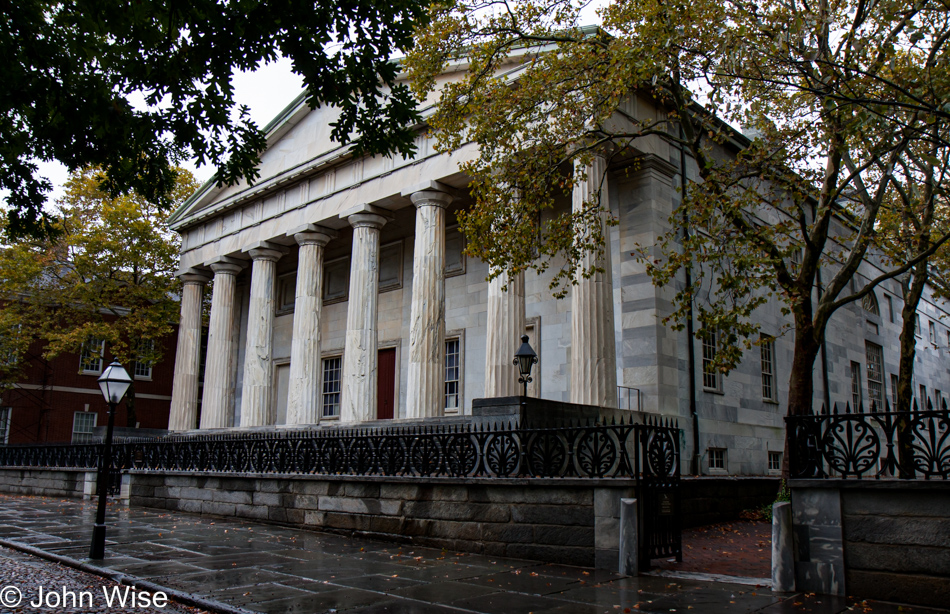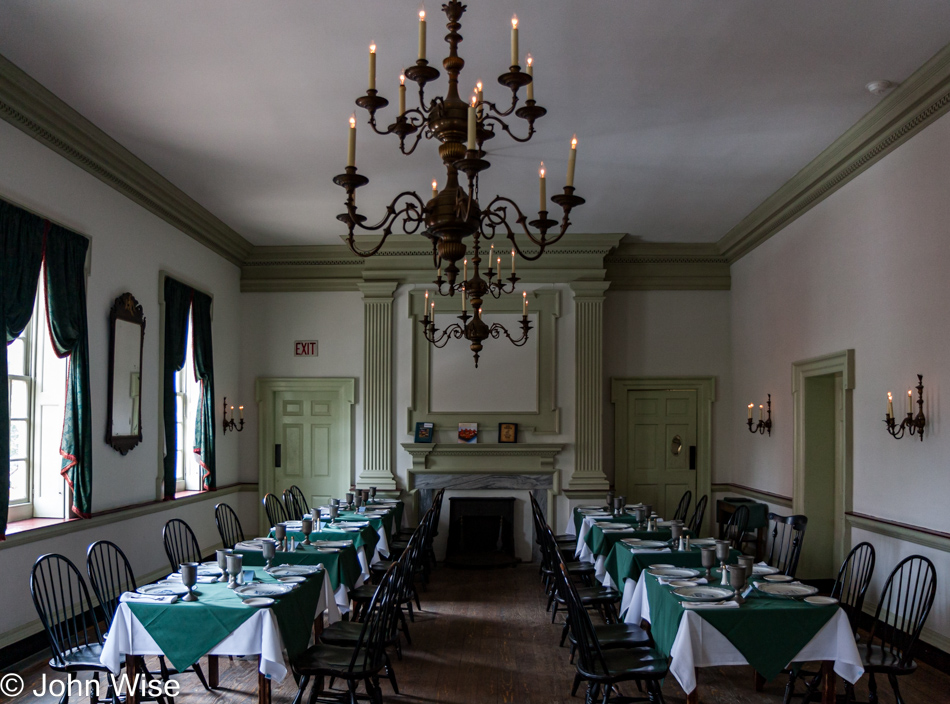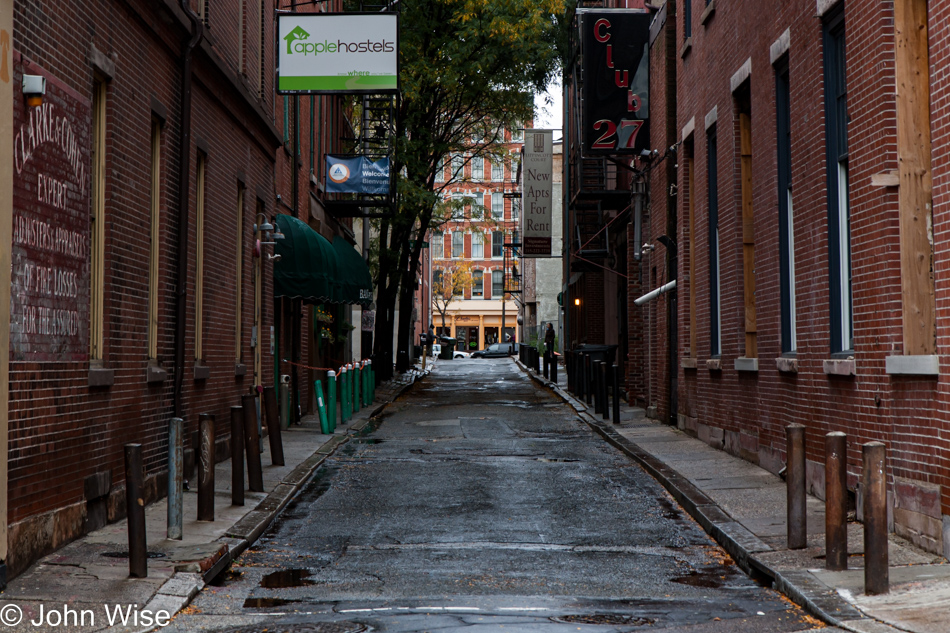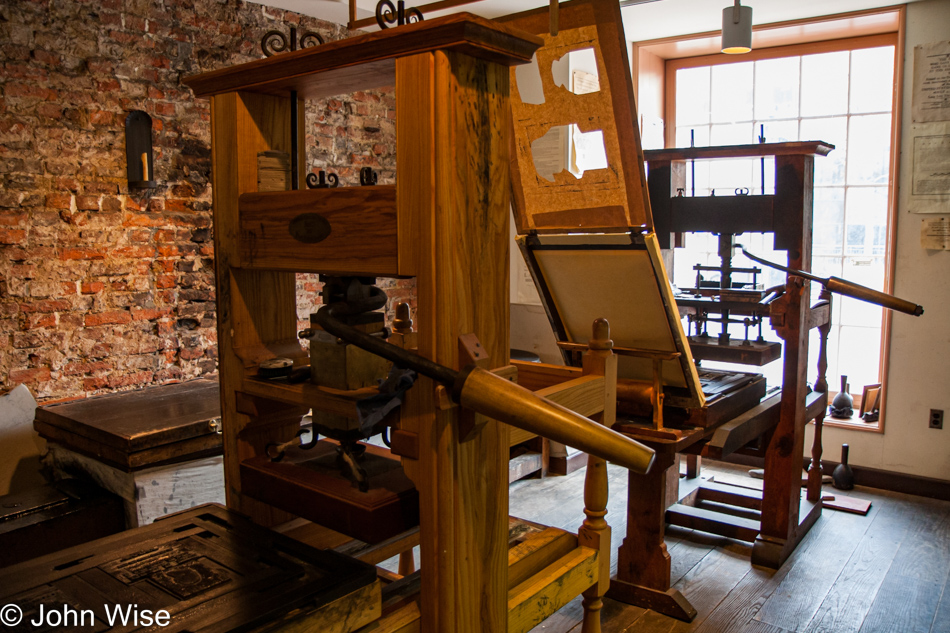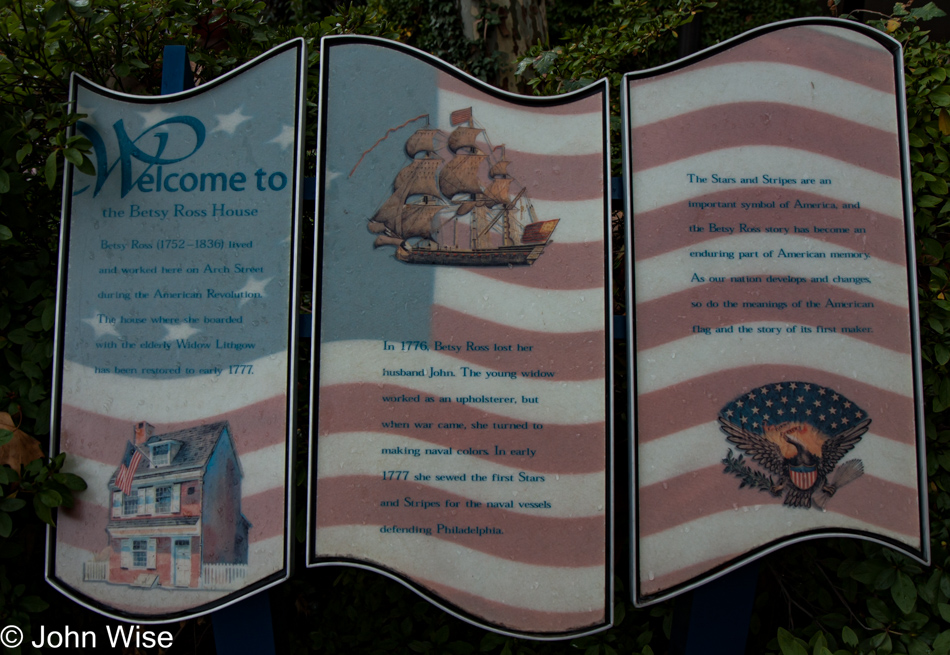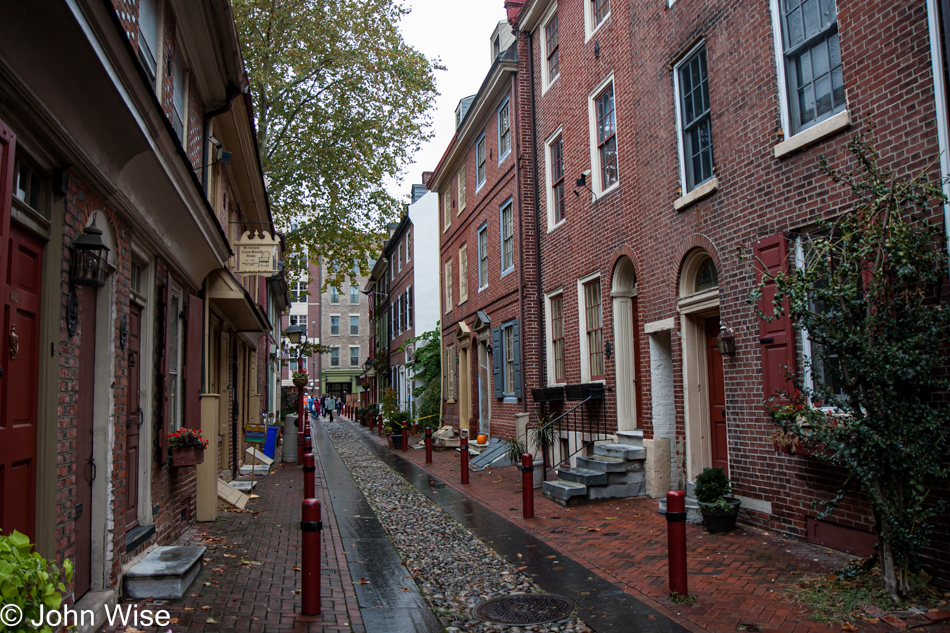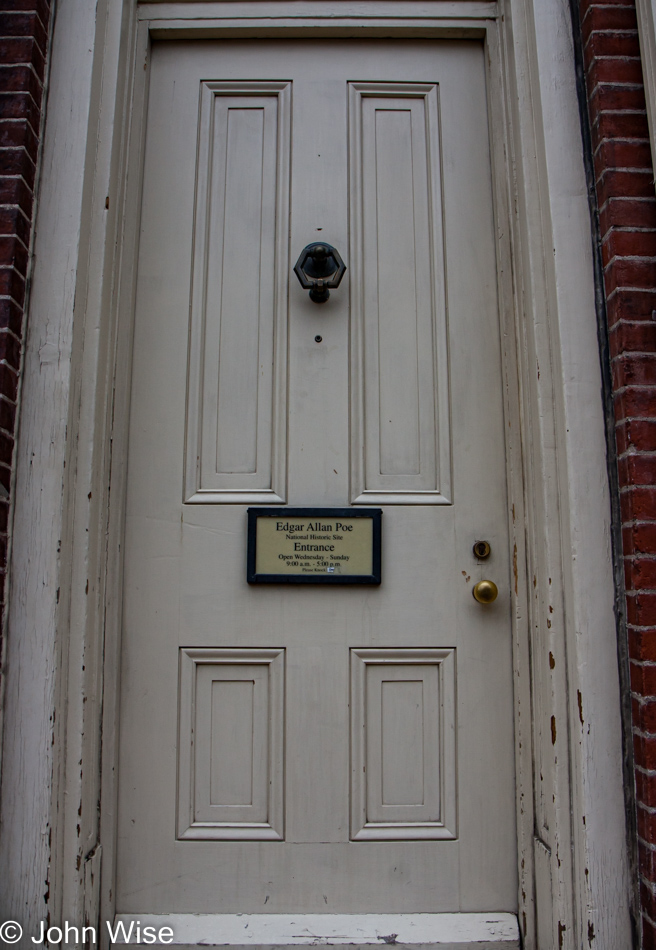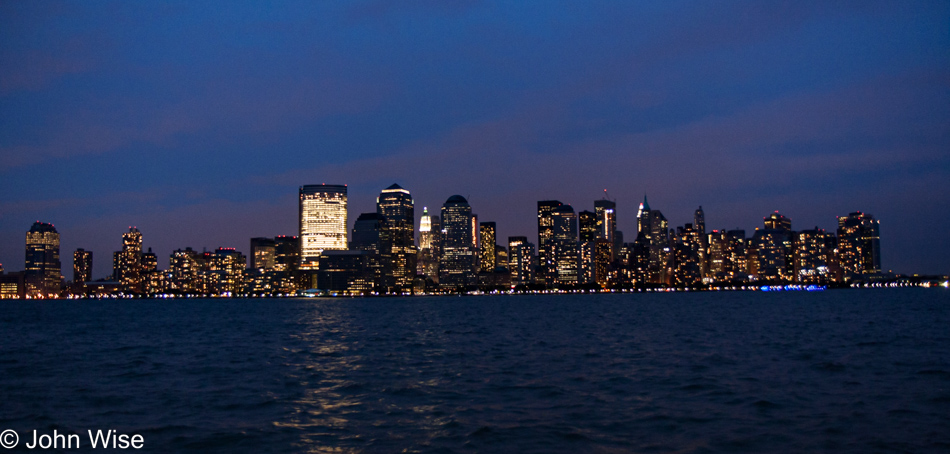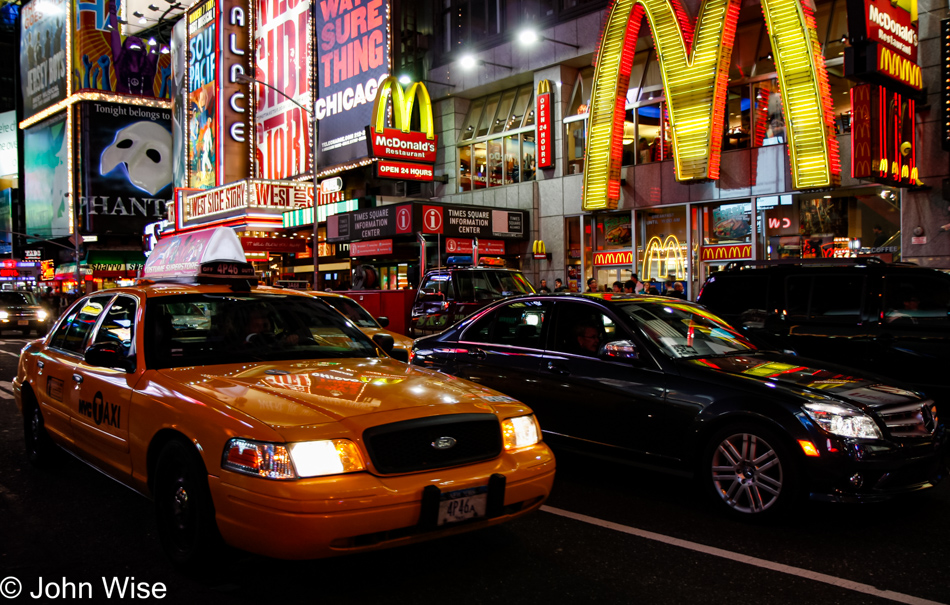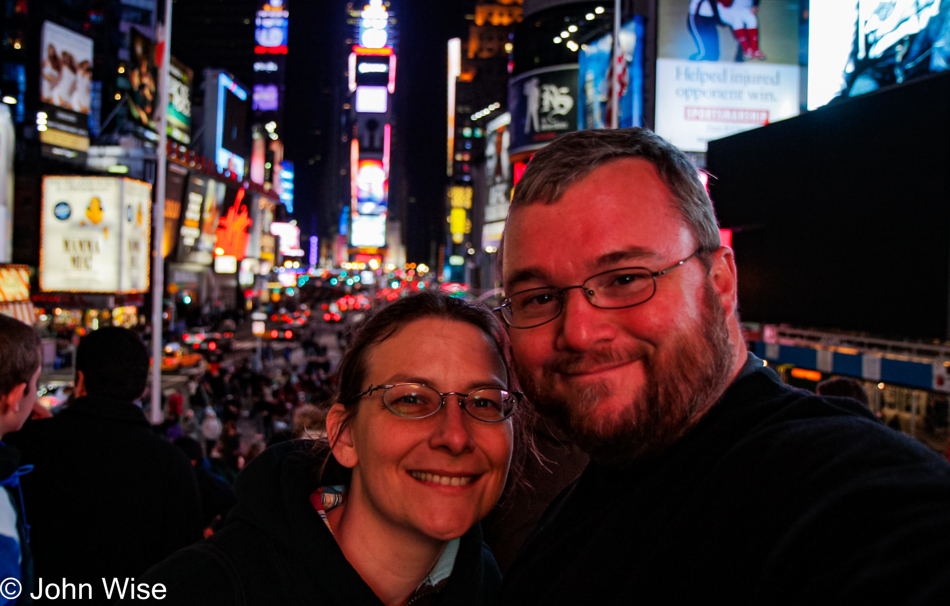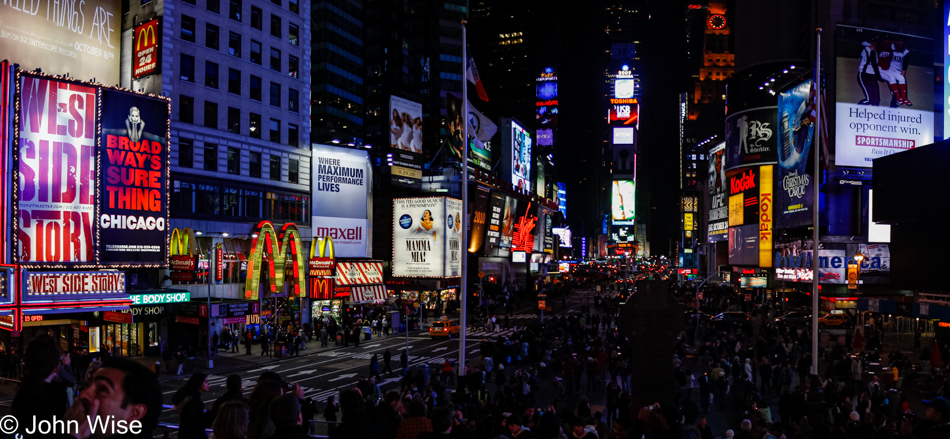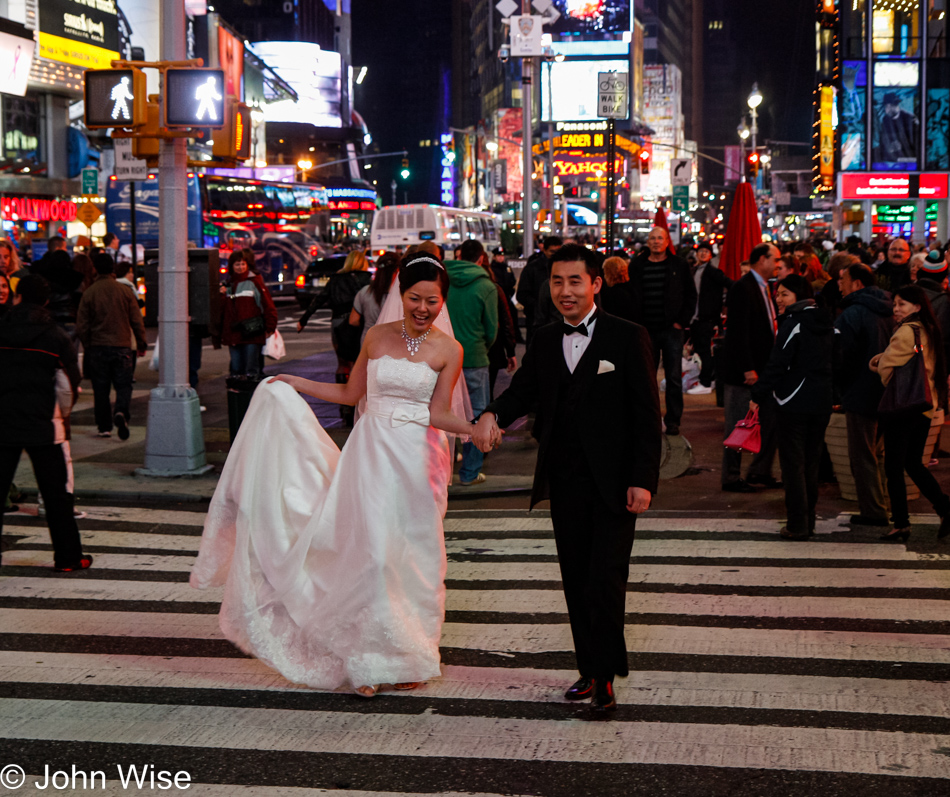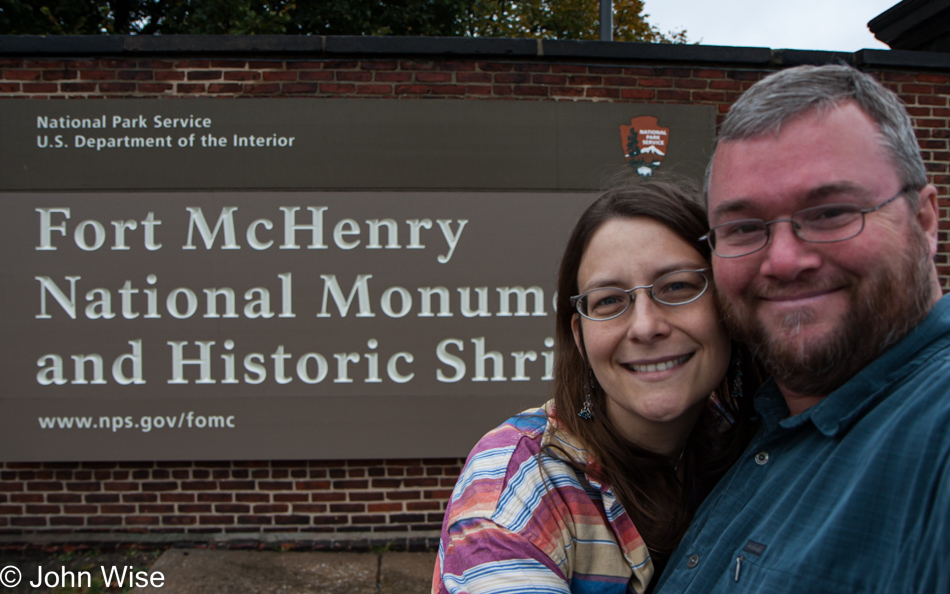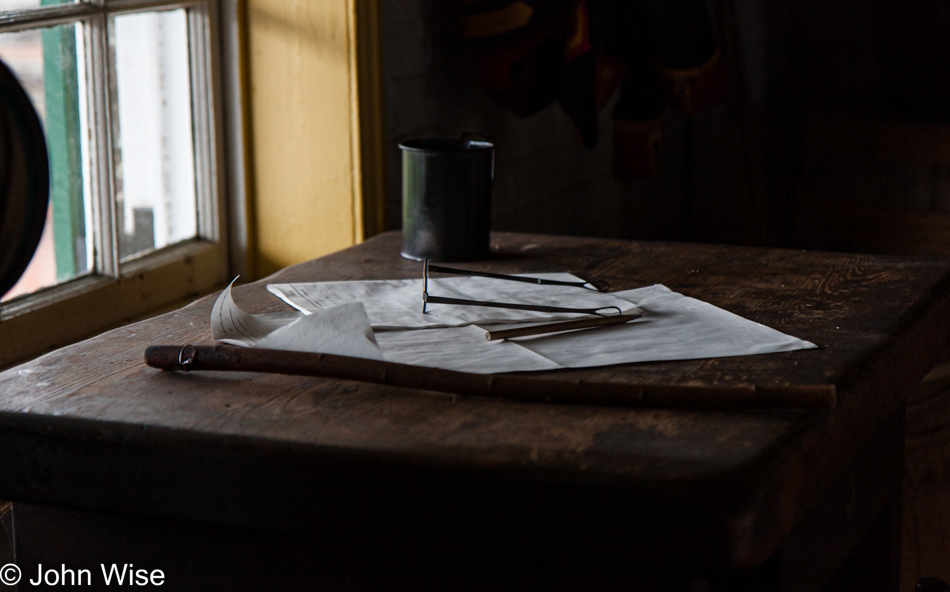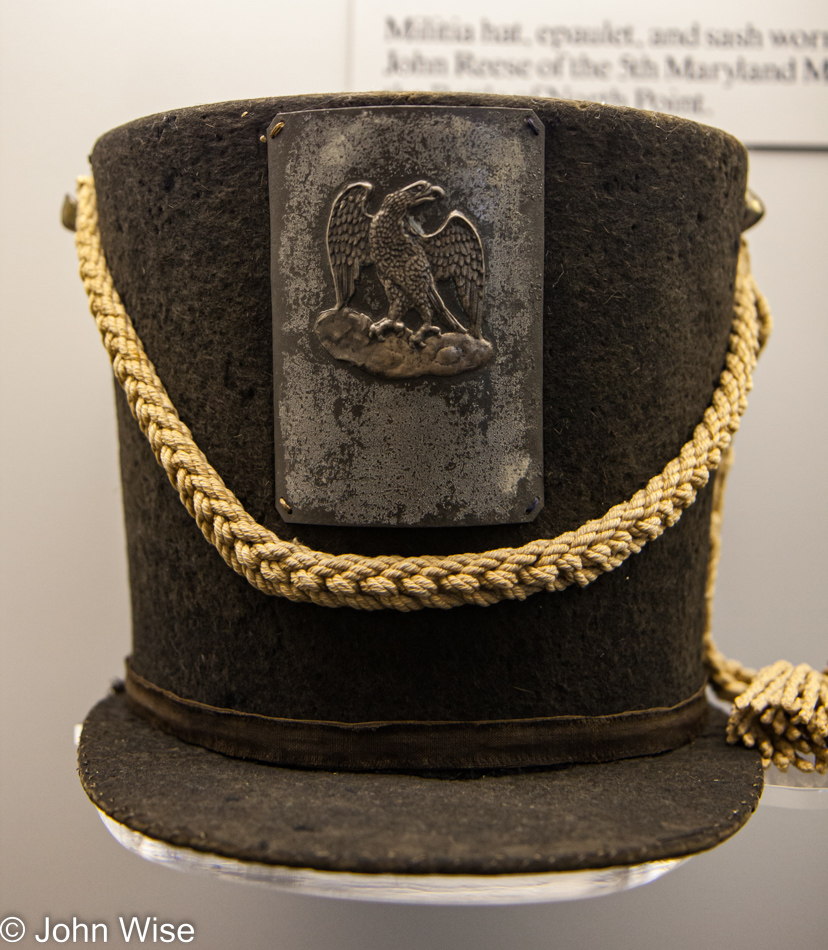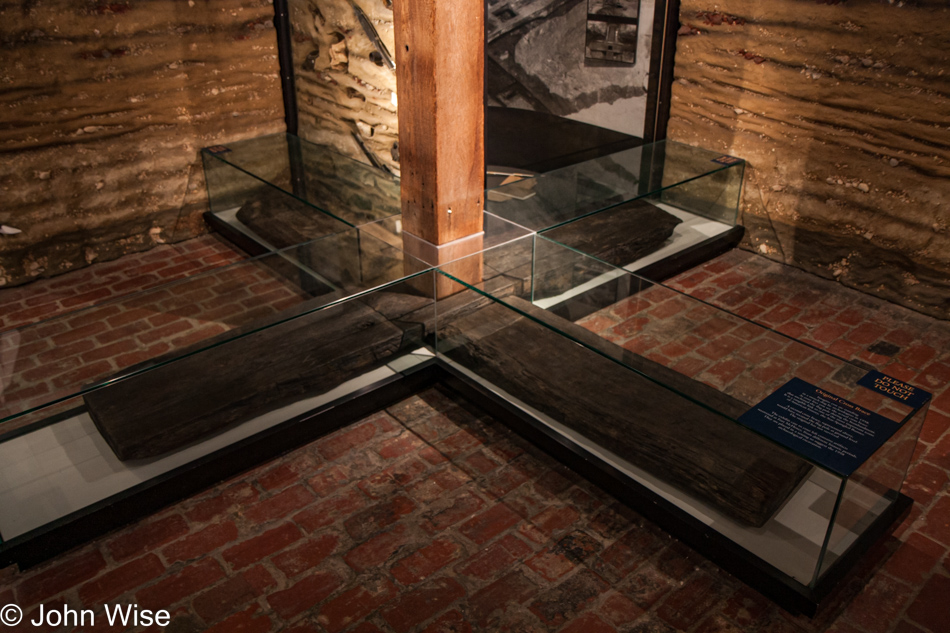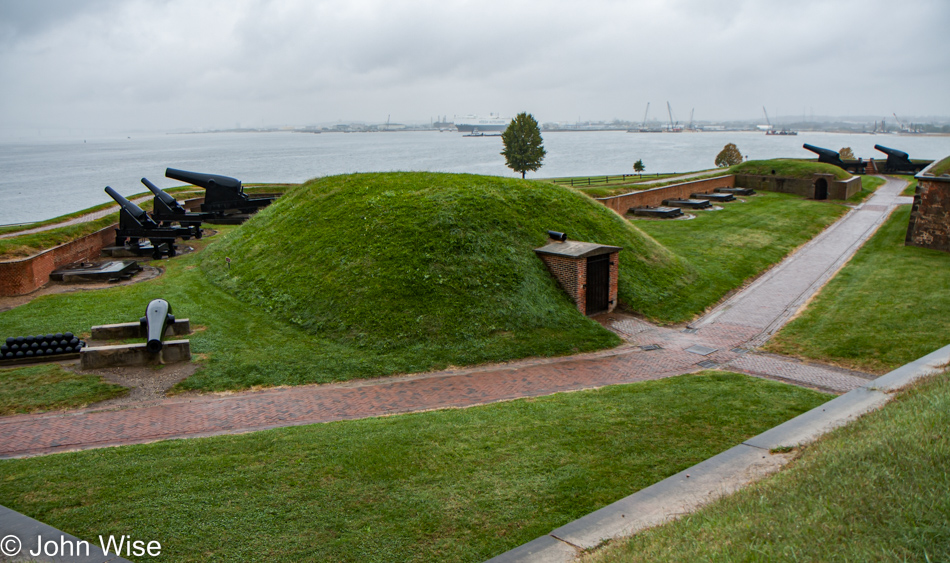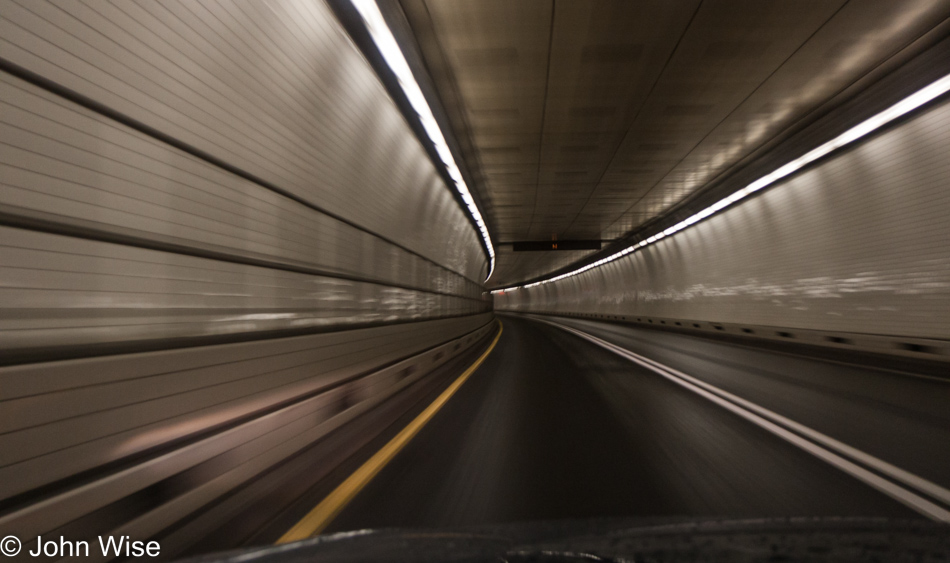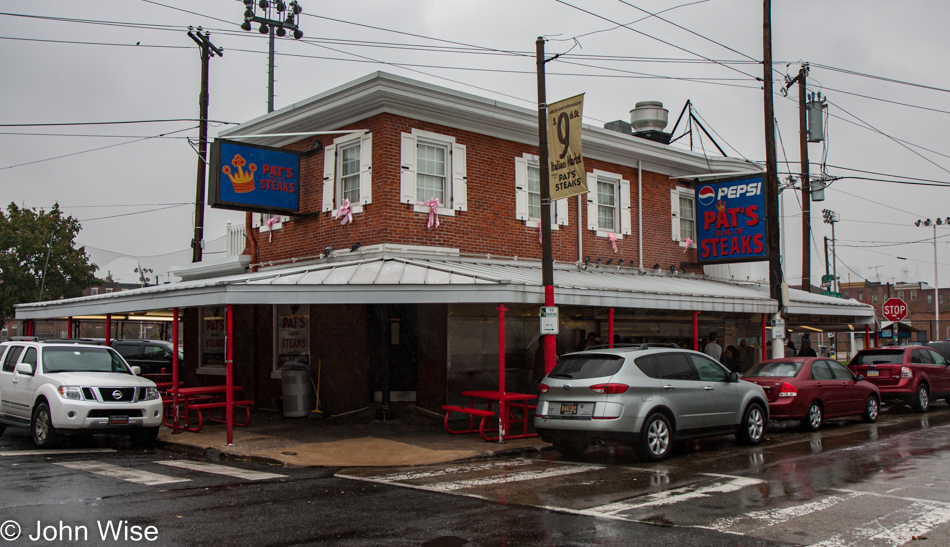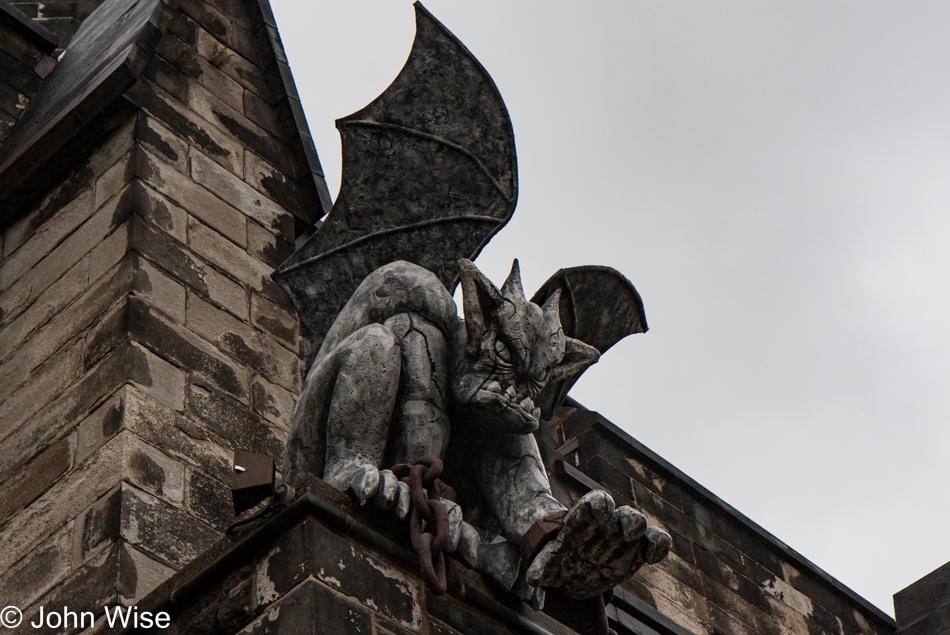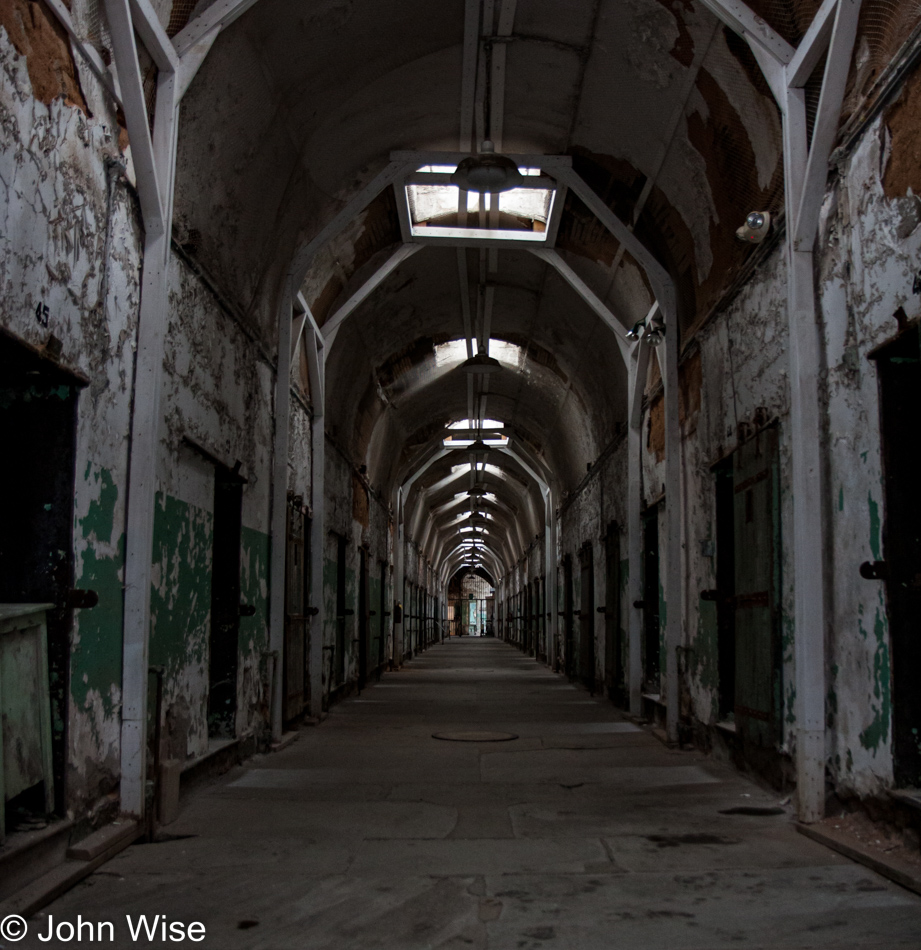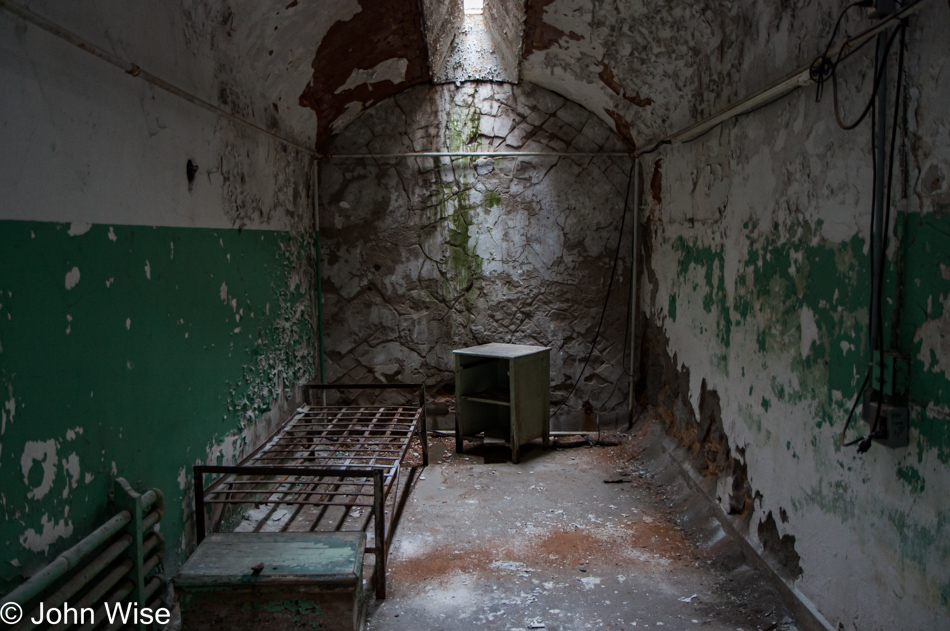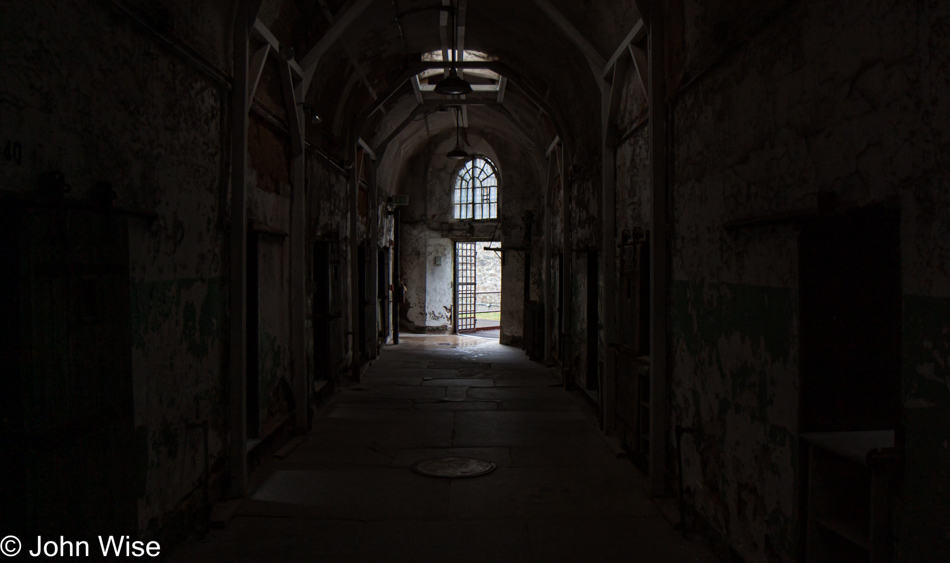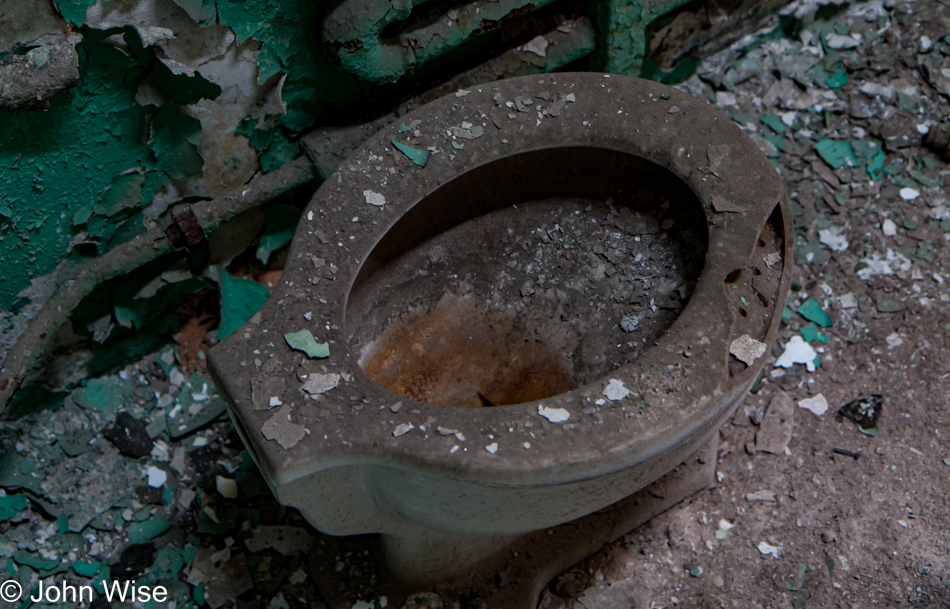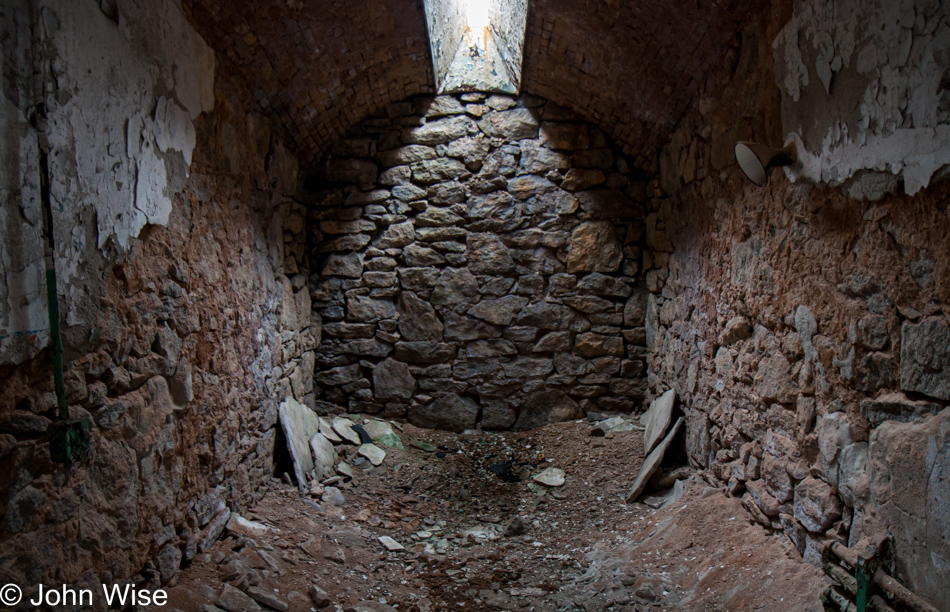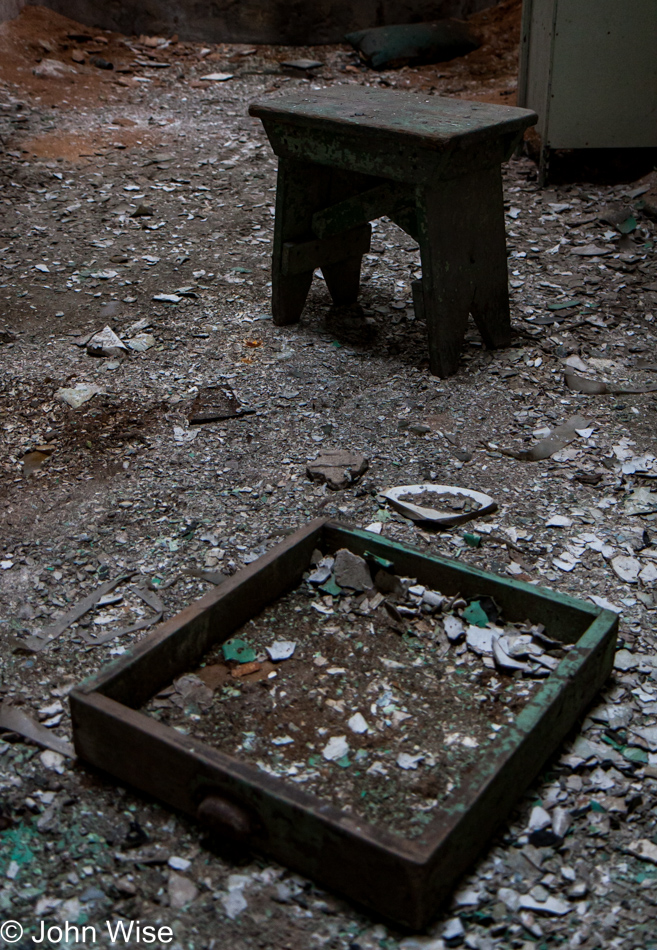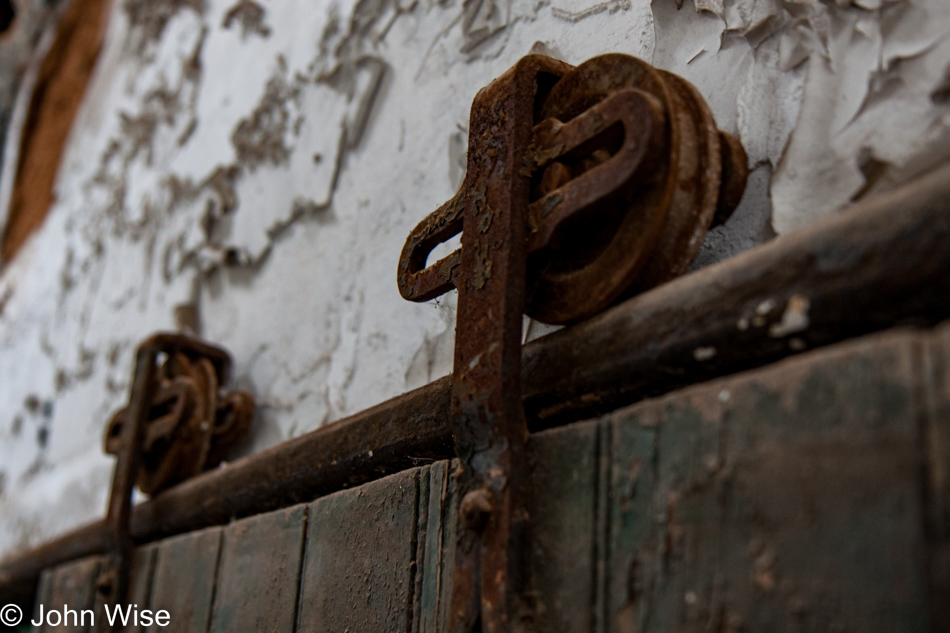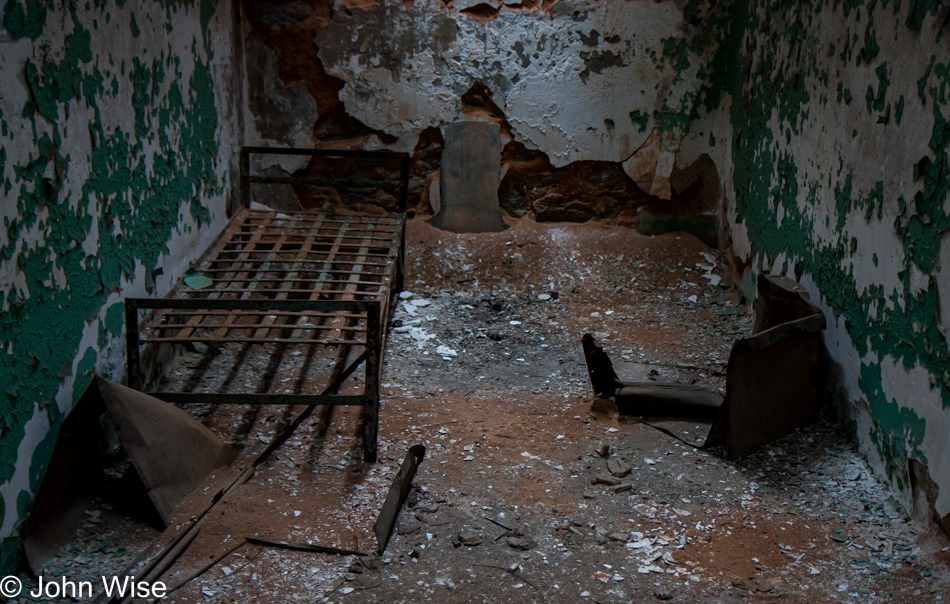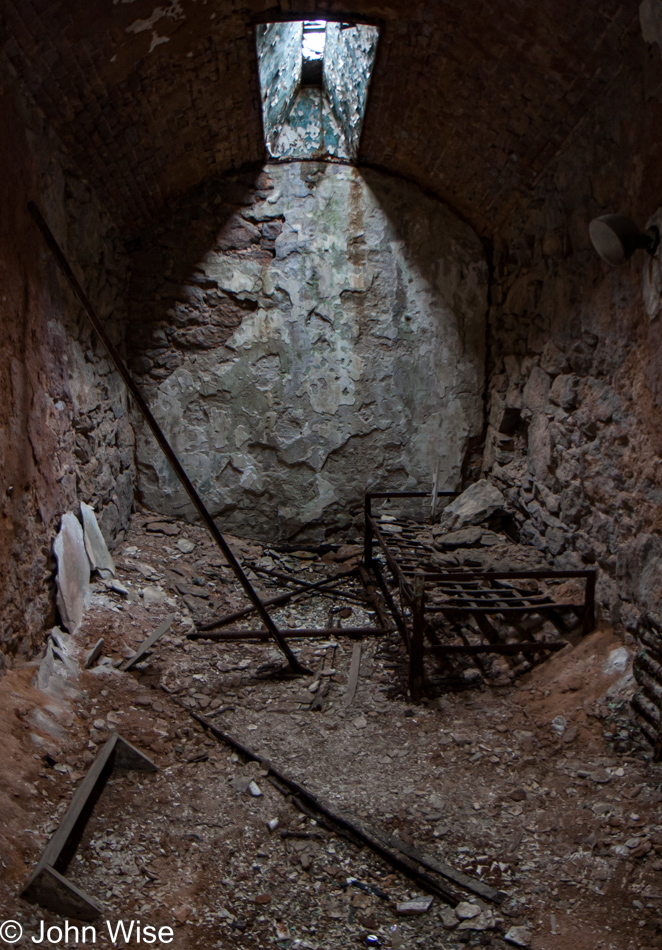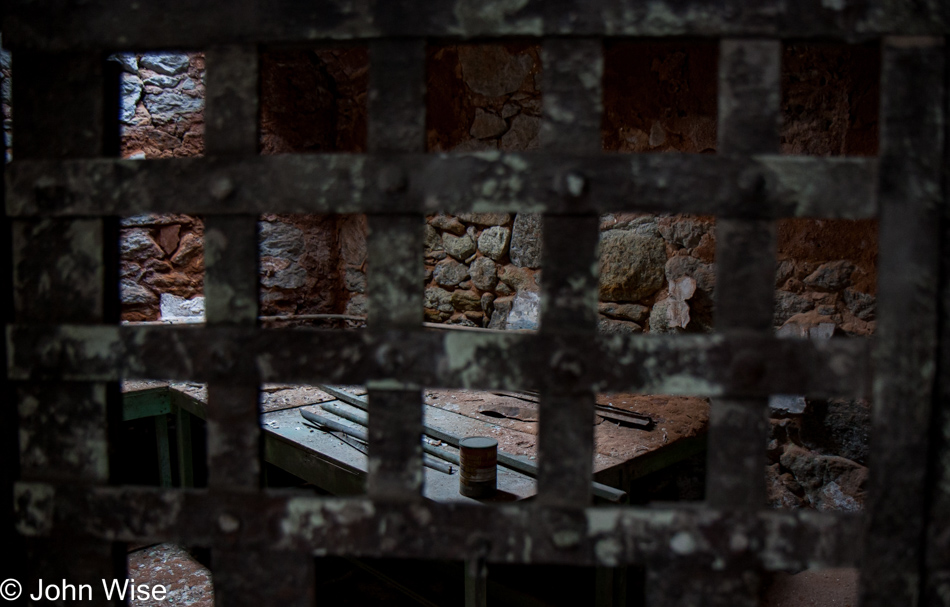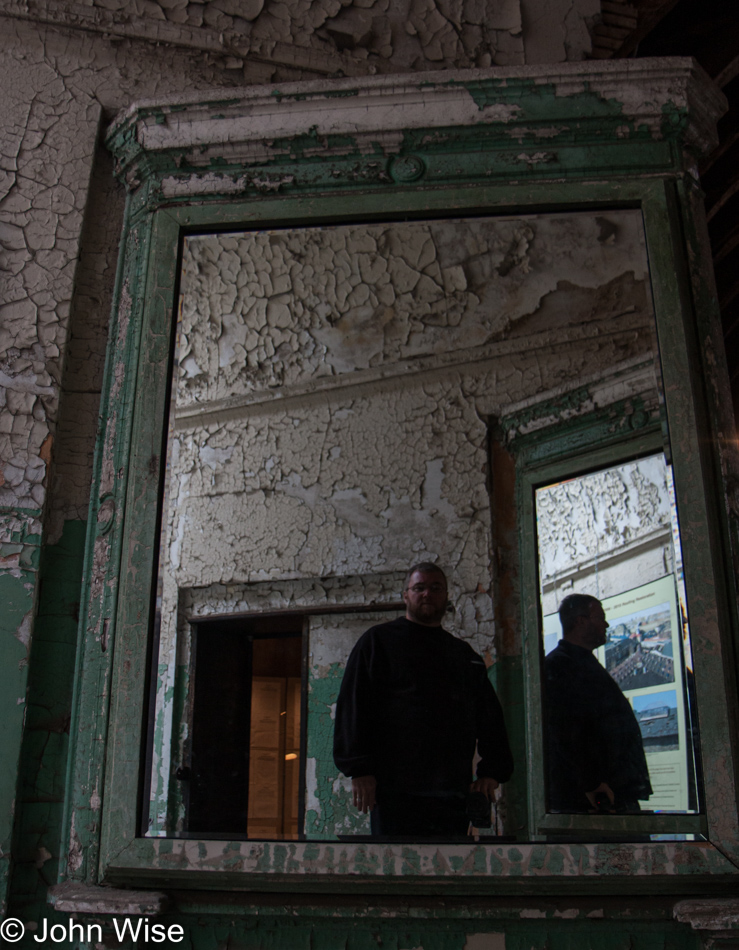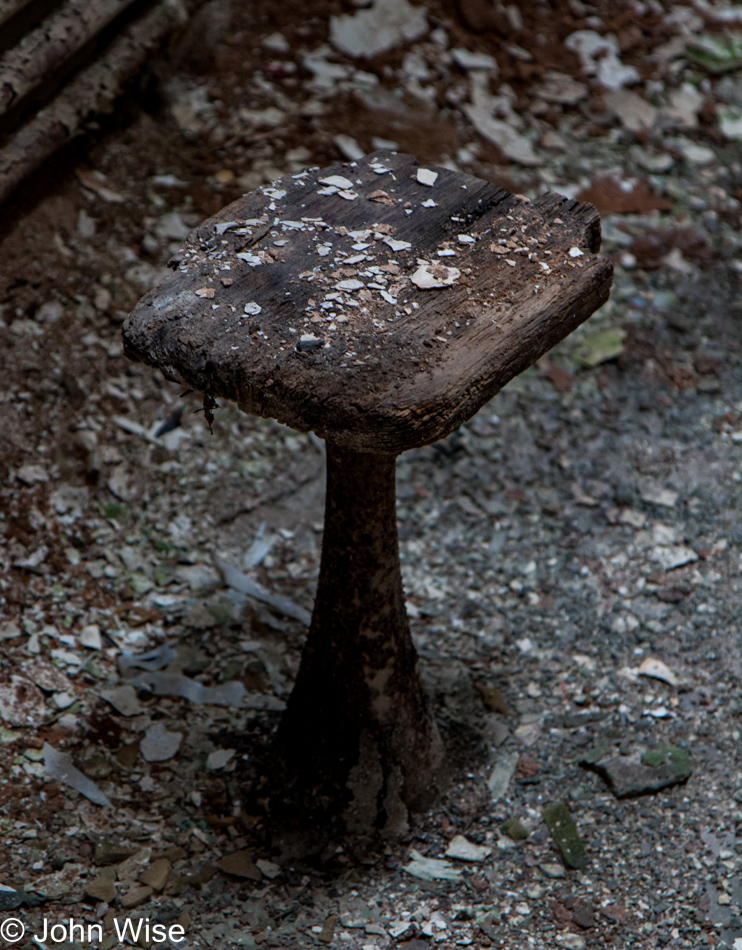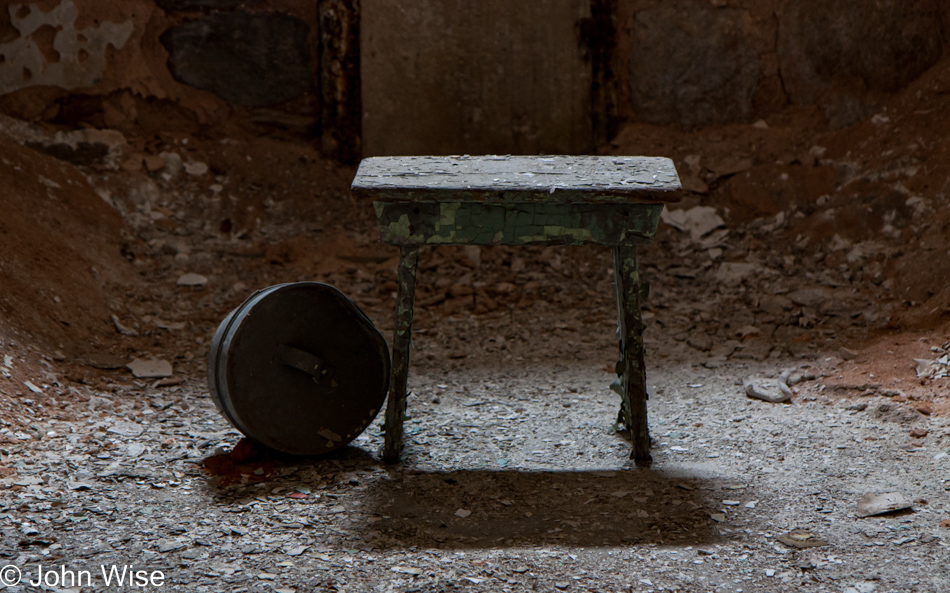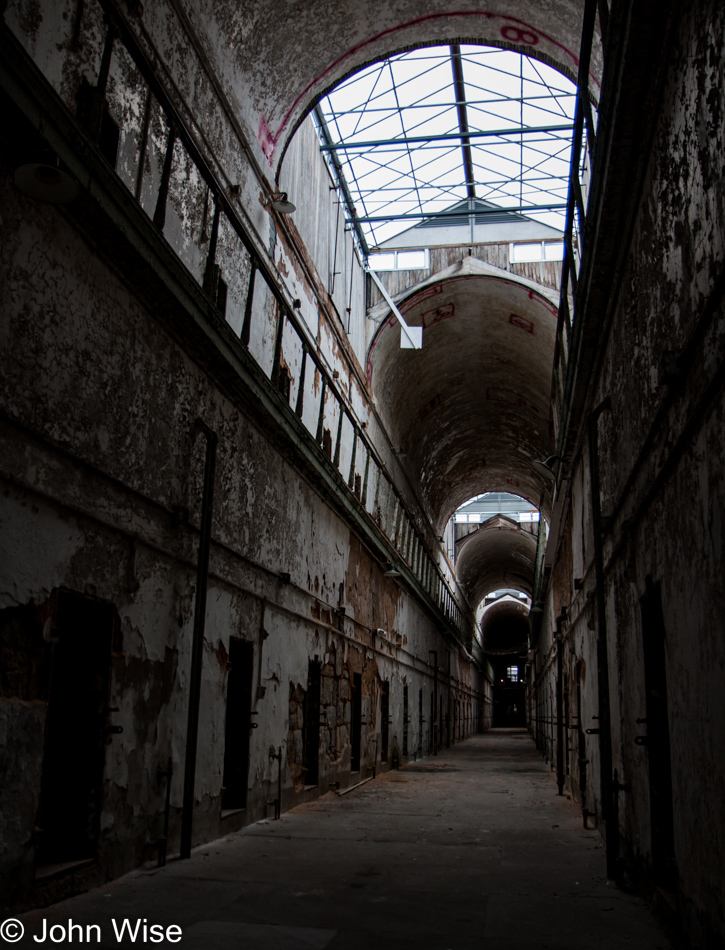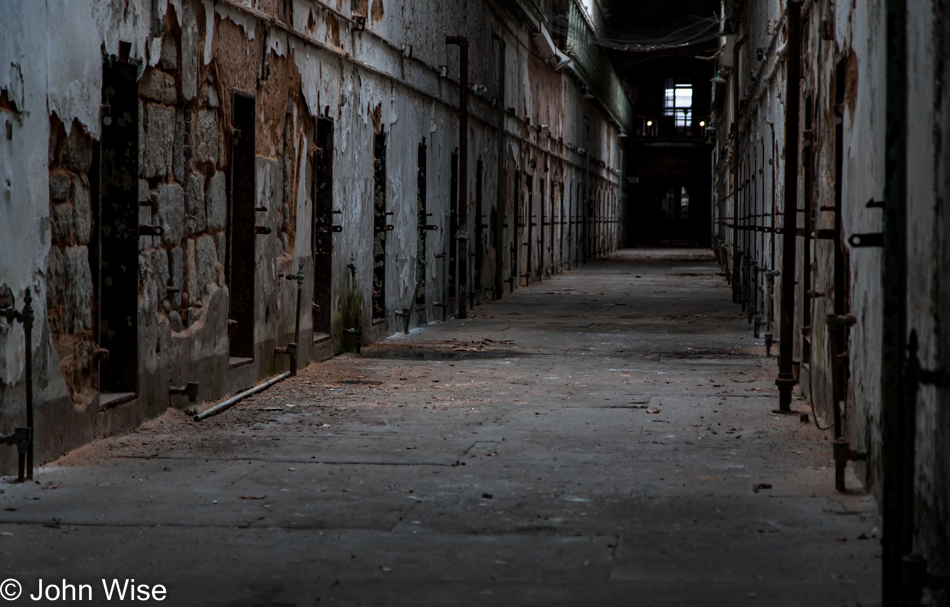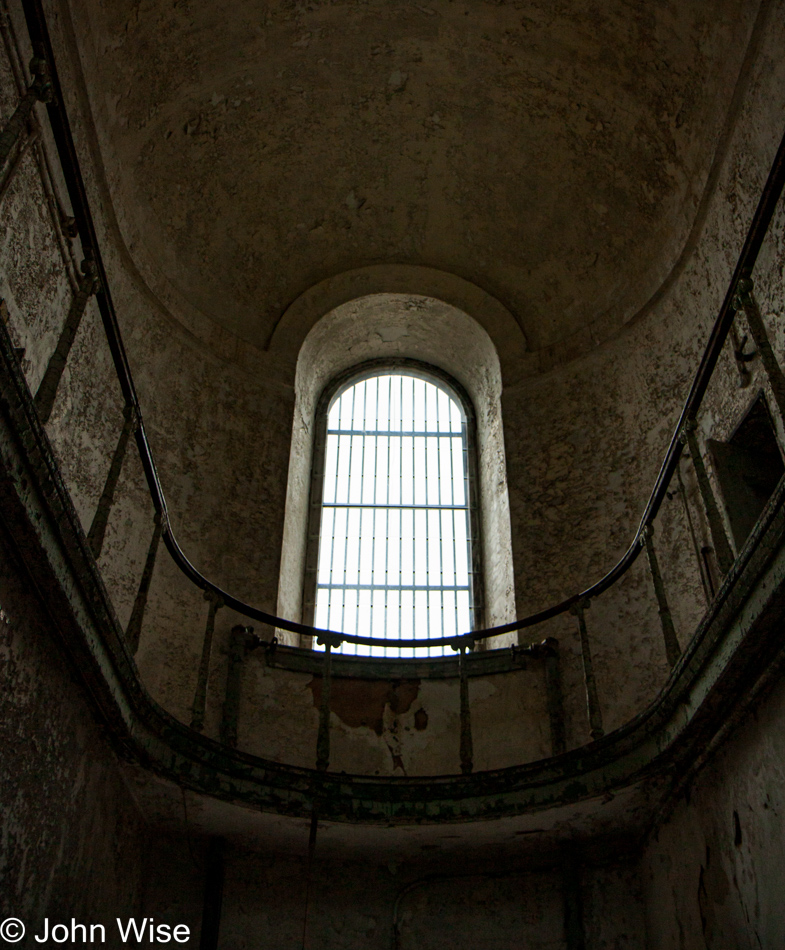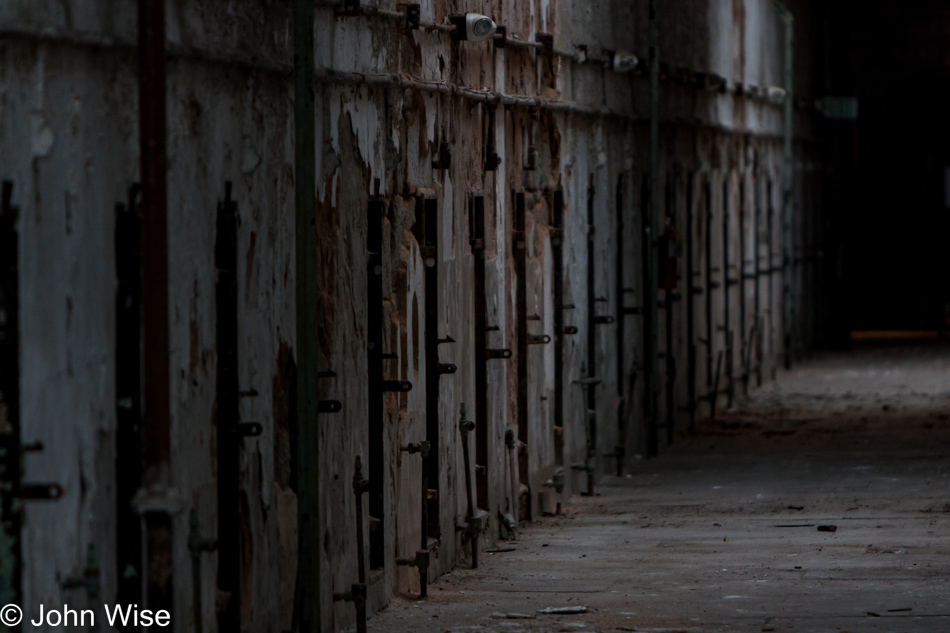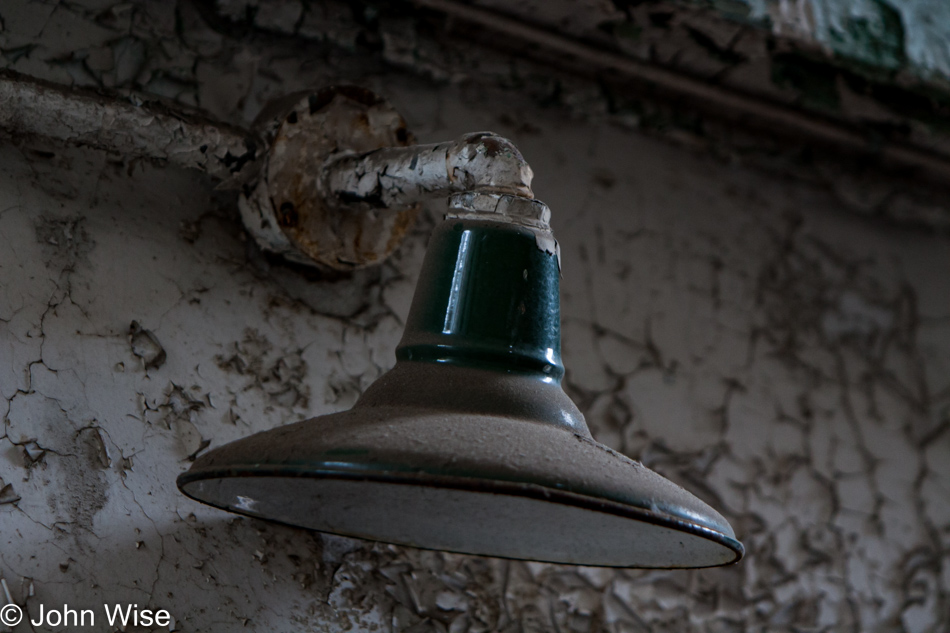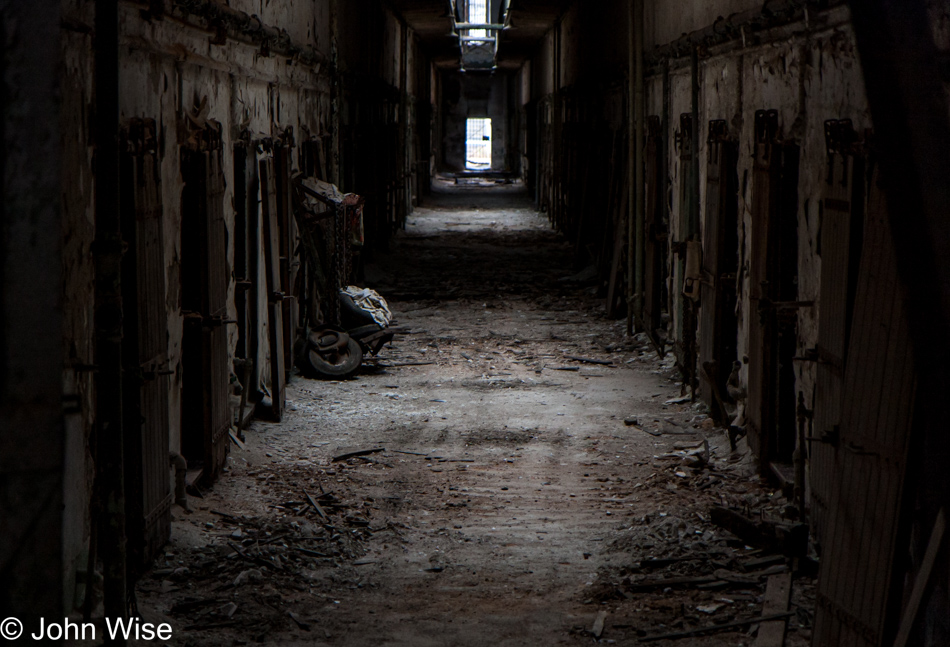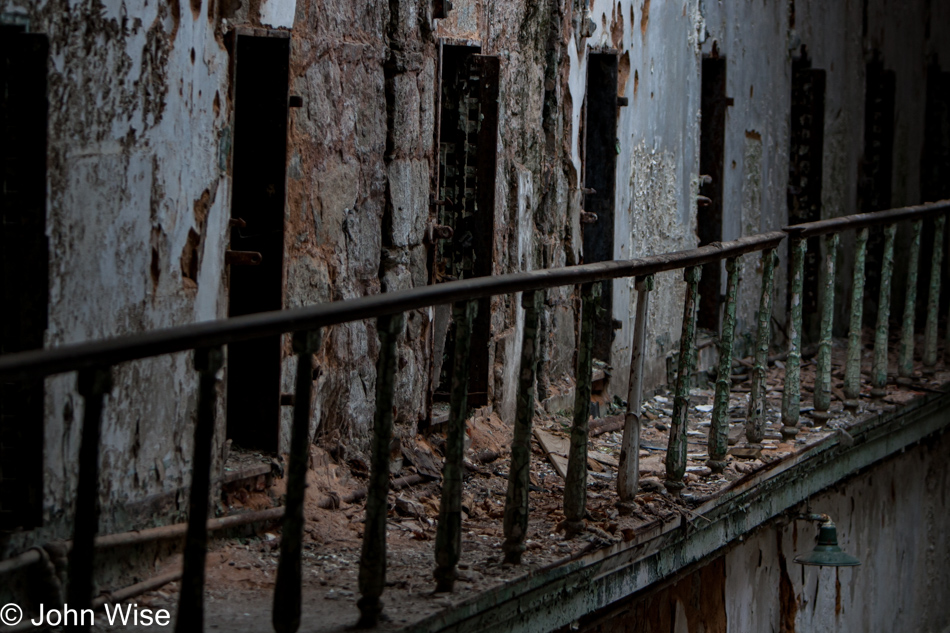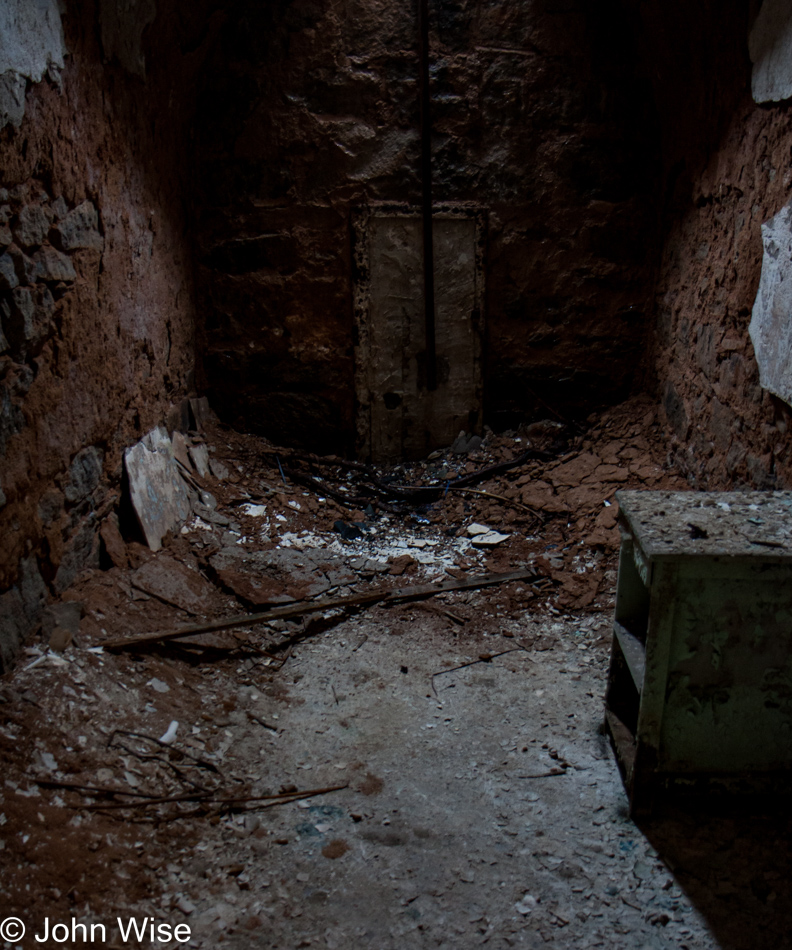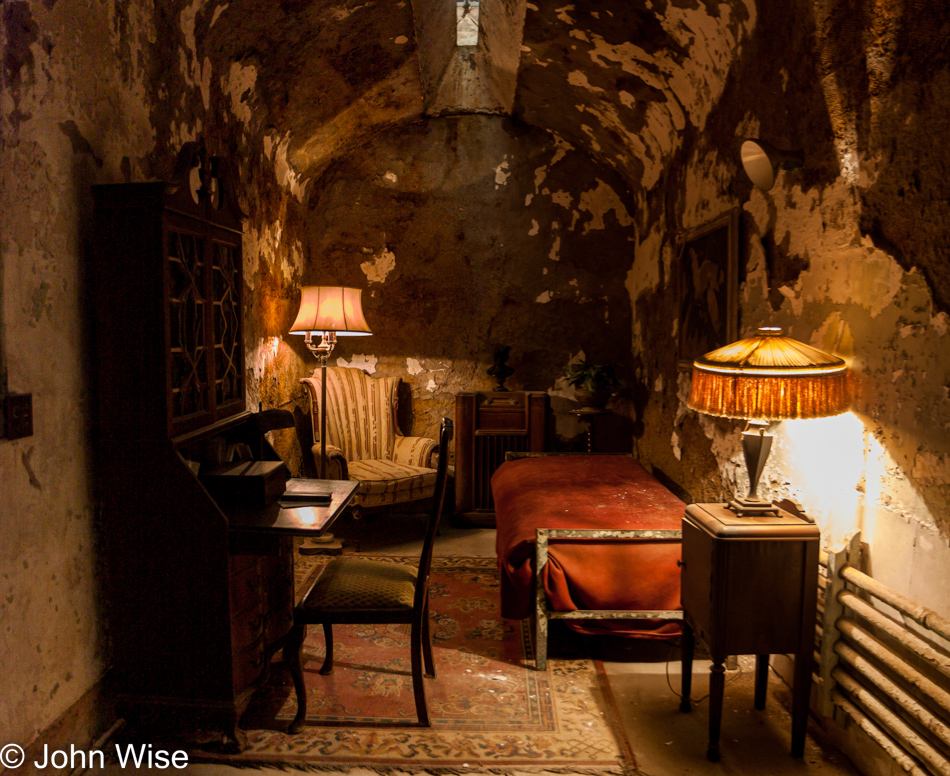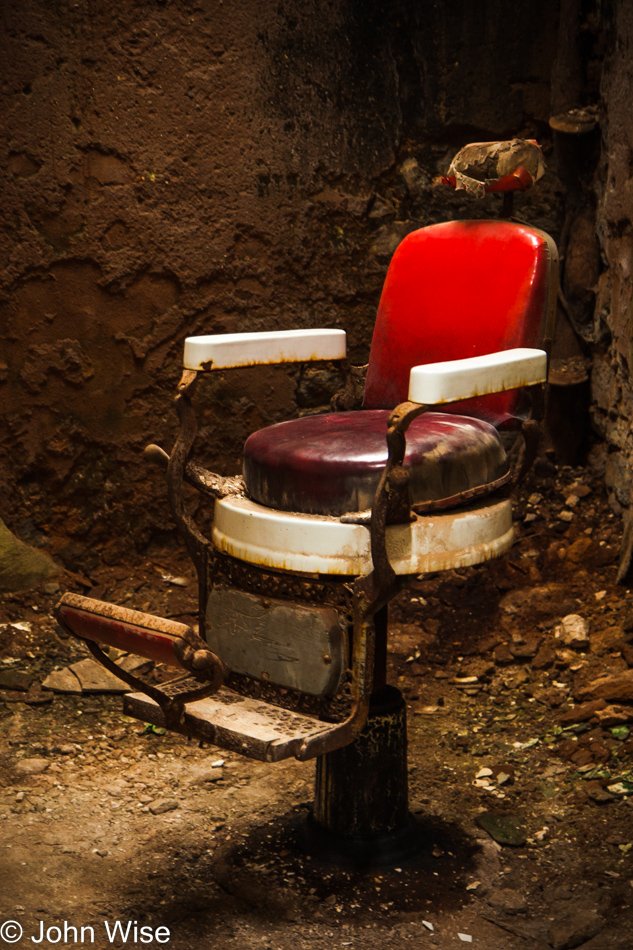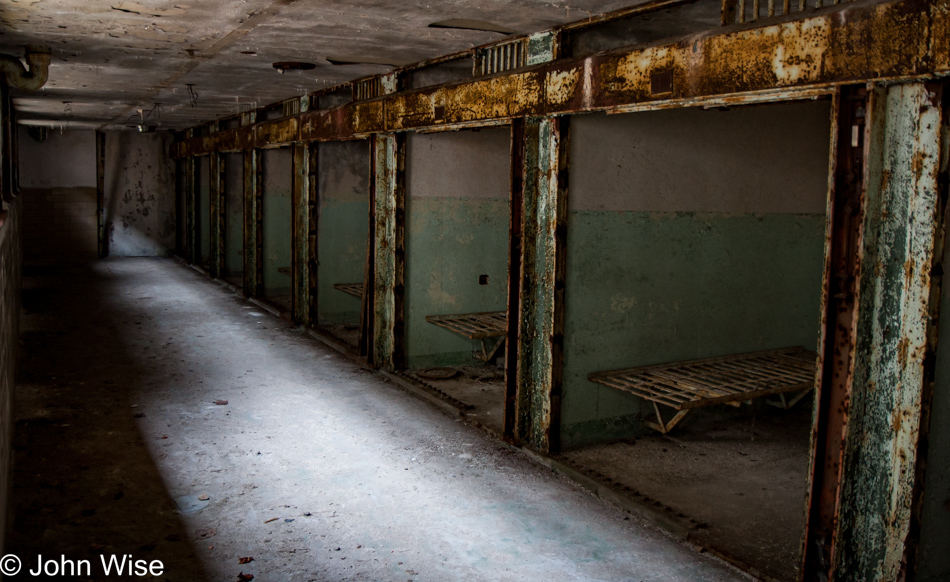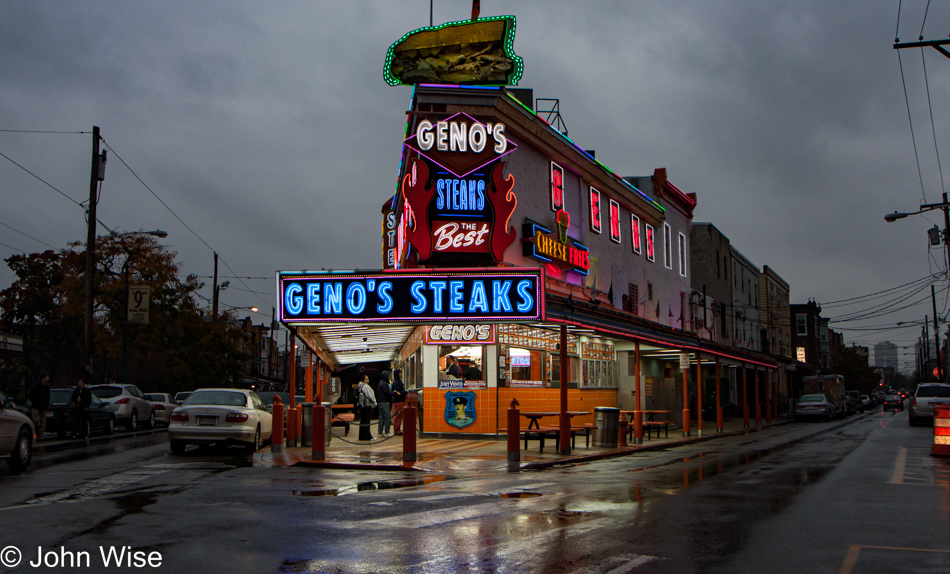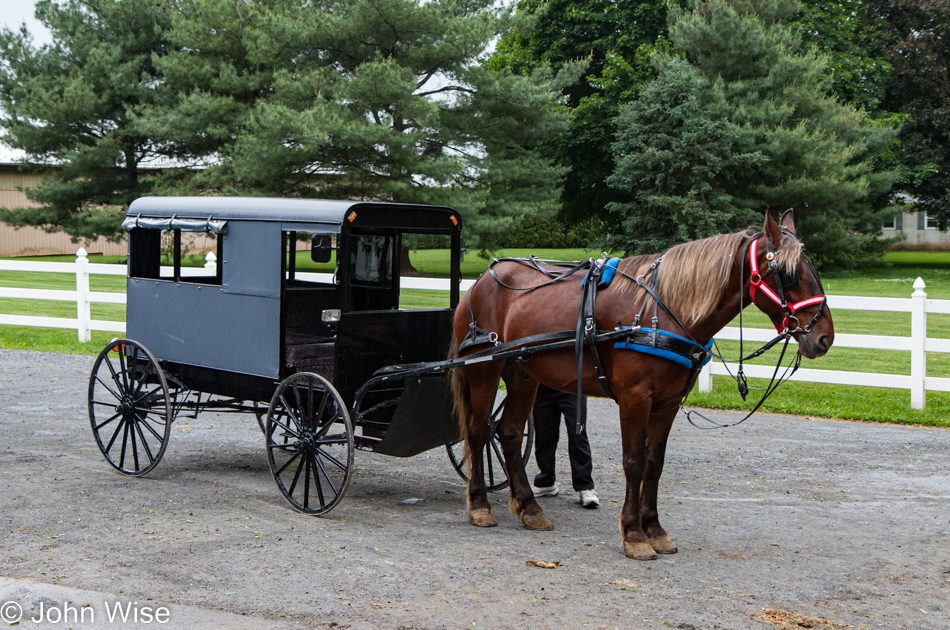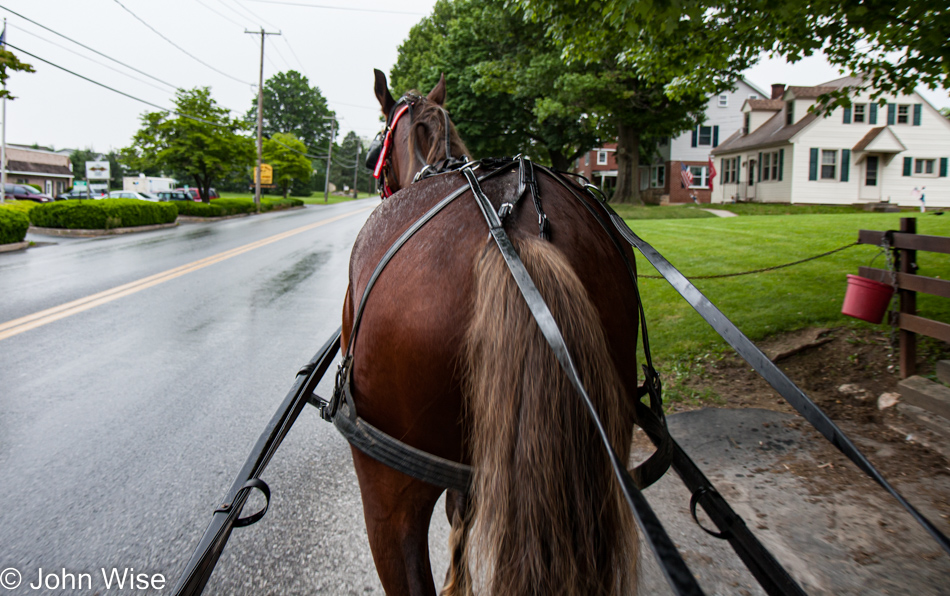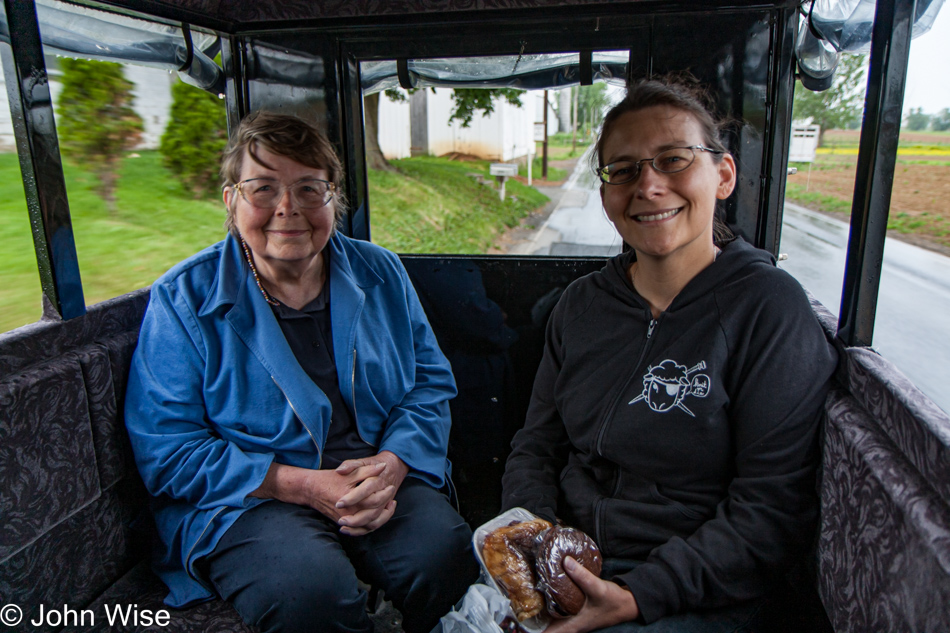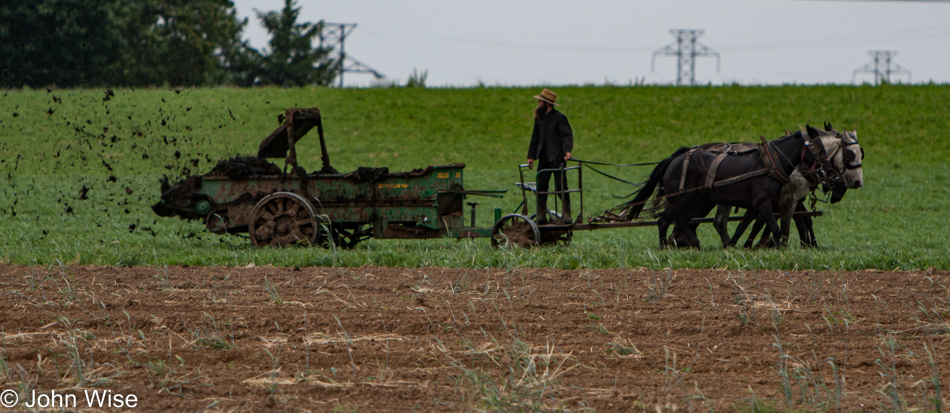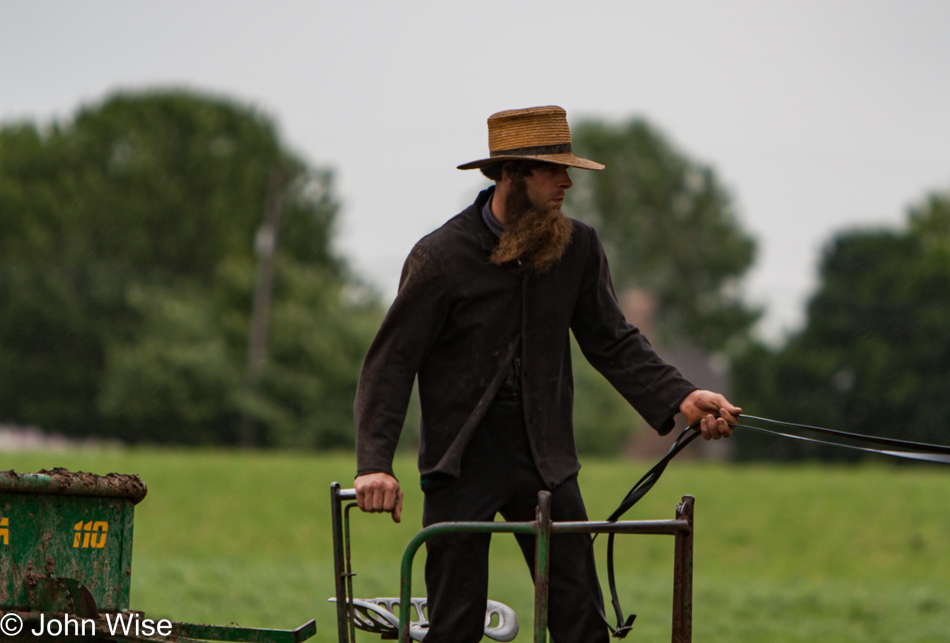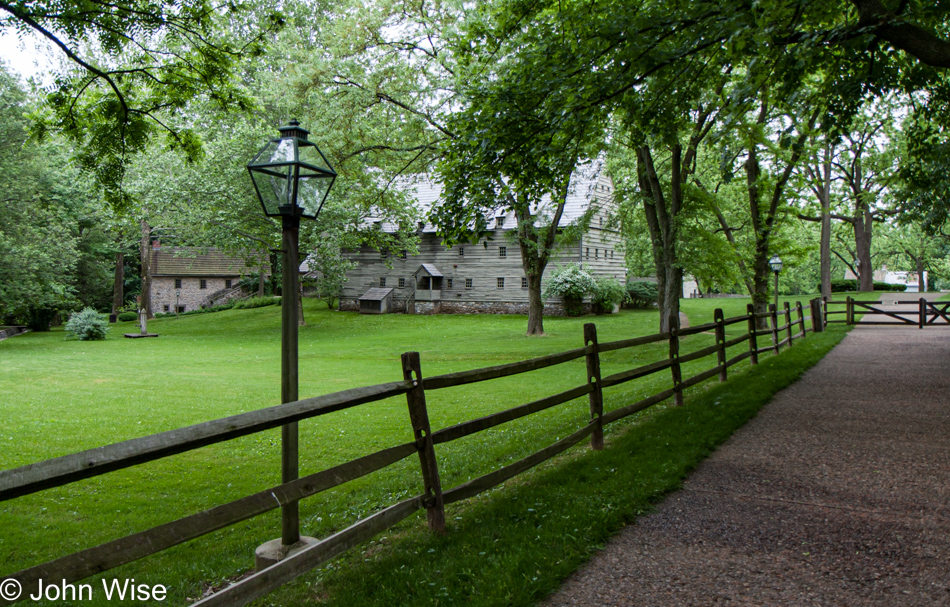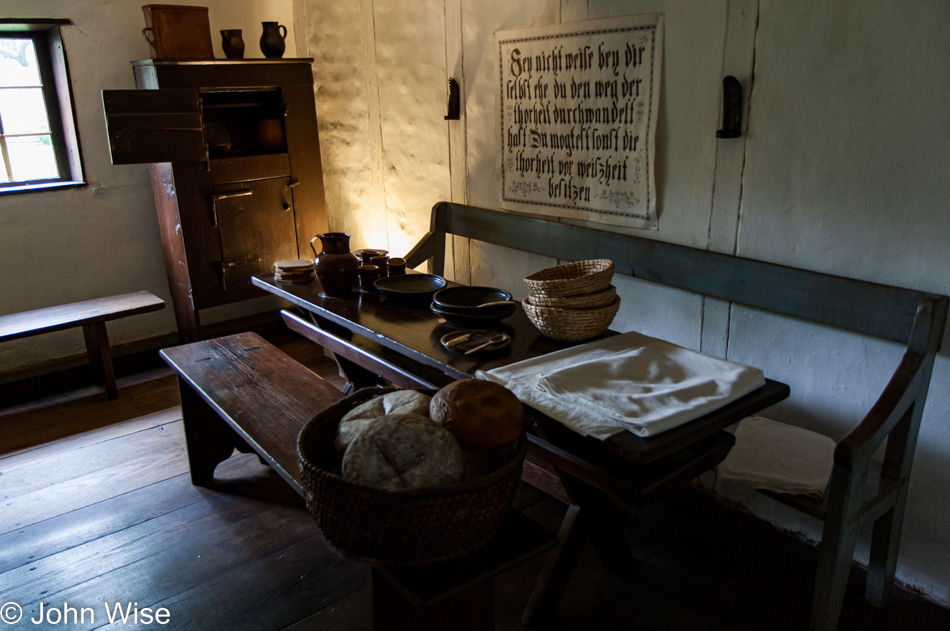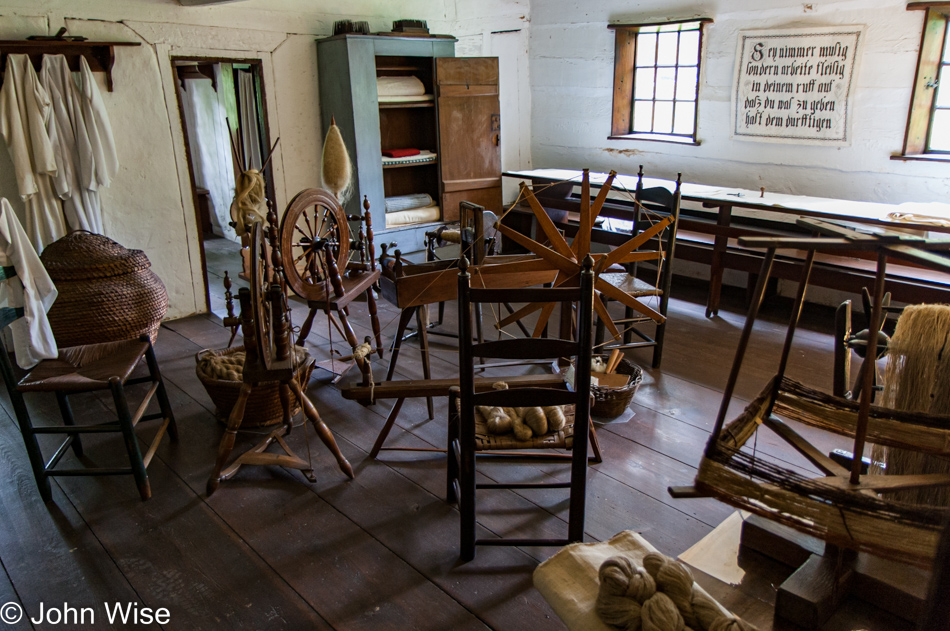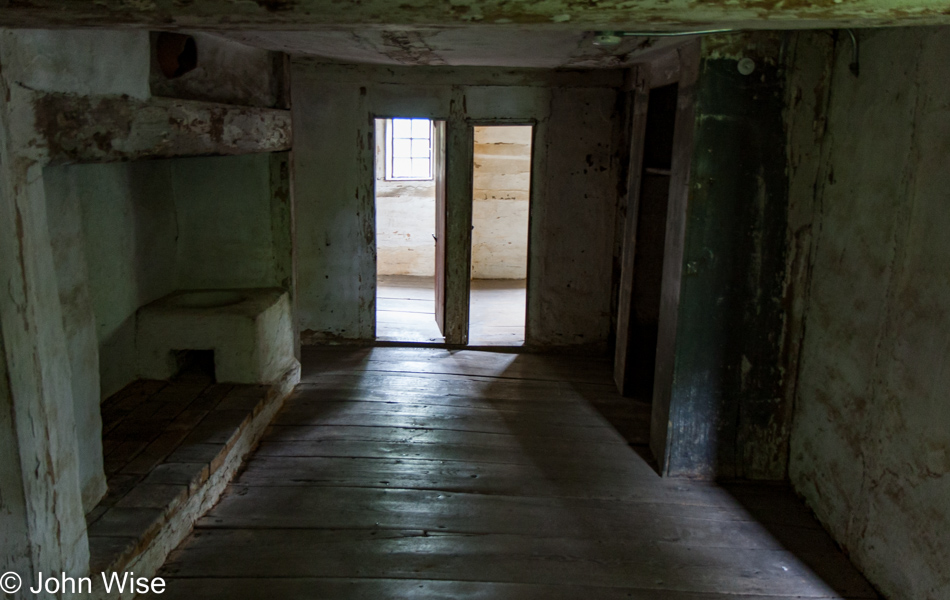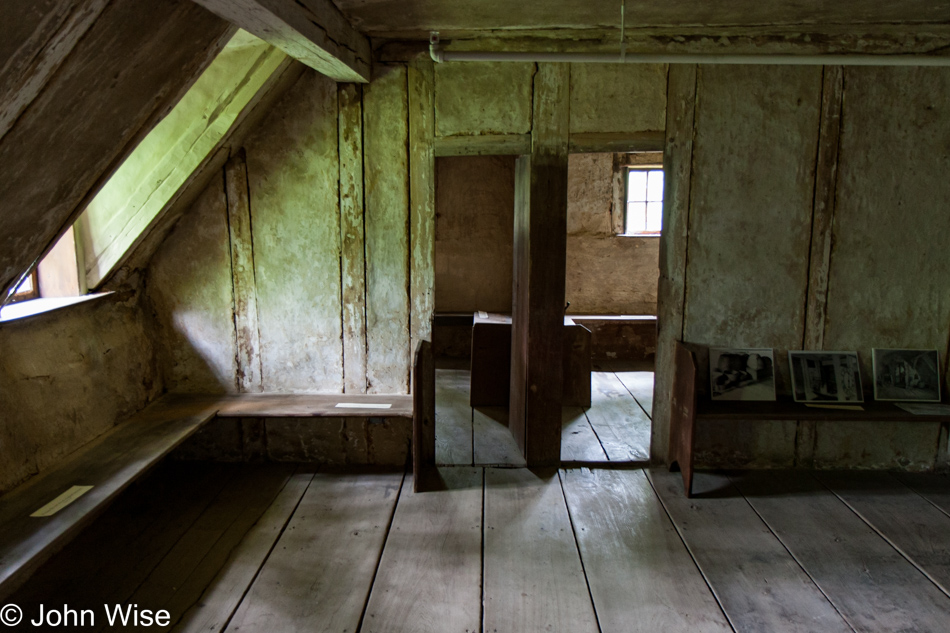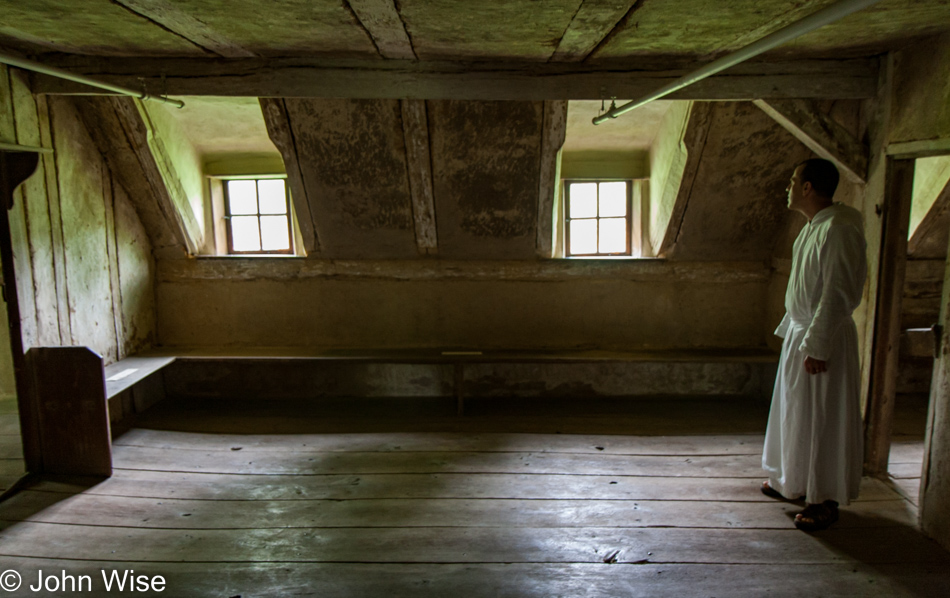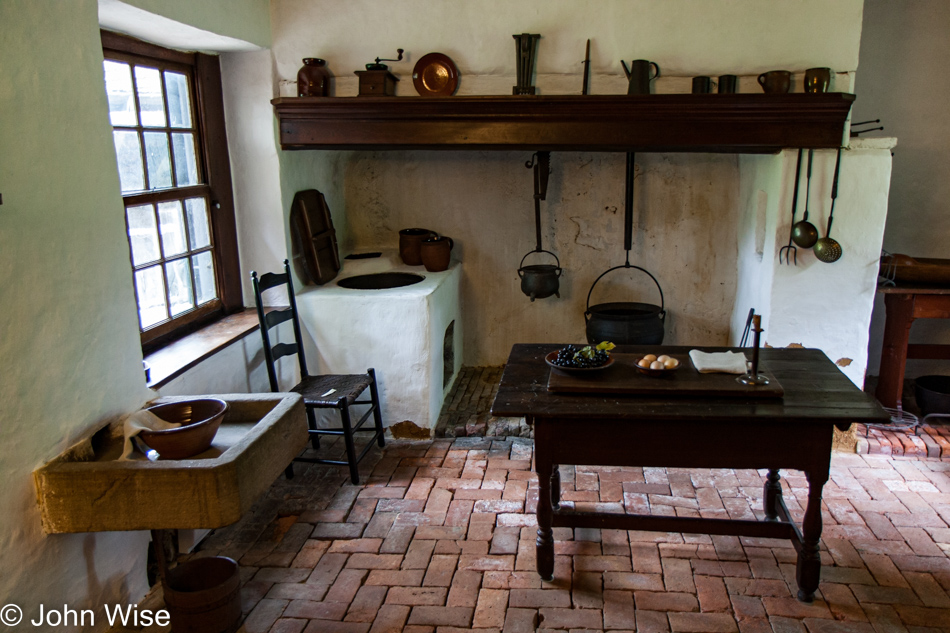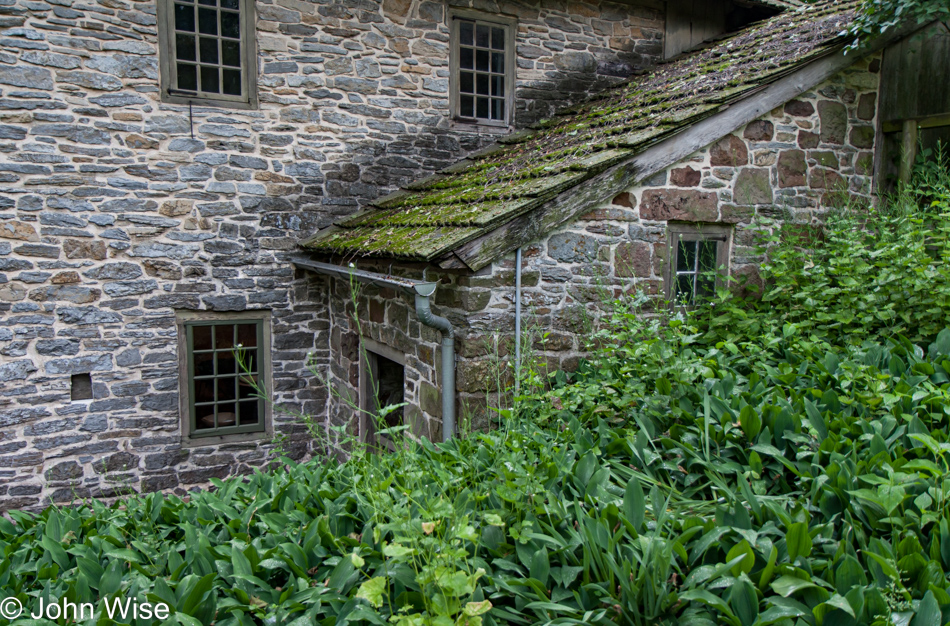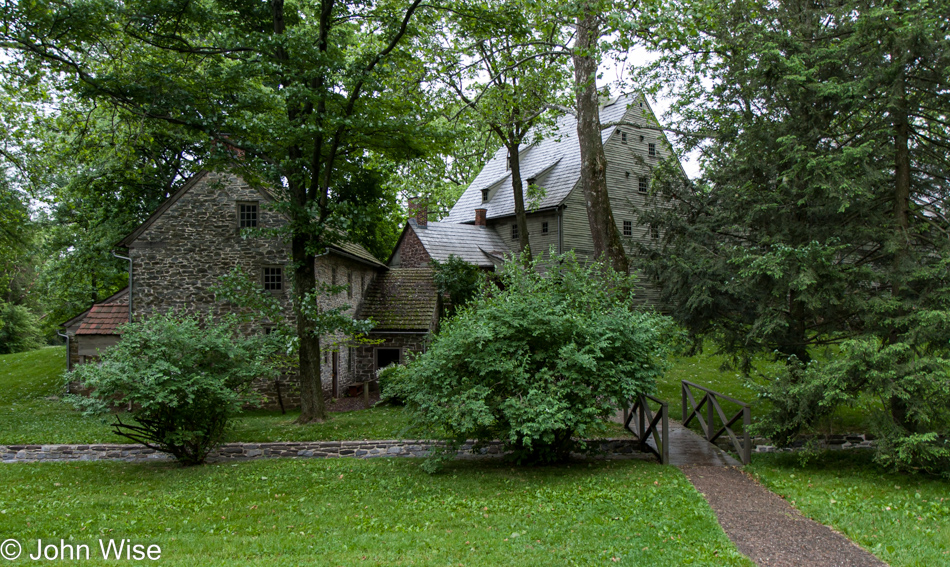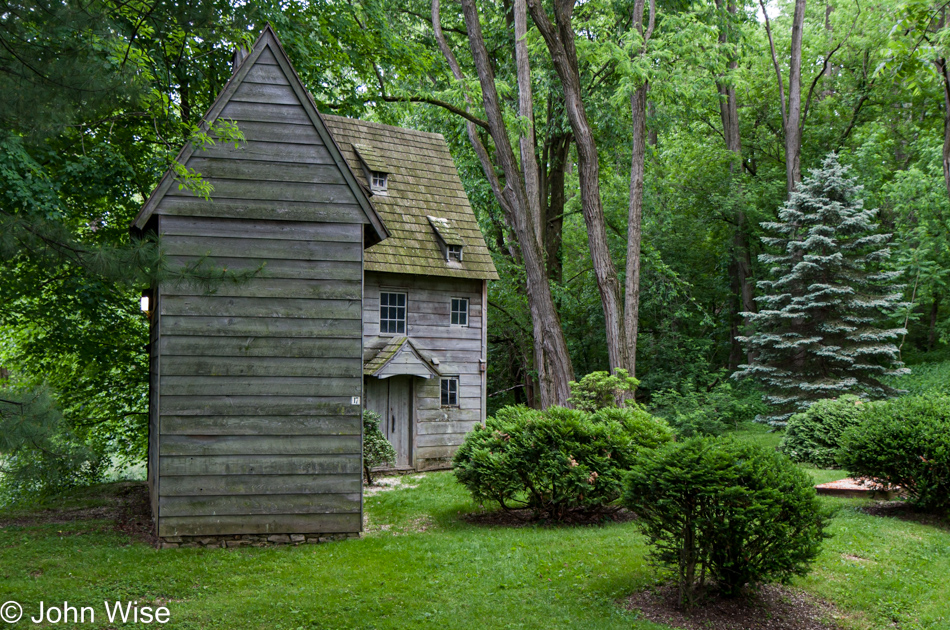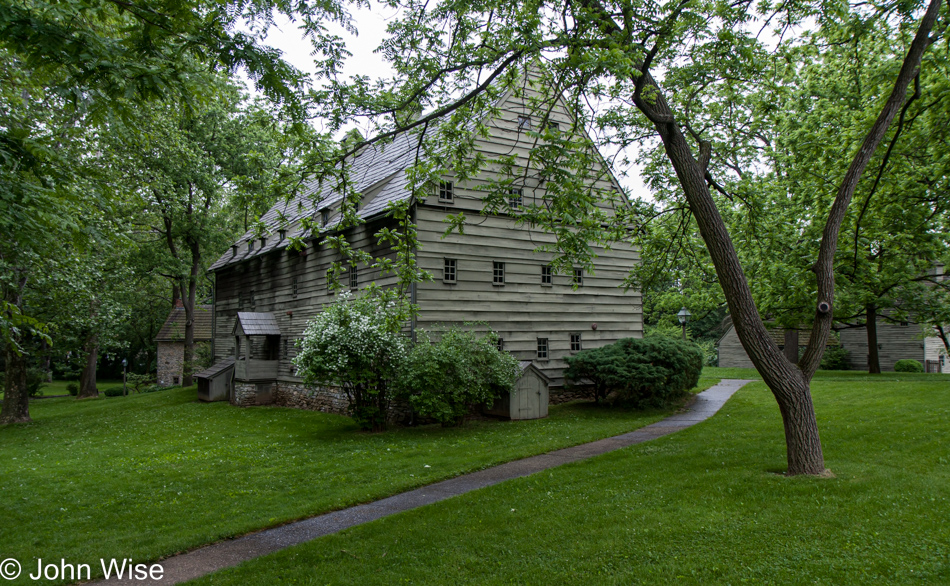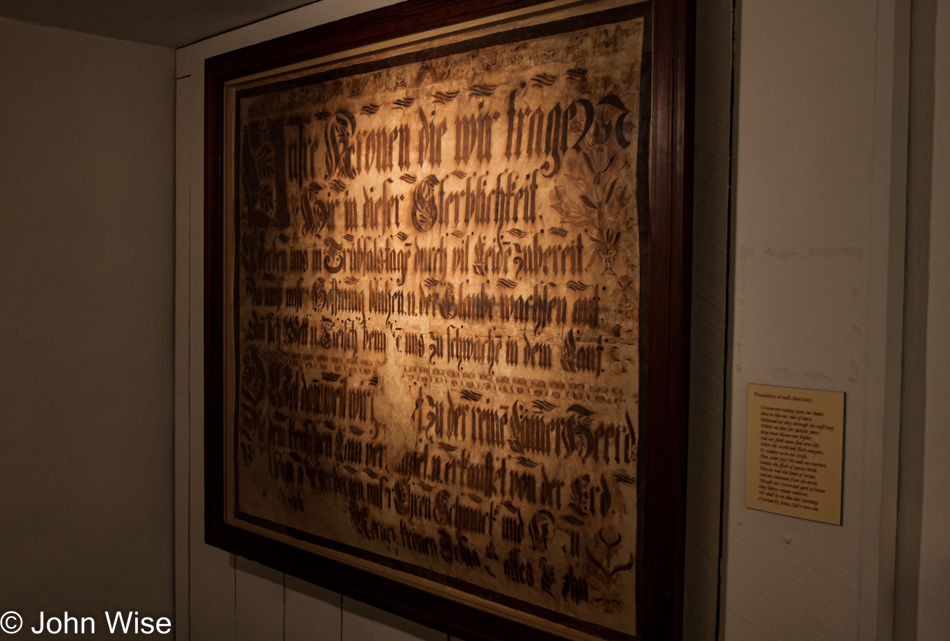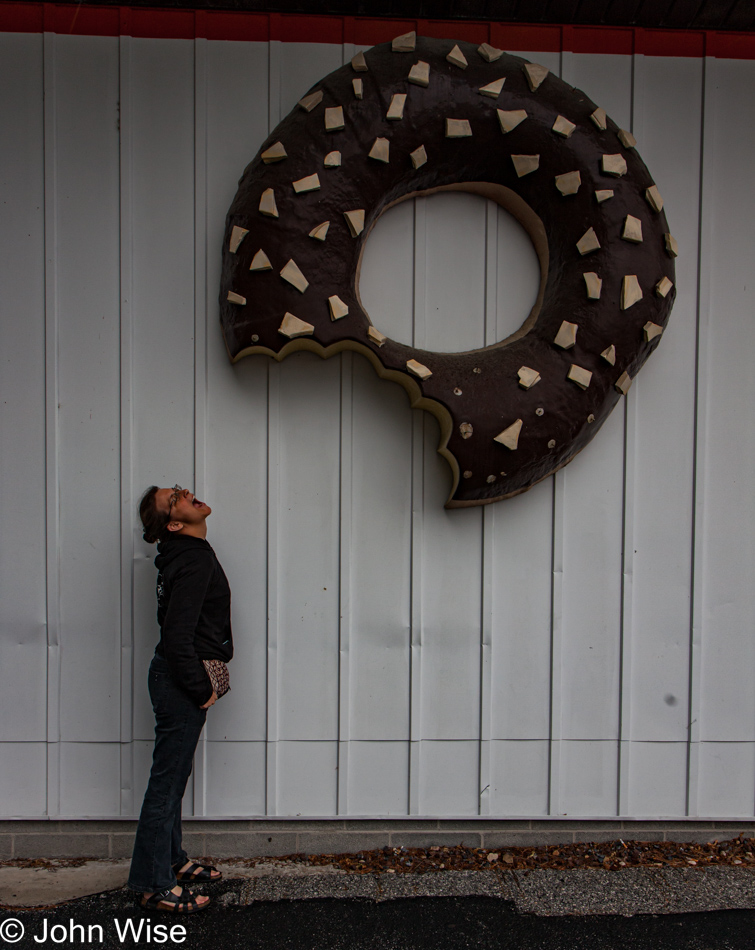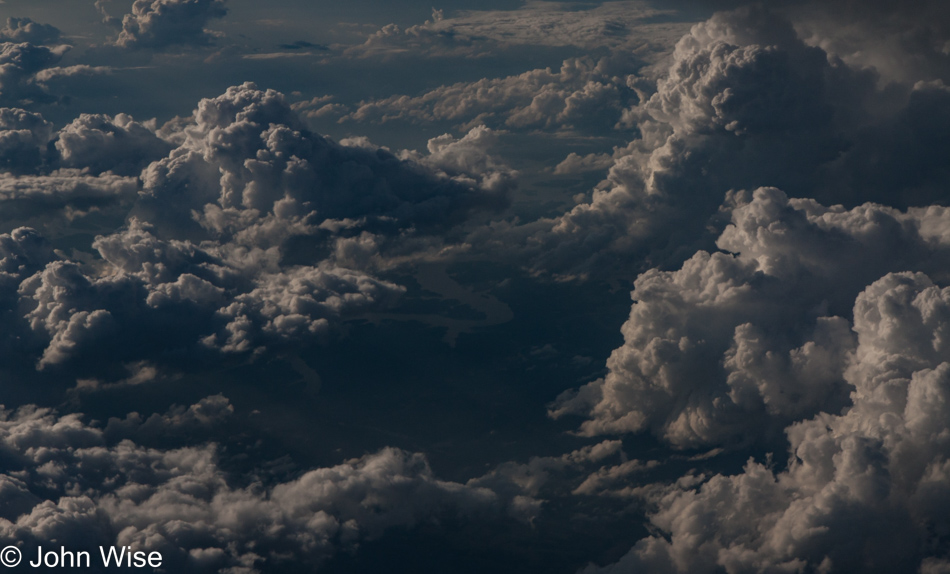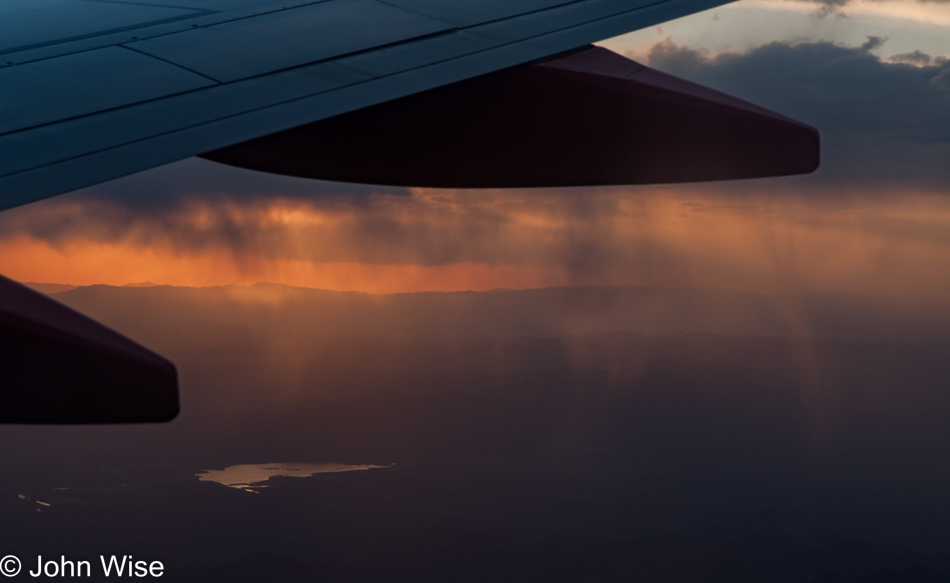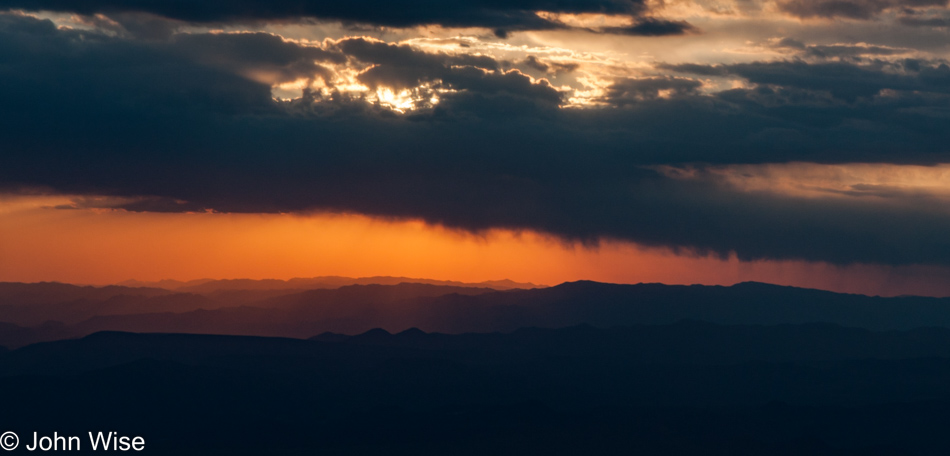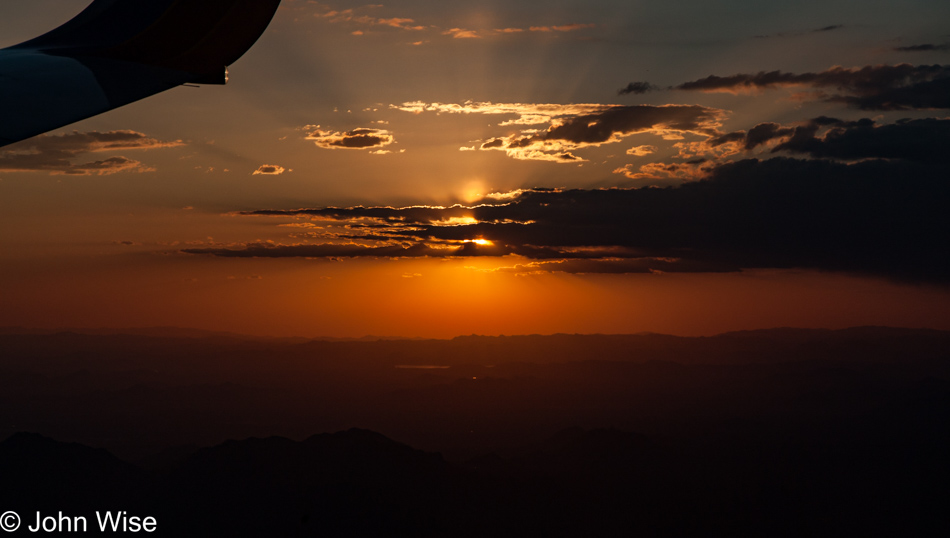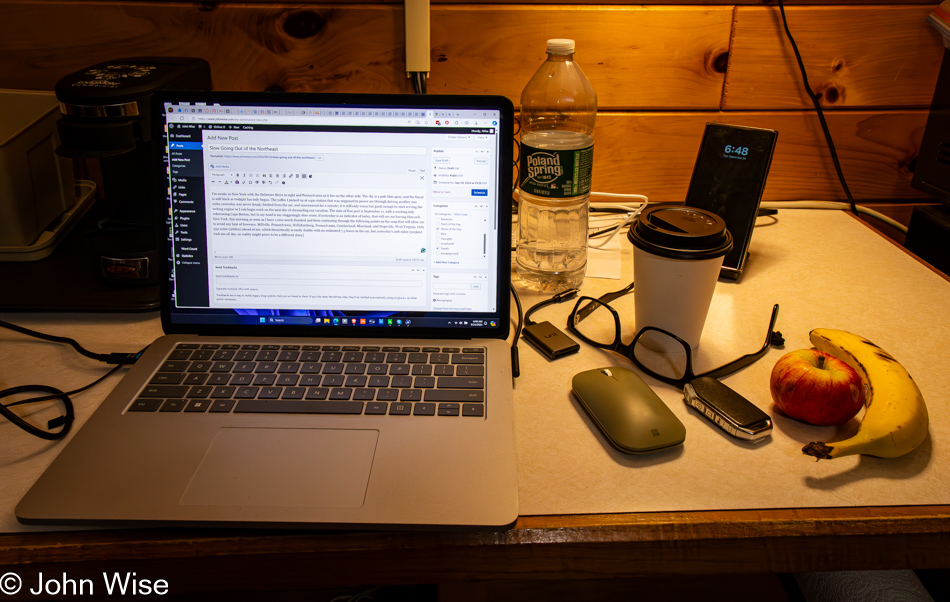
I’m awake and still in New York, with the Delaware River outside my window and Pennsylvania on the other side. The sky is a pale blue-gray above the forest that is still black as twilight has only begun. I went to the car and fetched the coffee I picked up at a gas station yesterday. It was supposed to power me through driving another 100 miles, but I didn’t drink it. I microwaved the cup for a minute so it was warm enough to start revving the writing engine so I could begin chronicling the next day of our vacation, September 11. The working title of this blog post references Cape Breton, but my mind is preoccupied with a staggeringly slow route home. If yesterday is any indicator of what today might bring, my trek out of Hancock, New York, through Millville and Hollidaysburg, Pennsylvania, toward Cumberland, Maryland, before heading to Hopeville, West Virginia, will be a slow boat that will fail to reach its harbor before midnight rolls around. Seeing that my goal is to knock out 1,000 words before I return to the car, I need to put this brief note away and jump back nearly two weeks.

Here I am again, except it’s October 18th when I finally return to write this post. Notes taken on the road tell me I left the motel at 9:30, taking PA-191 south. I also finally decided to acknowledge the 800-pound gorilla looming over the environment: the presidential election is on the horizon, and in some way, it resembles that deer on the left with its guts strewn across the highway. It’s a massacre of sanity aiming at disturbing this vast collective of idiots that is modern-day America. Speaking of idiots, I blew an opportunity that I felt would easily present itself again later in the day when, some miles further down the road, I skipped taking a photo of a campaign sign that read, “Kamala is an Idiot.” Seriously, people on the right, is this what you are stooping to? Seeing how they are plumbing these junior high antics, I half expected another sign that would have read, “Walz is a homo.” Like I said, we are a nation of idiots for playing with this kind of stupidity and not calling it out for what it is.
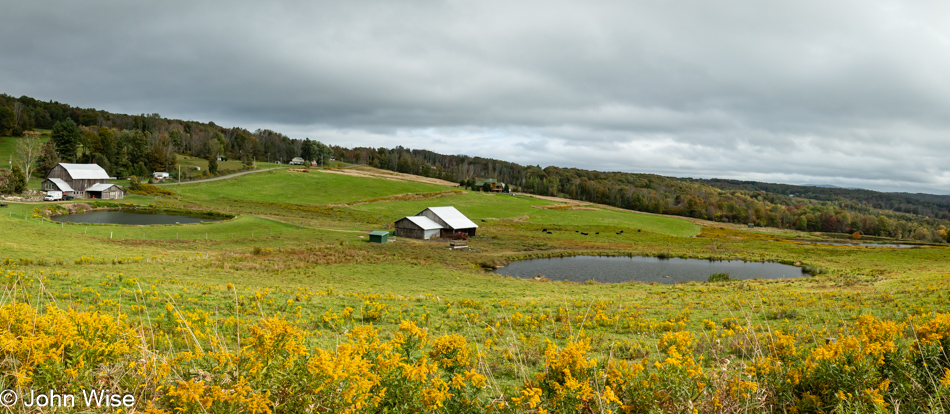
The only sun I’d see on this day was a momentary glimmer near the Elk Mountain ski area on PA-374.

Seen from a good distance away from the town of Nicholson, a giant of massive proportions appeared over the landscape: the Tunkhannock Creek Viaduct. This 2,375 feet (724 meters) long and 240 feet (73 meters) tall behemoth looks incredibly out of place when standing underneath it. It seems disproportionally large compared to the town it towers over. Almost half of the railway bridge is underground, where piers were dug down to bedrock; by total weight of steel and concrete, the bridge weighs in at 670,000,000 pounds (300,000 metric tons). When it was completed in 1915, it was the largest concrete structure in the world. Standing below it, I’d have sworn it was out of use due to the amount of crumbling concrete coming off the bridge, but it turns out that the viaduct is still in business.
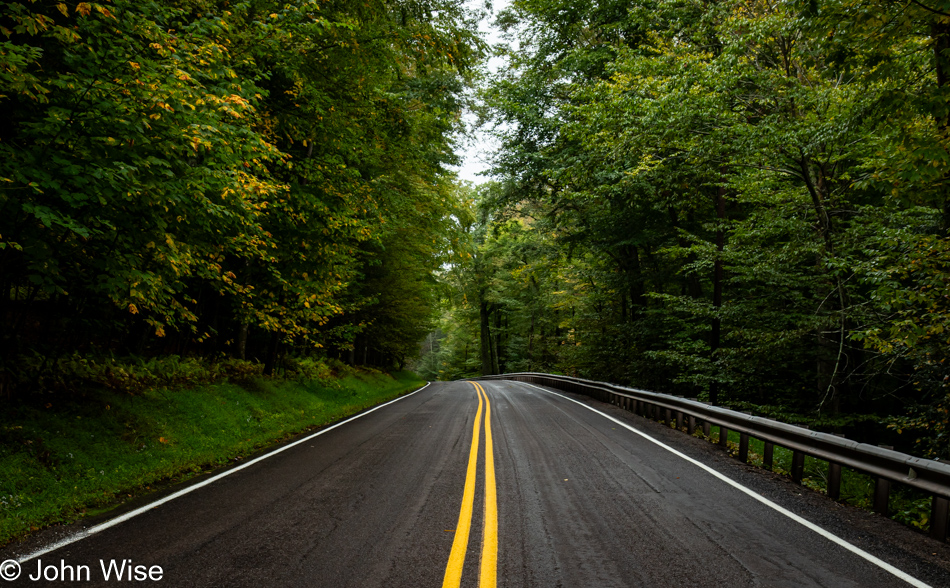
A dozen miles before reaching this stretch of tree-lined road near Noxen, Pennsylvania, I stopped in the town of Tunkhannock for coffee and found a lucky penny. Even when it’s only a penny, found money makes for a good day. It has been rather slow going, though, with only about 75 miles covered in two and a half hours of driving. Feeling like some music, I found a new Slowdive concert performed in Bilbao, Spain, during the summer, which fit the mood.

Nearly an hour later, when I was about to pass through Unityville, Pennsylvania, a small restaurant in this tiny town caught my eye. Robin’s Cozy Nest Cafe is as local as it gets, which is what one should expect when so far away from everything. Everyone in the place knew each other; I was the only stranger among the nine of us here for lunch. Feeling like the odd person out, the characters on hand were worth every moment of listening to. I didn’t have a choice either, because though I was hoping to get some writing in, there was no internet or phone service, for that matter, a subject being talked about by the people in the cafe. It turned out they had the same problems at home with limited and sporadic service, for which they were upset about paying. Culturally, I felt a thousand miles away from almost anything I’m familiar with, but I’d return in a second if I could eat there again. Something overheard while eating, “I don’t need any more cups; I have cups up the gazoo.” Sorry that it is out of context, but it wouldn’t matter if you knew more; you needed to be there.
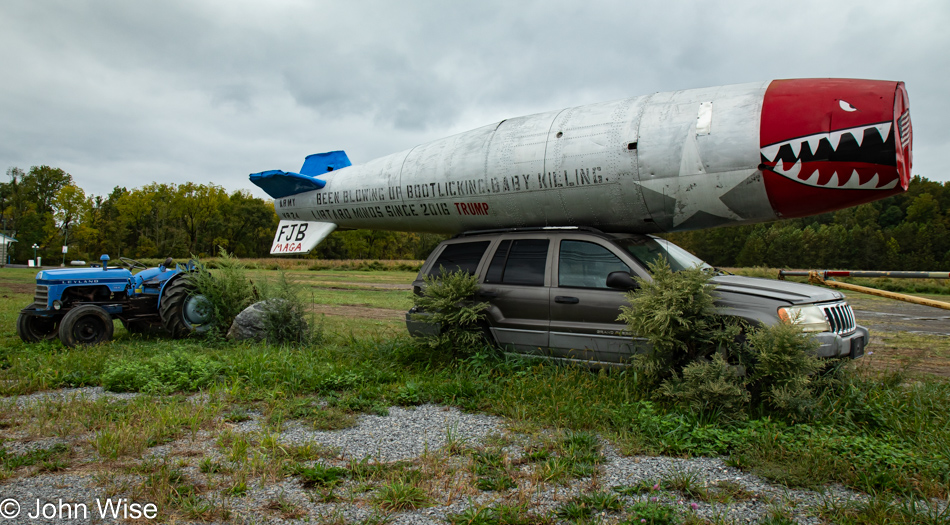
I can’t say I’ve ever seen a billboard like this bomb-like-looking appendage fixed atop a broken Jeep. The text stenciled on the bomb reads, “Been blowing up bootlicking baby killing libtard minds since 2016,” with attribution given to Donald Trump.

I’ve been thinking about something Caroline said earlier that was loaded with sweetness and understanding. I was lamenting my driving progress and told her that at my present pace, it would take me two weeks to get home. Without pause, she said, “I’ll still be here.” She didn’t tell me to hurry up or that I should jump on the freeways; she reassured me that she’d be patiently waiting for my return. It’s been touching my heart the entire first part of the day.

In Rebersburg, Pennsylvania, I saw another abandoned home that drew my curiosity, but upon my approach, I had second thoughts. Through the window on the left, the room had three or four large chest freezers, all of them closed tightly. While I couldn’t smell anything untoward, my imagination took the creepy route, telling me that there were bodies in them. I didn’t make it past the front door.

I may be out in the middle of nowhere, but when I find cellphone signal, it’s either time for a quick text, or if I’m lucky and Caroline has a moment, we talk on the phone, and it was on a call with Caroline plotting on the map where I was that she found that I could change my route a small bit and end up in Hancock, Maryland. I, too, thought this potential nerdy coincidence of possibly staying in the same city name in a different state was somehow appealing, so my direction was altered, and now I’m on my way to parallel-universe Hancock.
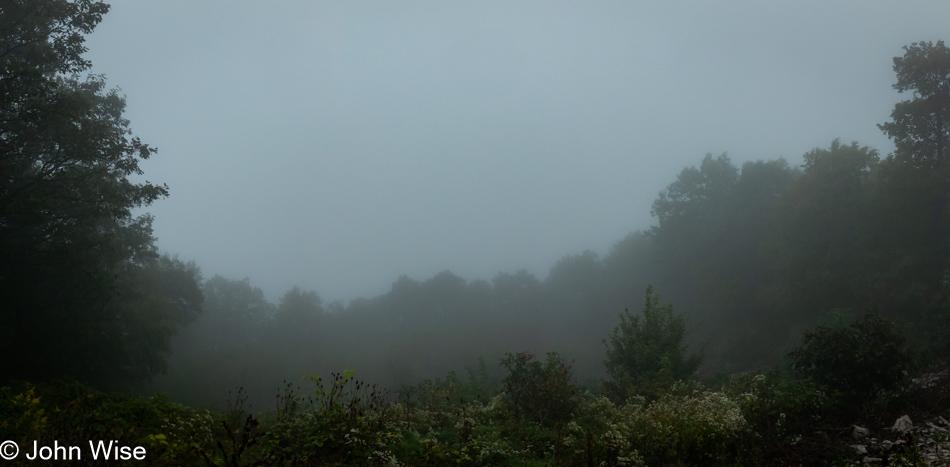
Twenty-five years ago, when Caroline and I began our wanderings of the American countryside, the majority of signs across the rural landscape were for local football, graduating classes, school dances, birthdays, upcoming marriages, and yard sales. Today, the signs reflect our political divide, rage, and desire to insult one another while our local teams, lovers, and recent grads are neglected in the fog of bickering.

Yet, most everything is the same as it’s always been. Teens transitioning to adulthood and considering careers or college, young couples looking to tie the knot, rivers flow, trees are green, and roads allow us to go places, be it on vacation, visiting friends or family, or pulling up roots and going somewhere new. But, somehow, this is now in turmoil as we are about to lose it all to one side of the debate or the other. America, you’ve grown stupid with your inability to see how you have it all, though I can realize that you changed your gaze from the relative prosperity you share being a part of the United States to a mental illness induced by the poisoning effect of your consumption of anxiety-inducing drivel masquerading as intensely important shit. But that’s just it: what is flowing through your head is shit, and you cannot see the forest for the trees because you got stuck in the grotesque details of nonsense, afraid to see the big picture. We’ve normalized madness, which can only be good for the business of alcohol abuse, therapy, pharmaceuticals, marijuana, man caves, preppers awaiting the apocalypse, and everything else that feeds that machine. As for me, I’ll keep my down in the sand, which is why I live in the desert, and continue this delusional lie of a life where things are a constant celebration. And if my ignorance of the real truth irks you, you might be too invested in outcomes that have nothing to do with you.
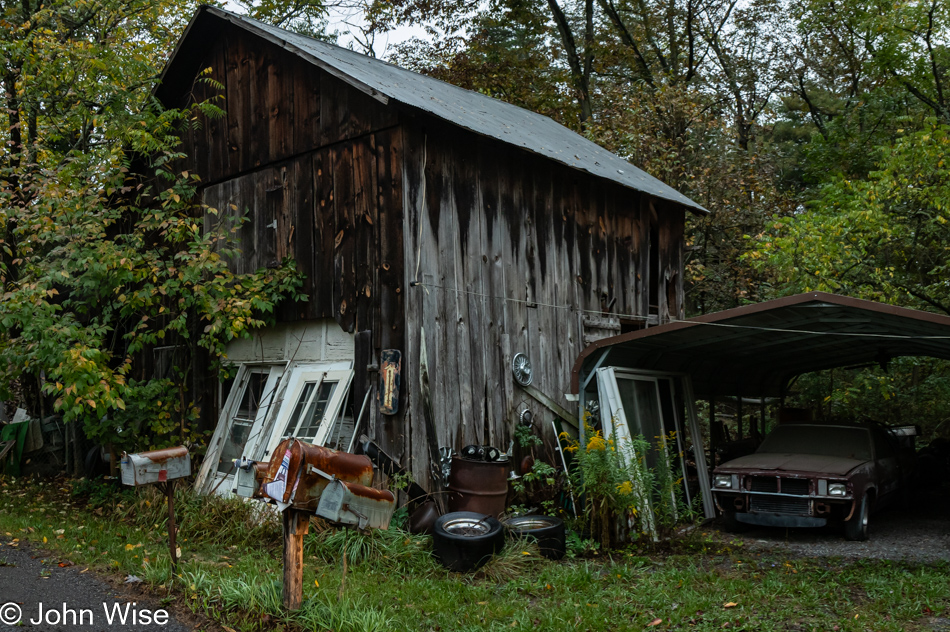
You might rush to the thought, “Ha, John, I’ve caught you in a contradiction!” That wouldn’t be difficult, nor would it be the first time I’ve made that kind of transgression, but maybe you can try to understand that my interest in outcomes, not my own, has to do with the fact that when populations fall off the rail, this indulgent life of exploring two-lane roads, thrombolites, various flavors of soft serve, apple trees, sagging motel beds, extraordinary sunrises over the sea, and rusty mailboxes would be put on hold or possibly extinguished. So, I’m selfish and enjoy the freedom and benefits of life in America, where the stability of systems allows forays into ourselves and our potential. If America loses all faith in its foundation and moves to dissolve it with a reset that will restore an order loosely defined by megalomaniacs dressed in billionaires’ clothing, these hucksters will continue to fleece you with a bridge to nowhere that promises to bring you down the yellow-brick road of your dreams. On second thought, maybe the anger is being mustered for ridding our country of this type of thinking, just as Russia purges its population of disillusioned citizens by sending them off to die and be wounded in Ukraine so the survivors can have a better appreciation of what they have. Russia has sacrificed 115,000 men to die fighting with over 500,000 wounded soldiers limping home; maybe if the U.S. were to rid itself of 250,000 of the most unhappy, angry men and then bring home a million wounded soldiers, we’d realize that some dysfunction is better than the brutal insanity that arrives with war.
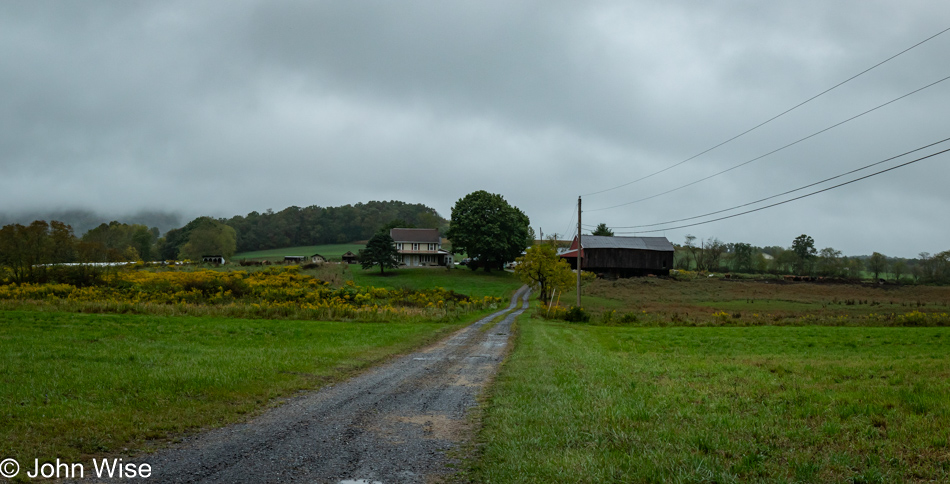
Looking out on this farm, I’m reminded of our trip across areas of the former Yugoslavia where rural areas still show the damage of war with buildings unrepaired 30 years later due to the former inhabitants not having the financial means to put their lives back together. I’m certain that Gaza and parts of Syria, Libya, and Iraq will never thrive again in my lifetime due to conflicts that occurred on their soil, but to listen to the anger across this country, one couldn’t be faulted for thinking that there’s a faction who’s desire is to see a conflagration that would rid the United States of everything their paranoid minds believe is destroying the fabric of America. Meanwhile, I’ve traveled nearly 10,000 miles across North America, witnessing abundance, convenience, and prosperity nearly everywhere I’ve gone, all that and a lot of corn.

While I’ve never taken to loose-leaf chewing tobacco, I certainly appreciate the old advertising campaign for Mail Pouch Tobacco that offered farmers the paint for their barns in exchange for the billboard space. But then, in 1965, with the Highway Beautification Act, the practice ended, and now those signs that remain from the approximately 20,000 that once dotted the landscape across 22 states are fading fast. This is quite telling because billboards never went away, but when they could be monopolized by larger corporate interests with state and local municipalities taking an active role, the monthly income and licensing rights were able to be turned into recurring taxes and income. Come to think about it, this was probably a good thing, as who would want to read “Fuck Biden – And Fuck You For Voting For Him” for the next 100 years on the side of a barn?
I made it to Hancock, Maryland, staying at the Potomac River Motel. So you can learn from my lesson: traveling on Tuesdays to Hancock ensures you will either go to sleep hungry or have to choose between Pizza Hut, Hardees, or Subway for dinner, which are not choices; they are punishments for your sins.
